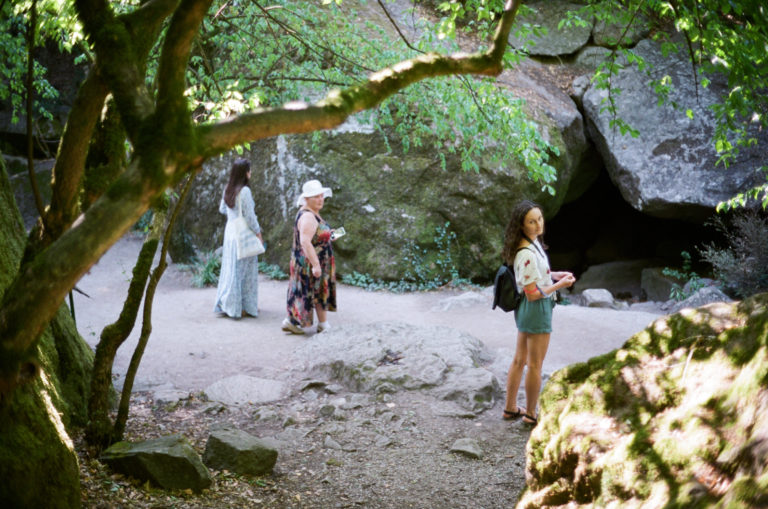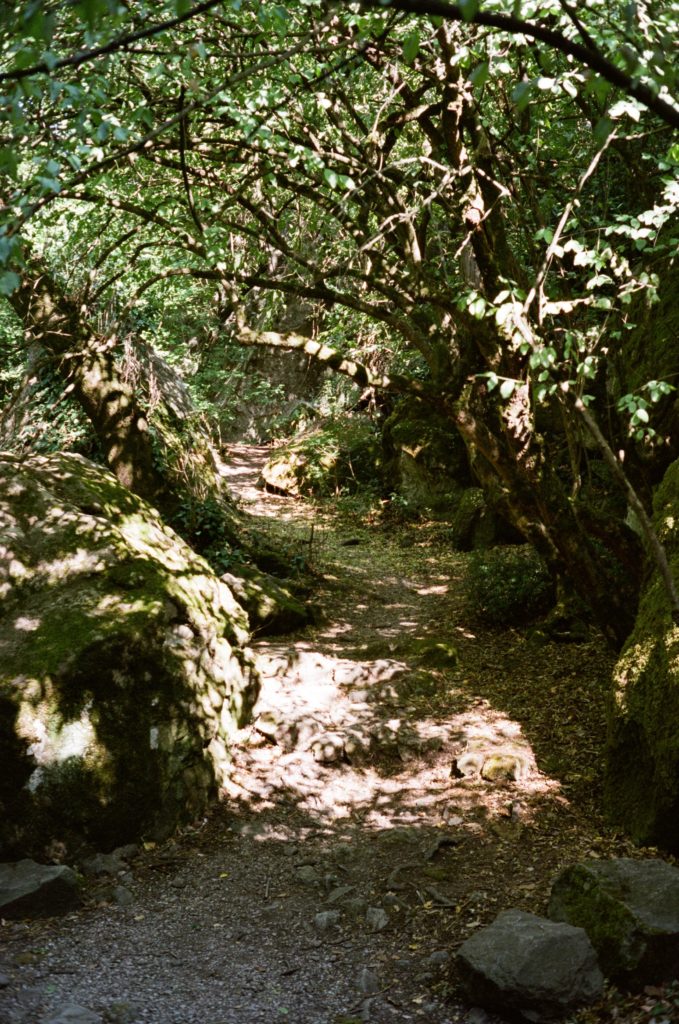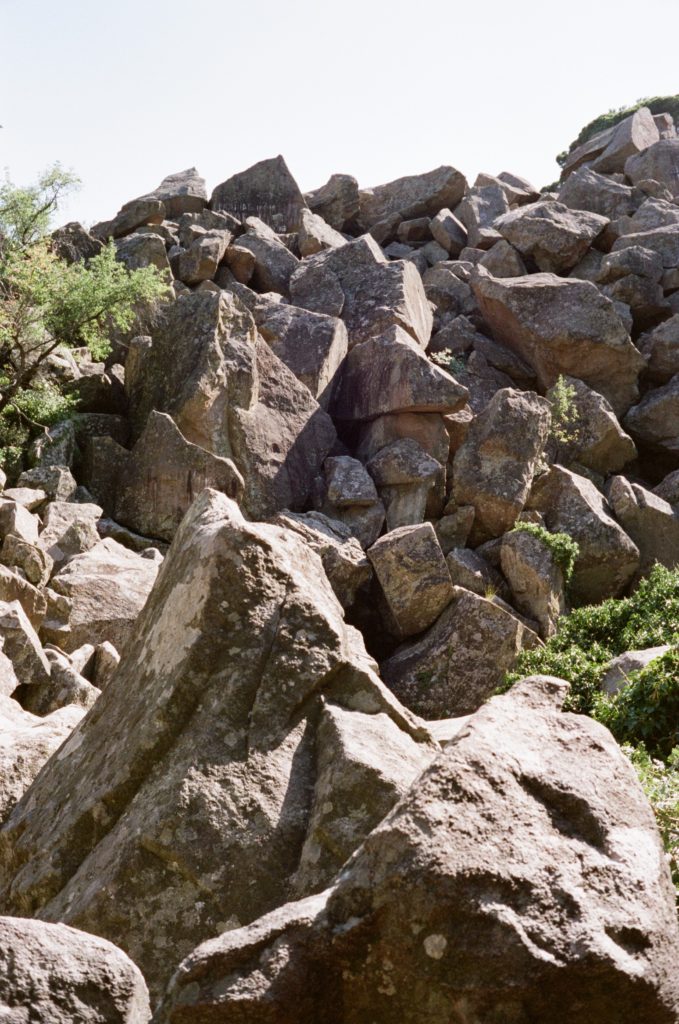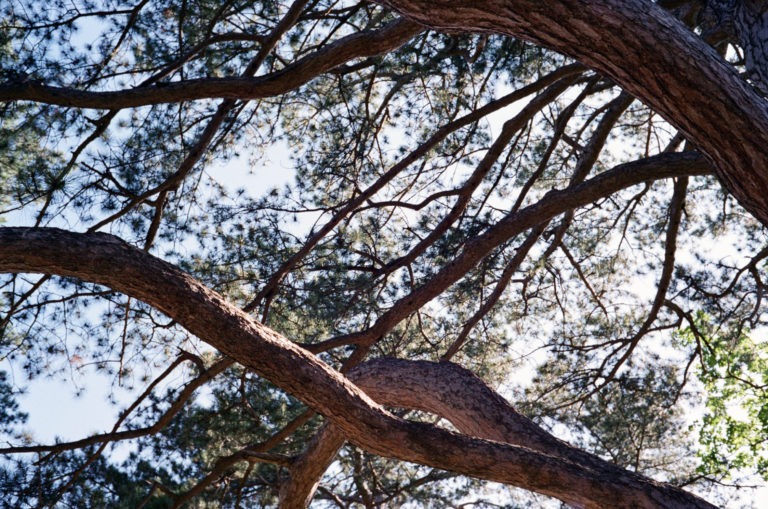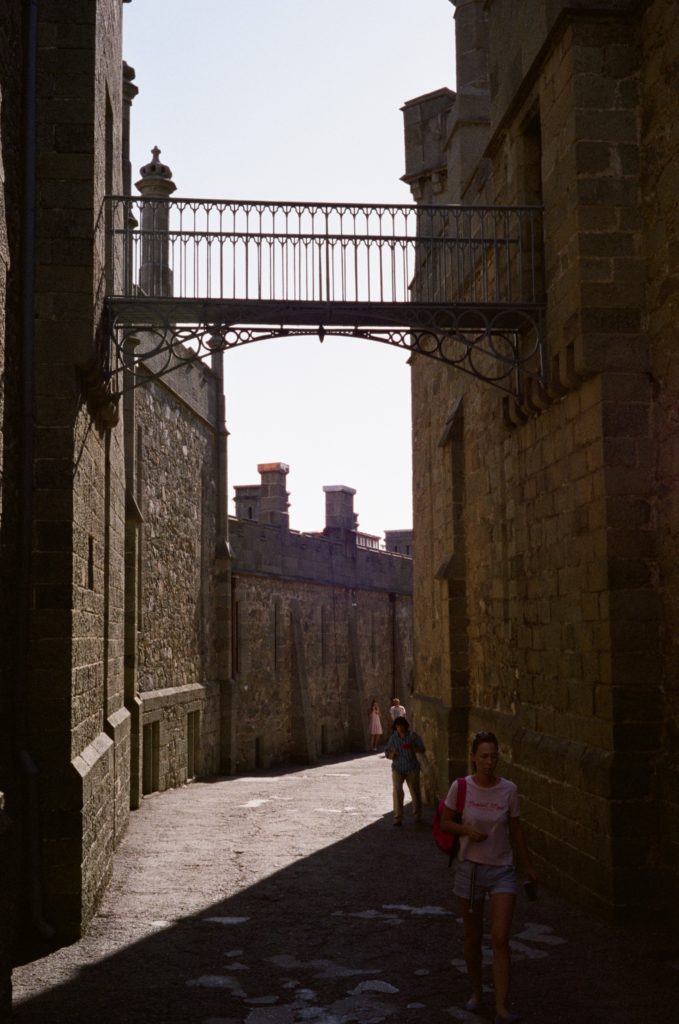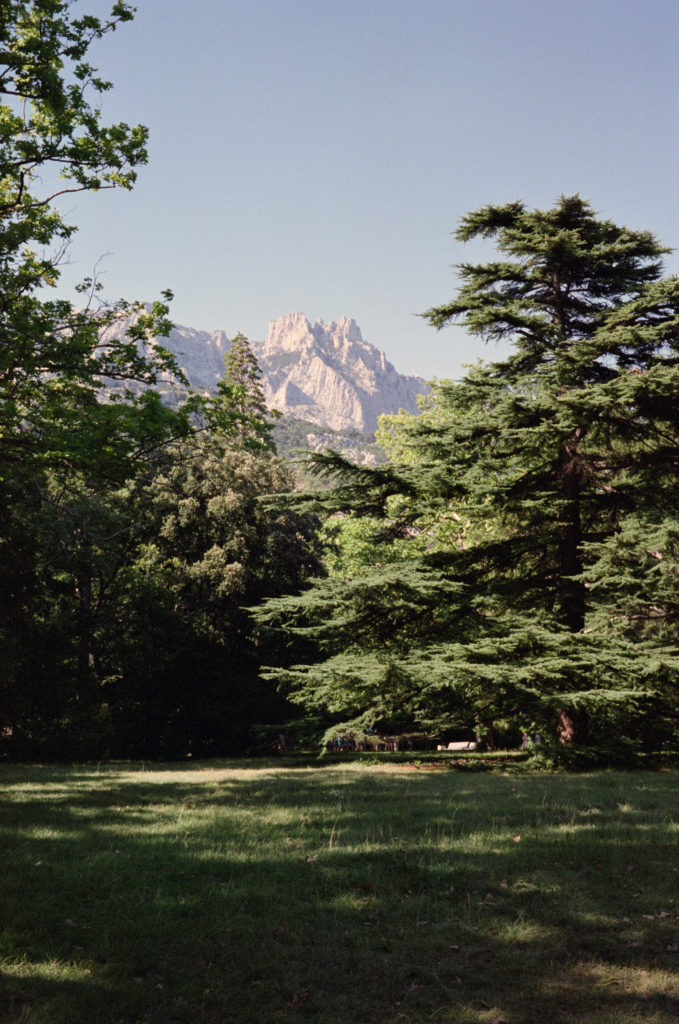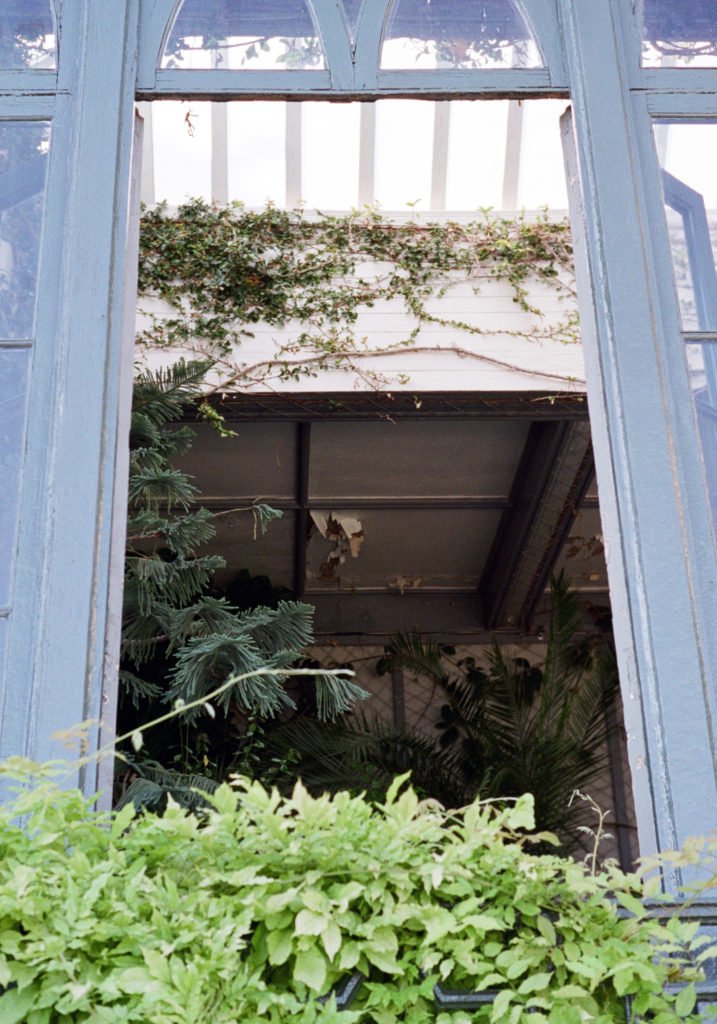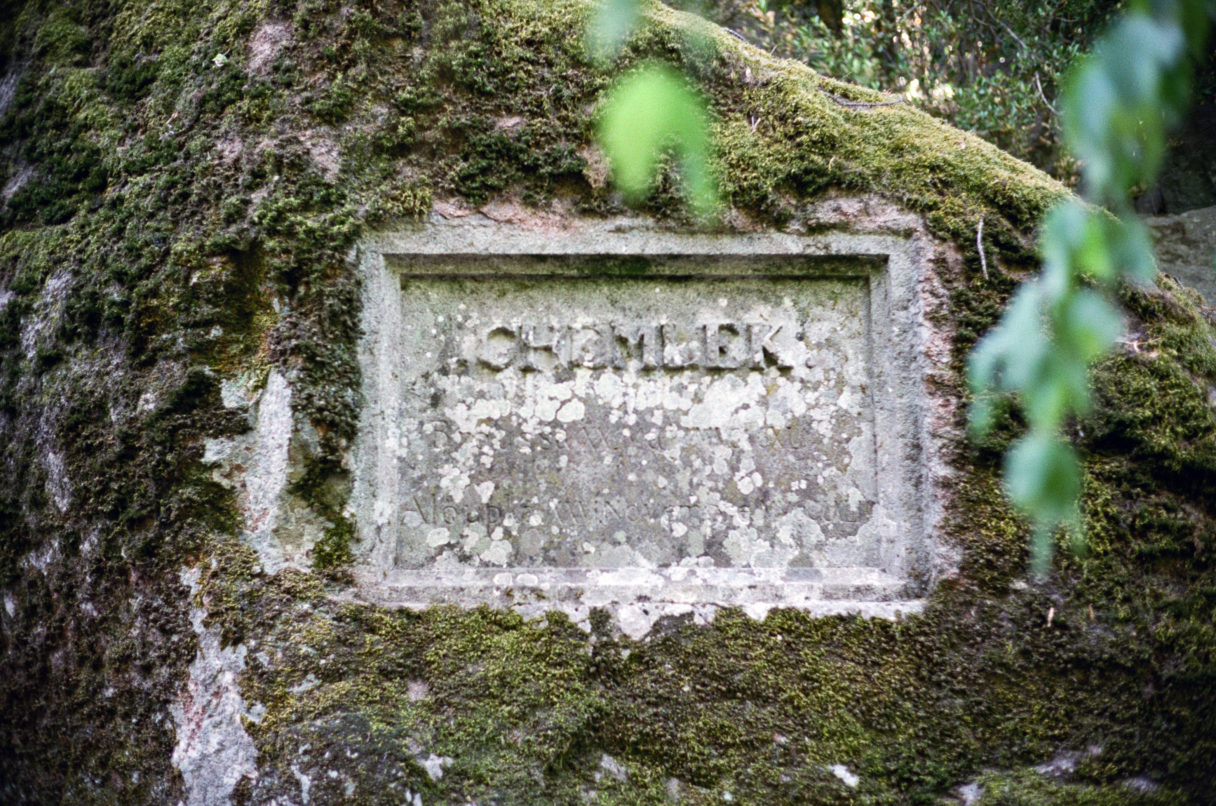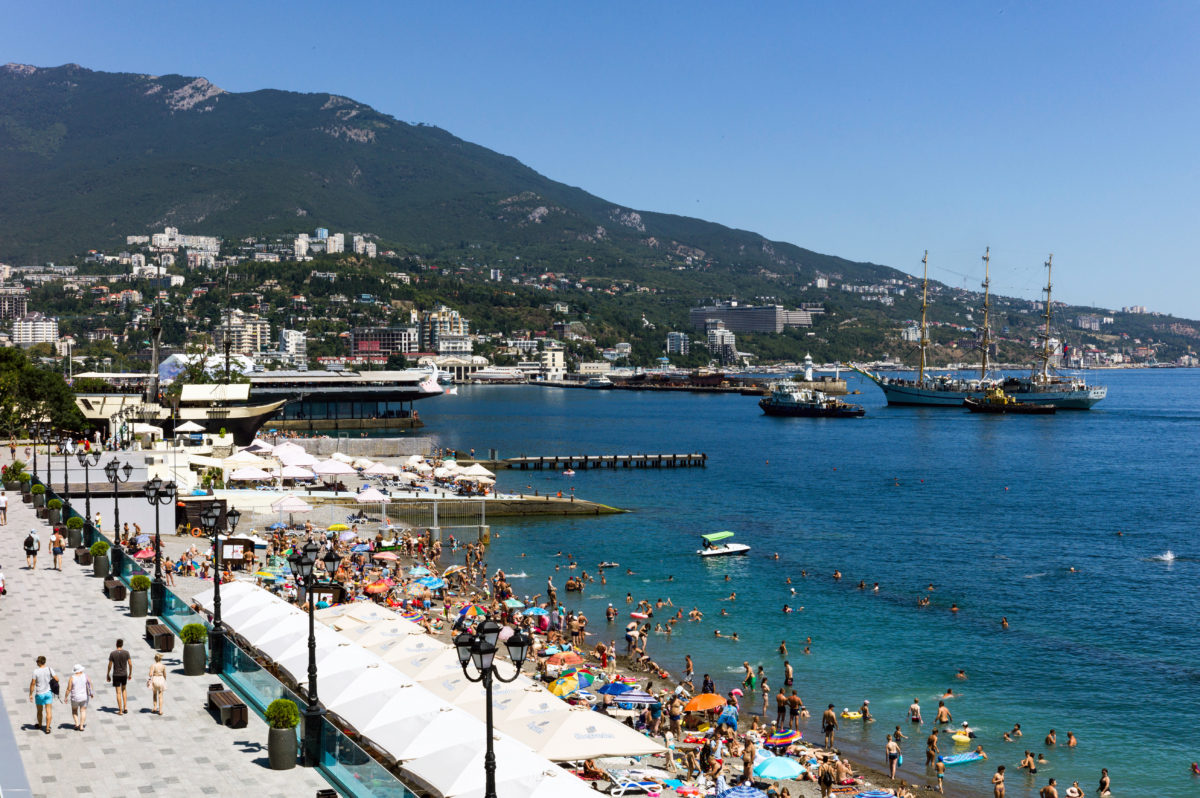Yalta is a small resort town. The city was founded by the Greeks before the current era, but unfortunately, after the invasion of the Tatars Greek buildings did not survive, as did the Greeks themselves.
And later Crimea was annexed by the Russia Empire. After it, Yalta began to turn into a resting place for noblemen in the 19th century. In those days, luxurious palaces appeared in the neighborhood of Yalta: Livadia, Vorontsovsky and Massandra palaces, as well as the Yusupov Palace, Dulber Palace, Countess Panin’s Palace and of course the romantic Swallow’s Nest castle. The last one was wooden for a long time and only at the beginning of the 20th century it turned from an ugly duckling into a swan, or rather, into a Swallow.
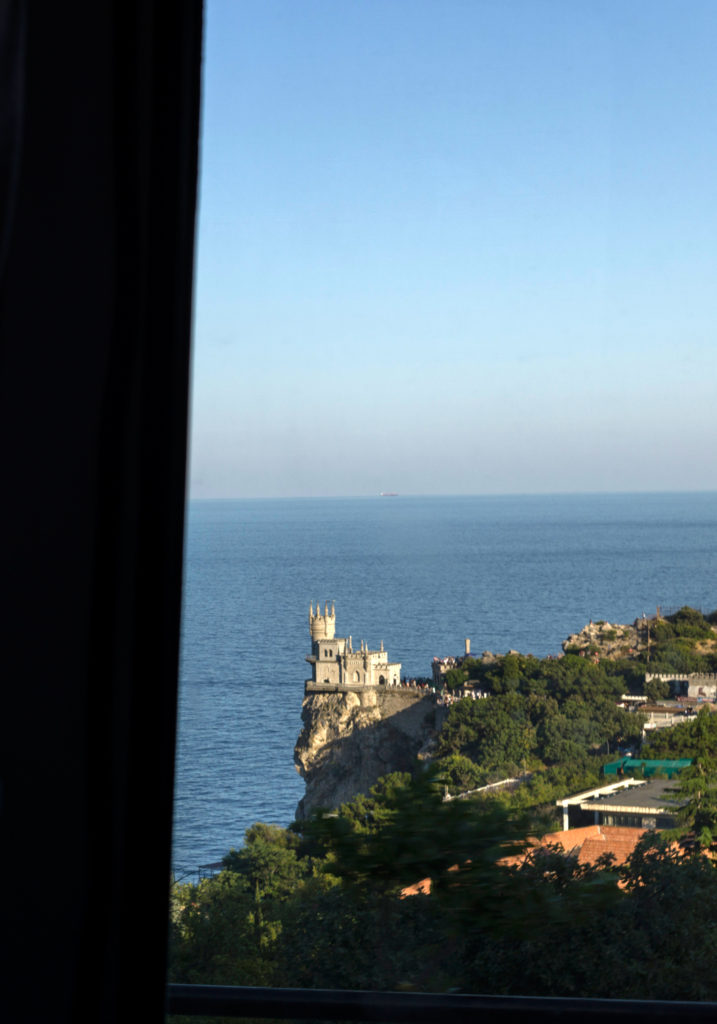
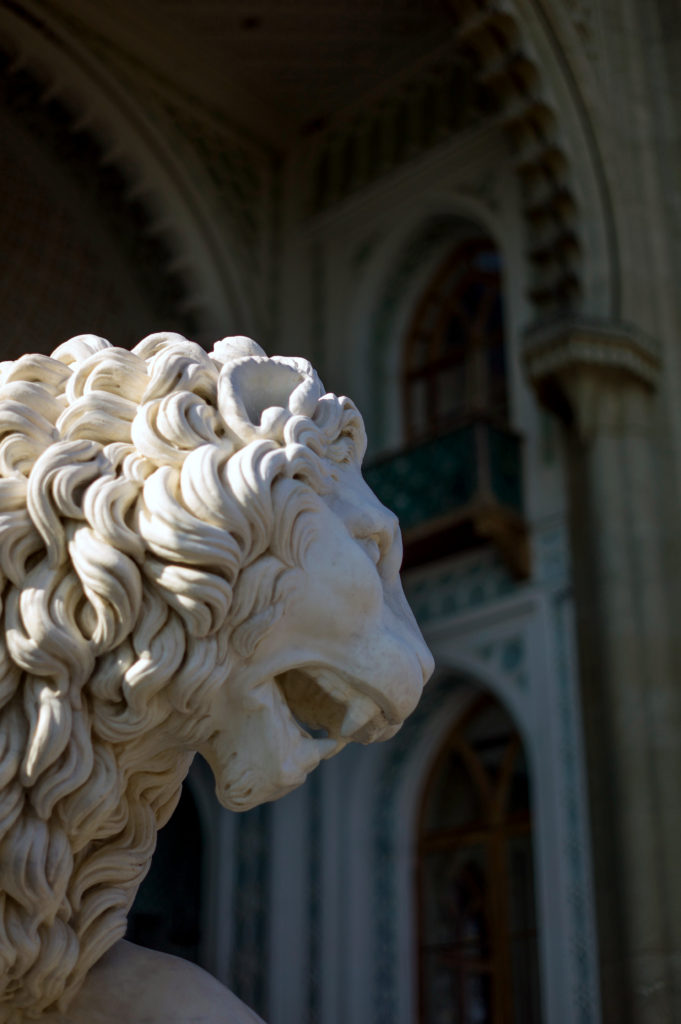
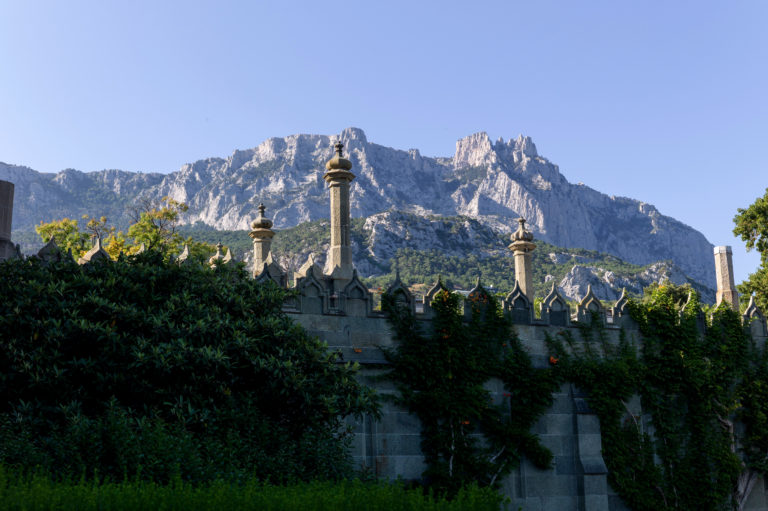
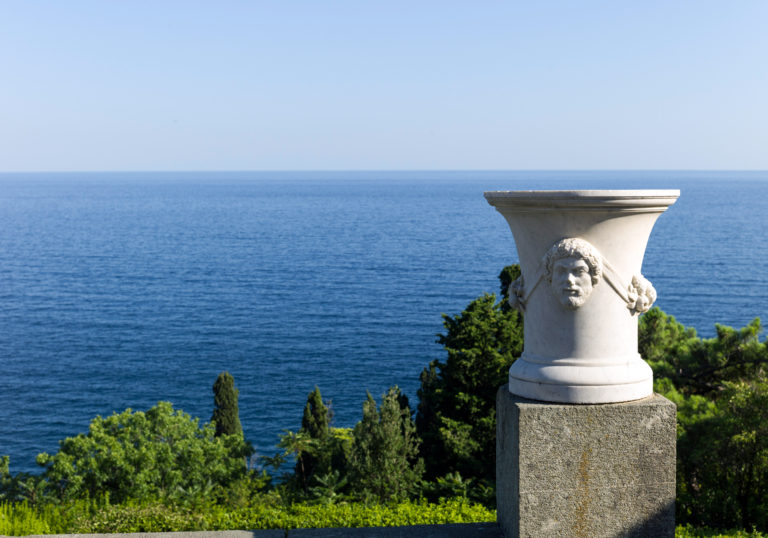
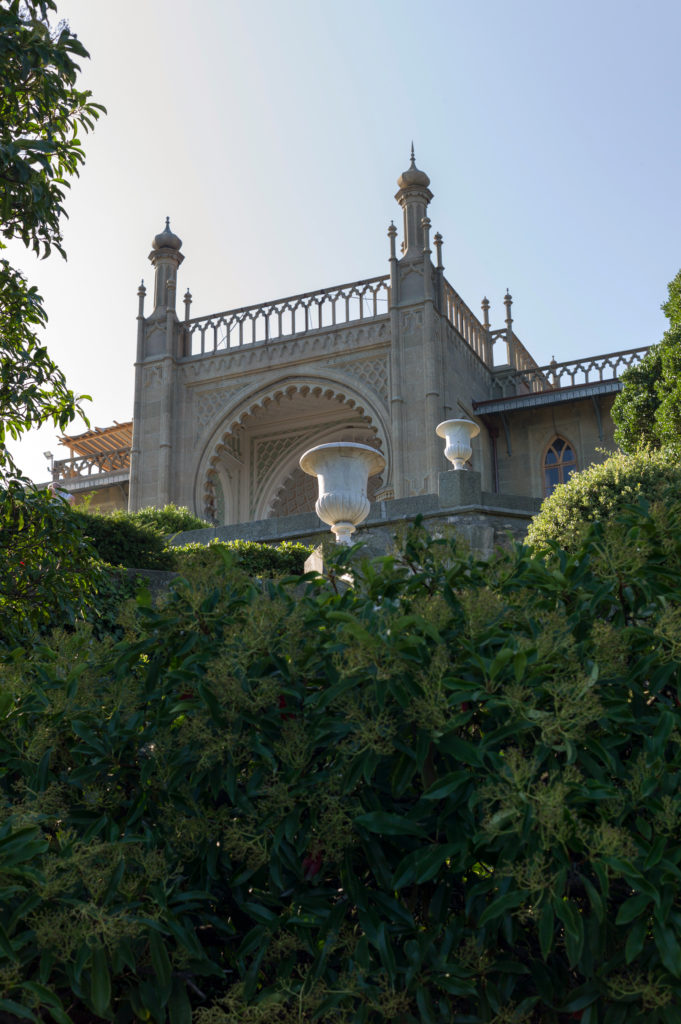
By the end of the 19th century a winery with an extensive network of wine cellars appeared on the side of the mountain near Yalta (neighborhood village – Massandra). Today, the wine cellars contain the world’s largest collection of wines. Massandra winery also make my favorite fortified wine – Jerez Massandra. This wine is made from grape varieties: Albillo, Verdello and Cersial. This grapes brought from Spain, but now growing in Crimea.
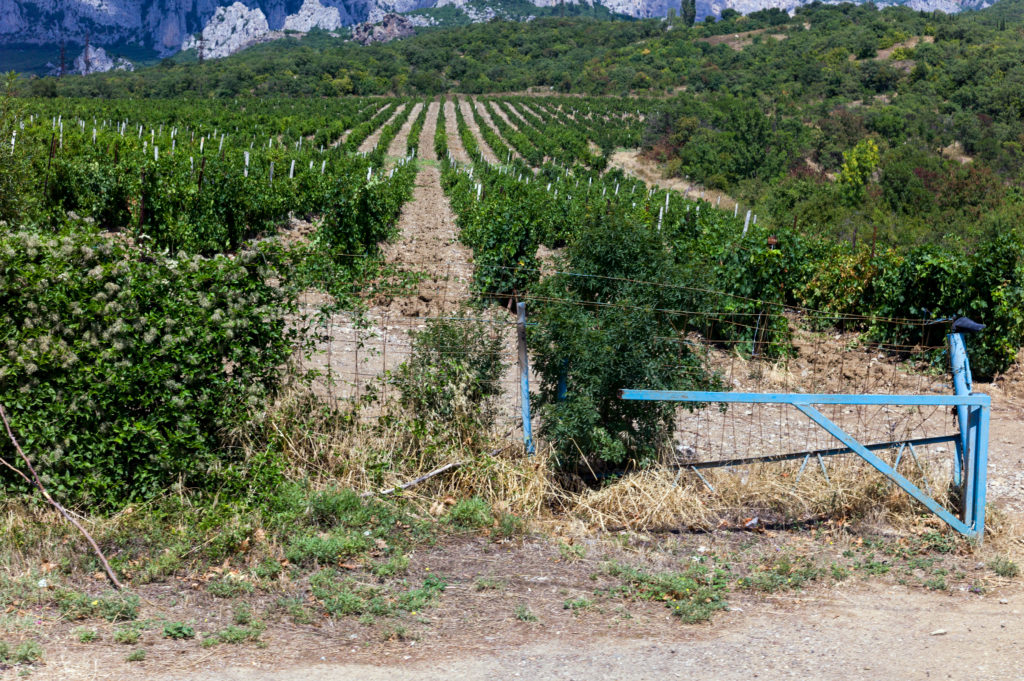
Yalta was the last stronghold of the white army during the Civil War, the last ships with white emigrants left this place. In fact, I have no particular illusions about the commander of the white army in Crimea – Baron Wrangel. As far as I know, he concluded an unconscionable dealing with the French: he promised to give Russian lands, factories, and steamboats.
My ancestors were Cossacks and for the most part were known Cossacks to be against the Bolsheviks and generally considered themselves superior to the peasants, and some even imagined themselves to be a separate nation … My great-grandfathers chose a different path – the path with our people. I want to focus on the fact that the Cossack is not a nationality, but an estate – the same as the nobility or merchants. After the revolution, Crimea and in particular Yalta became a resting place for ordinary people (especially workers) from the health resort of princes and nobles.
In the 20th century Yalta was turned to a resort for workers. Near the city located the famous children’s camp – Artek. For a long time Yalta remained the most famous and best vacation spot in the Union.
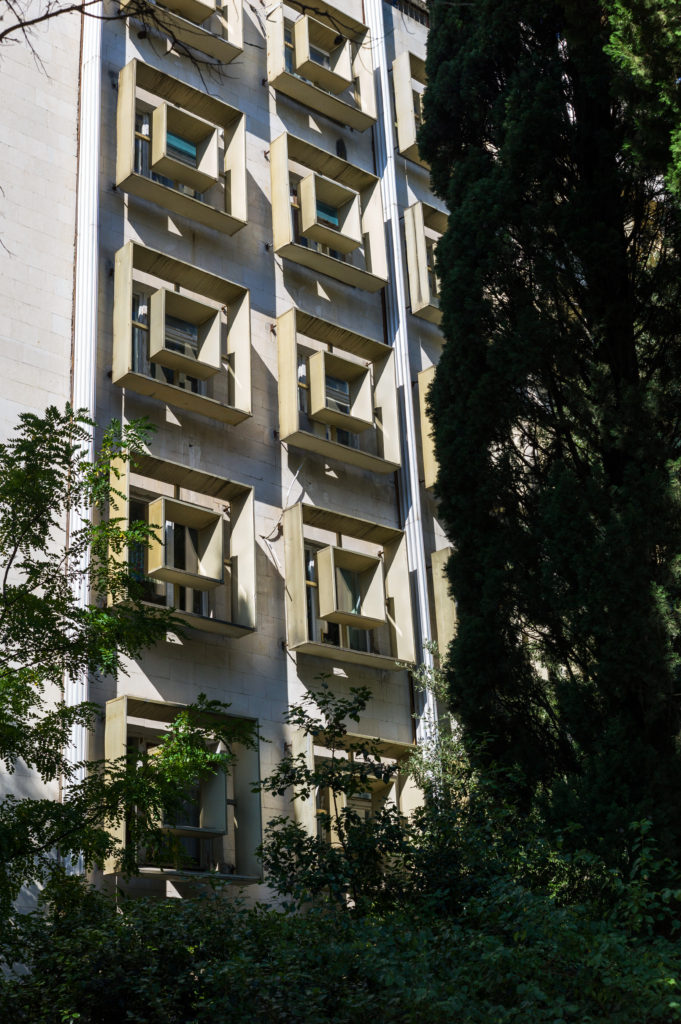
Unfortunately, today Yalta is a modest coastal town with a poor people and poor infrastructure. Both parks and some places with their post-apocalyptic views can compete with Pripyat.
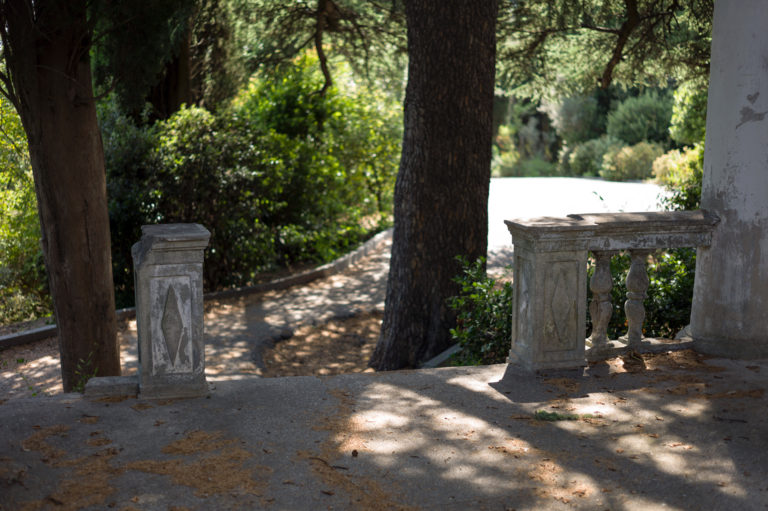
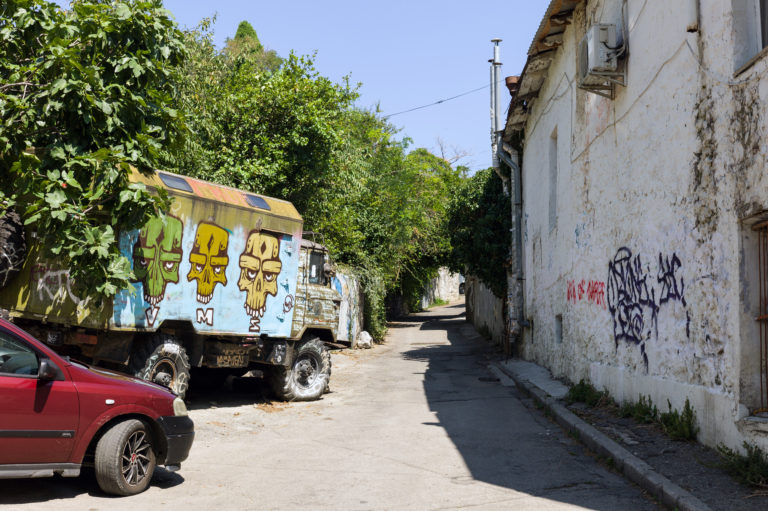
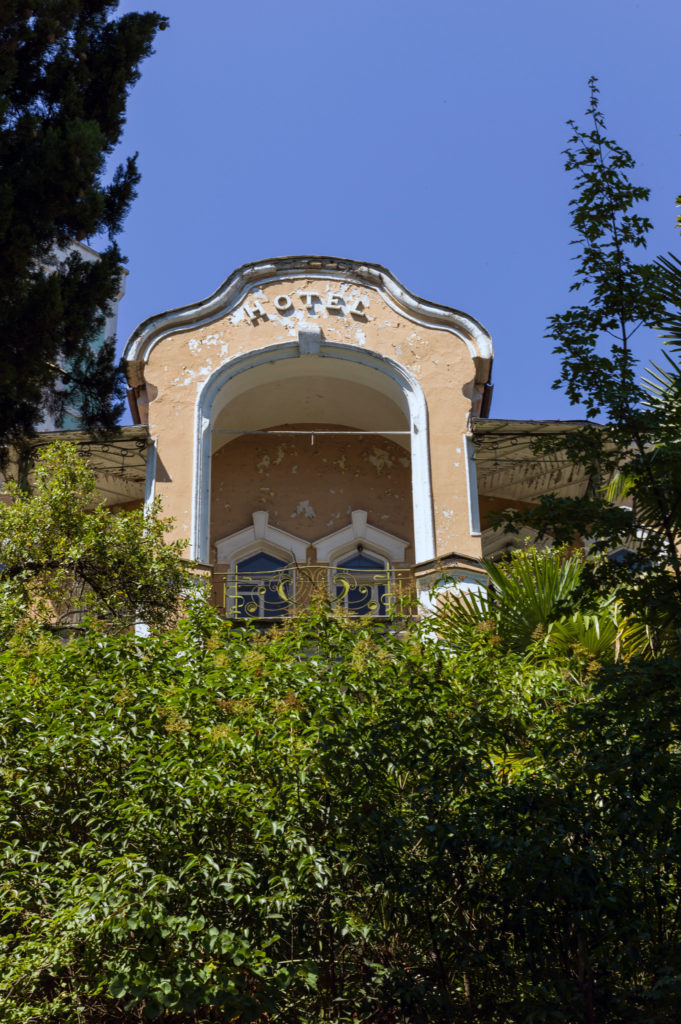
Pieces of the past still delight the eyes, it now and then appearing in the streets. In my heart live the hope for their salvation is burning. Fortunately, the Massandra winery is fully operational. The legacy of the USSR in its vitality and influence can compete with the legacy of the Roman Empire.
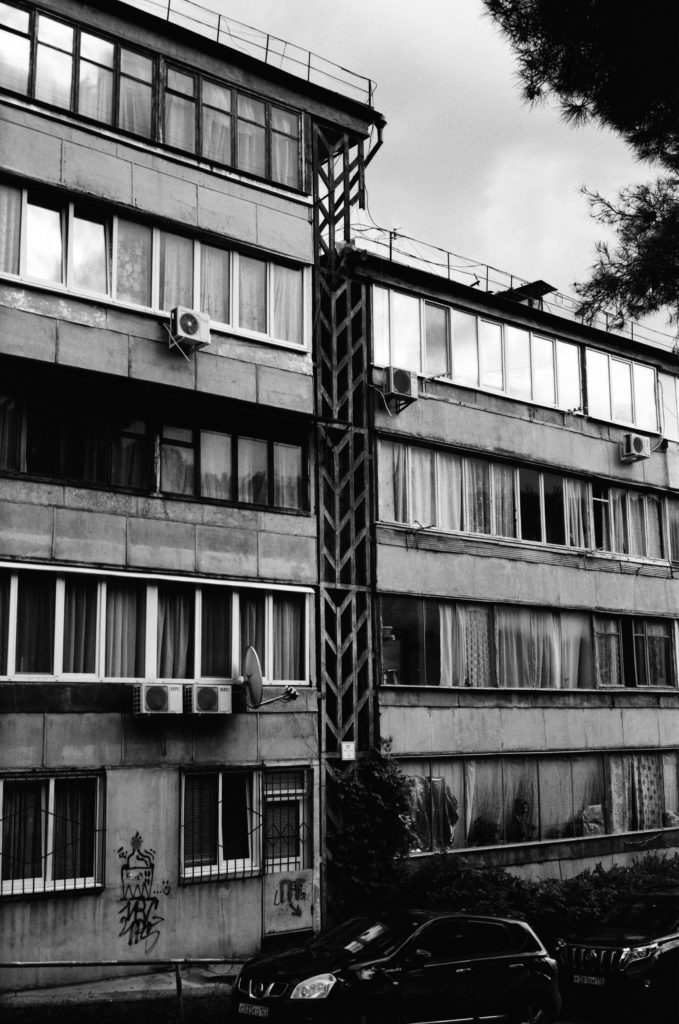
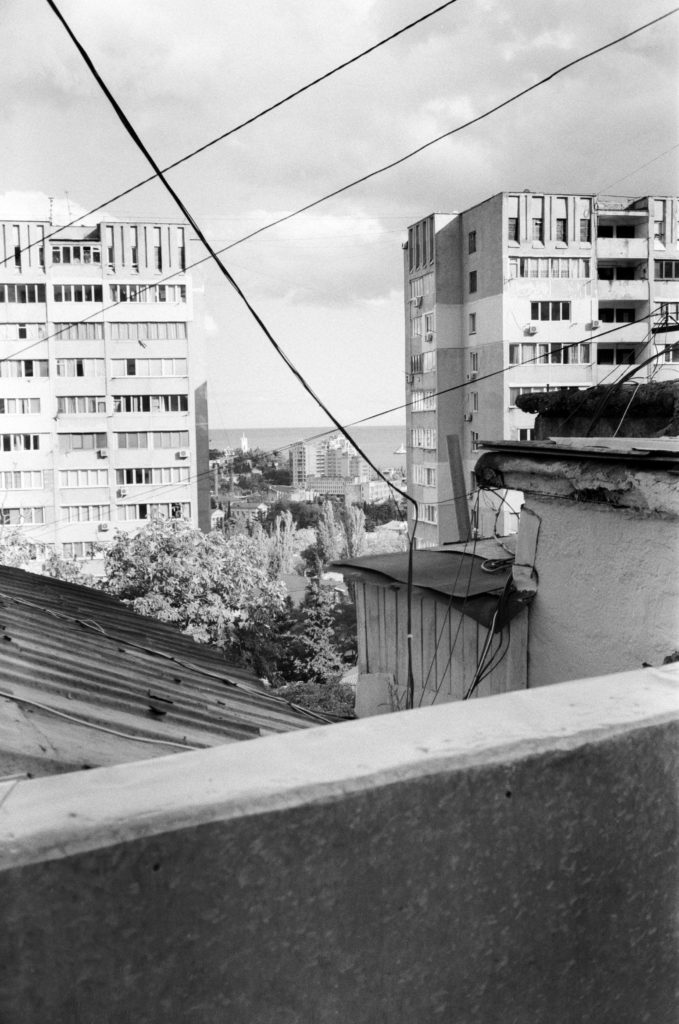
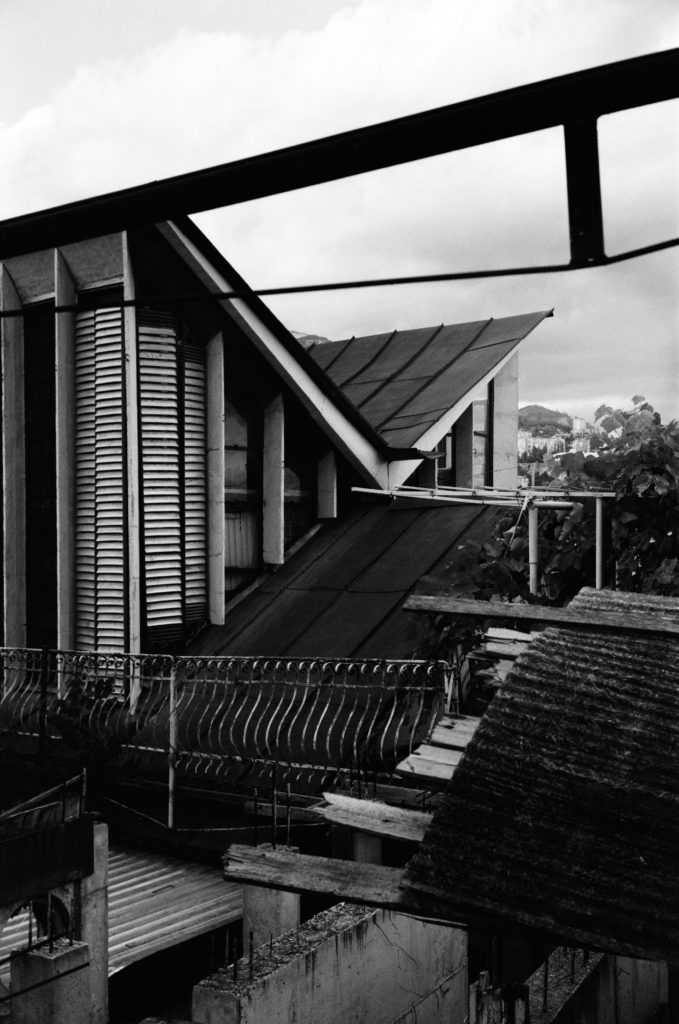
Hereinafter black and white film A-125 ~ ISO 125 (St. Petersburg’s film)
I stayed in a small guest house on a hill. I pleased by comfort and price, though its location was among the chaotically standing private houses and old panel buildings. The last ones have not been restored since the last quarter of the last century, on it has marks of the self-made restoration. But sometimes I see the ancient buildings of the tsarists era.
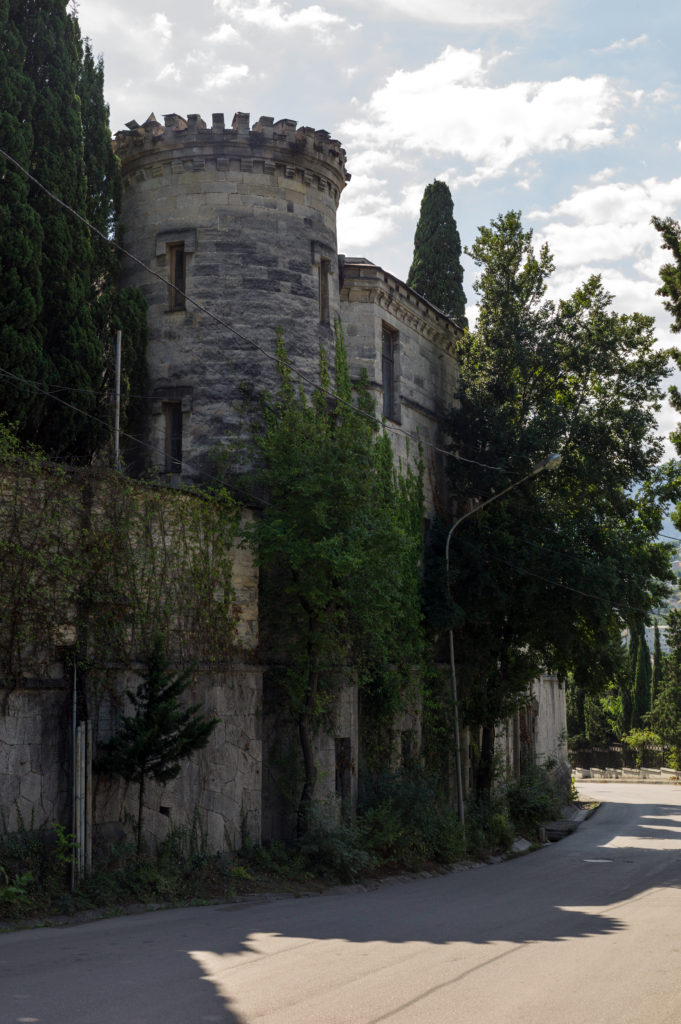
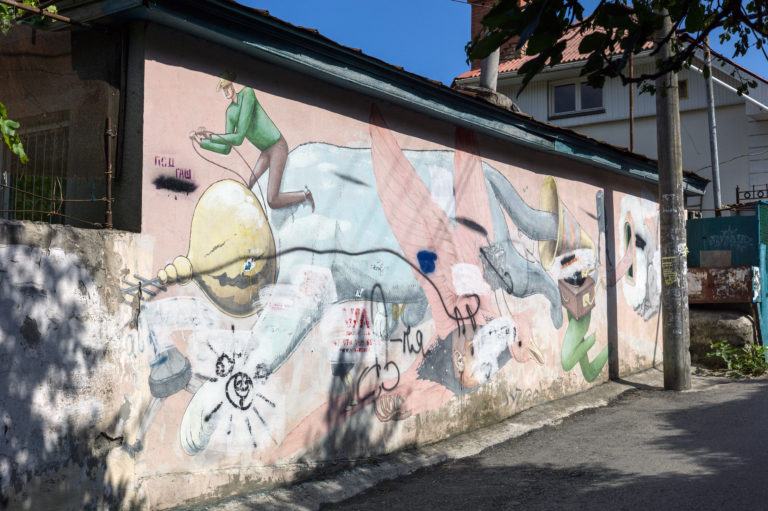
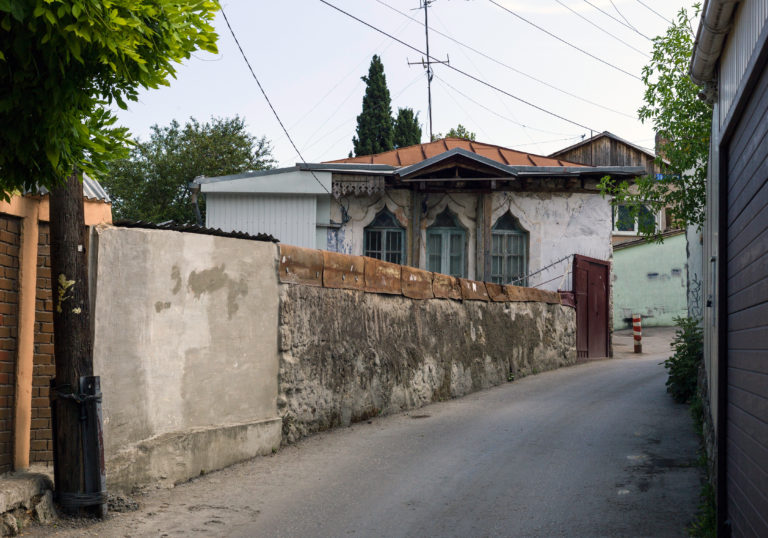
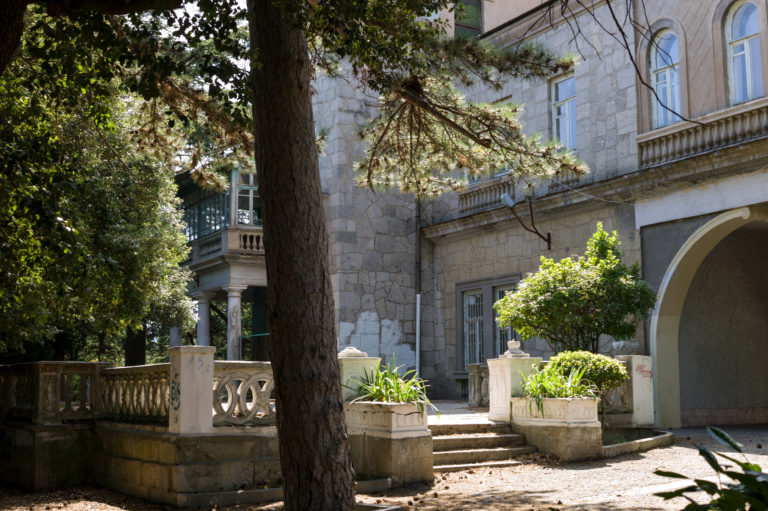
My room windows face to the local busy road, which is too narrow and crooked for its huge traffic. In general, there are serious traffic jams in Yalta on summer time and this is a big problem.
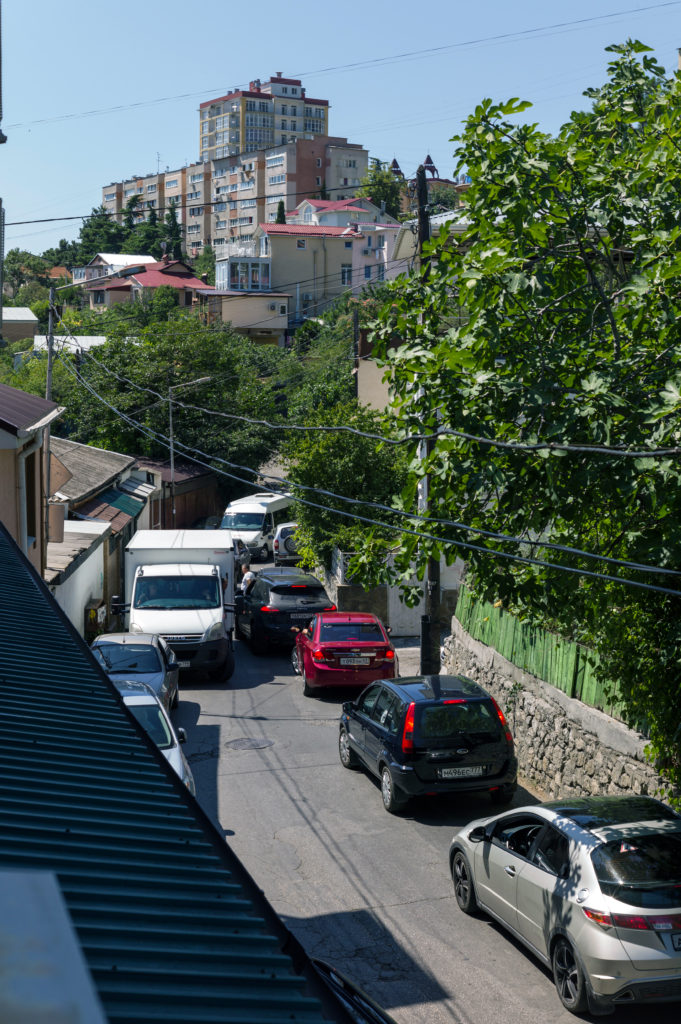
Not far from the hotel located the old Armenian church, which turned out to be in good condition and very beautiful – it is open for visits until 6 pm. The church itself is relatively new – built at the beginning of the 20th century.

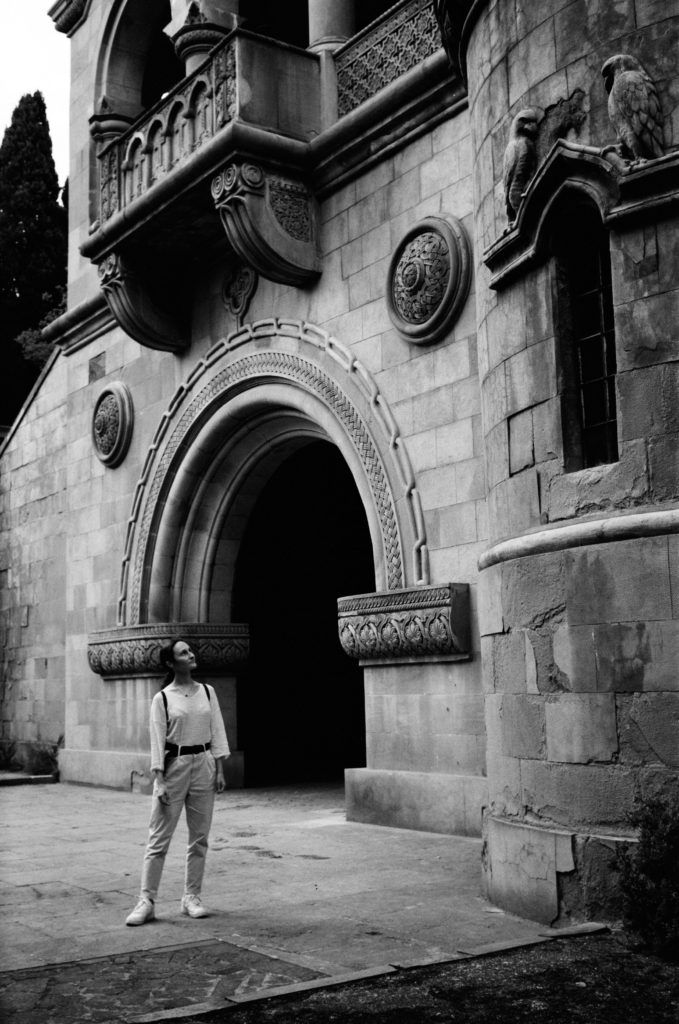
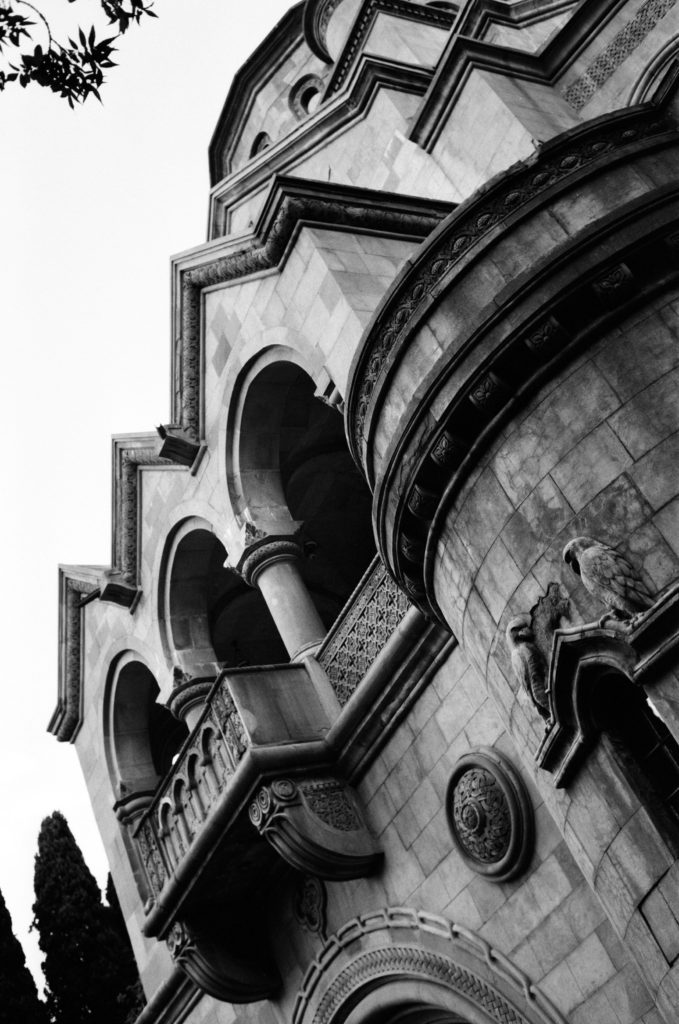
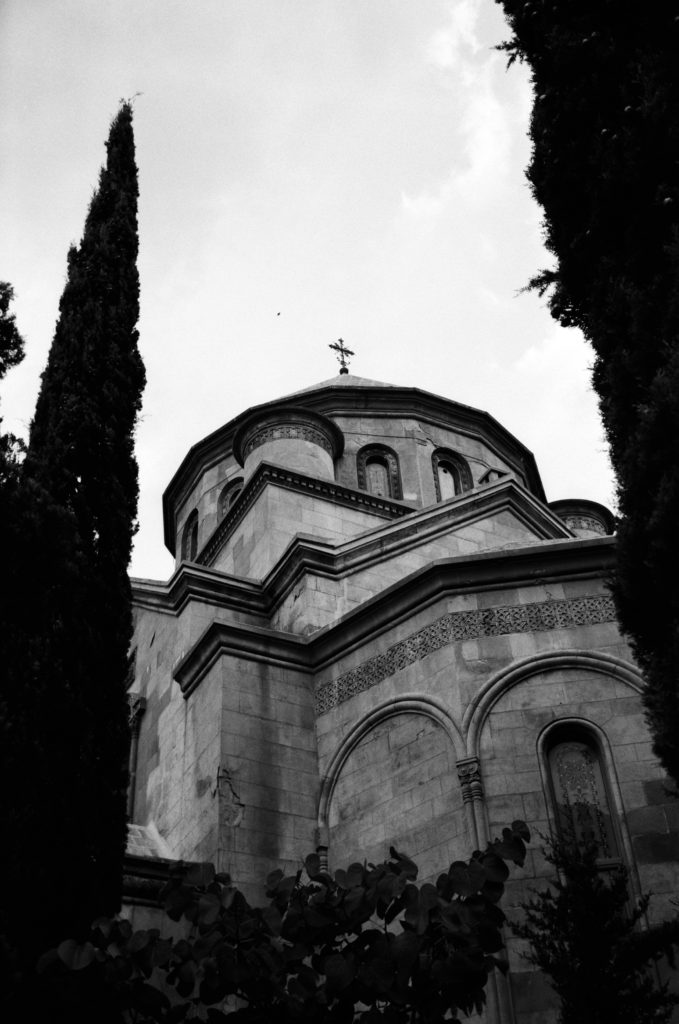
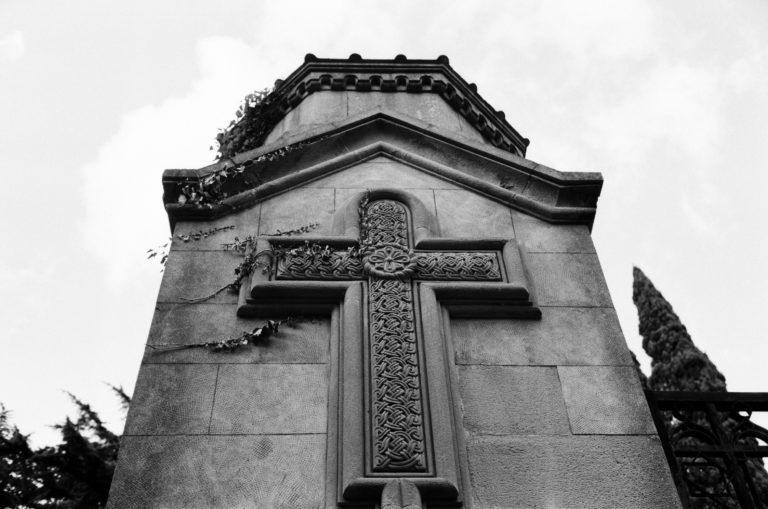
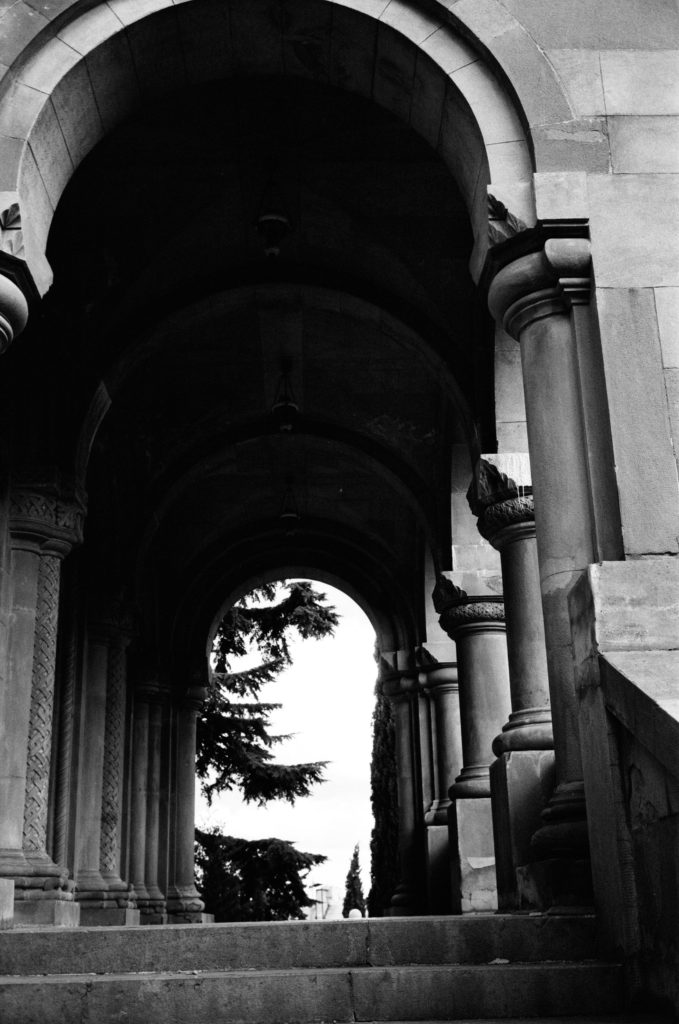
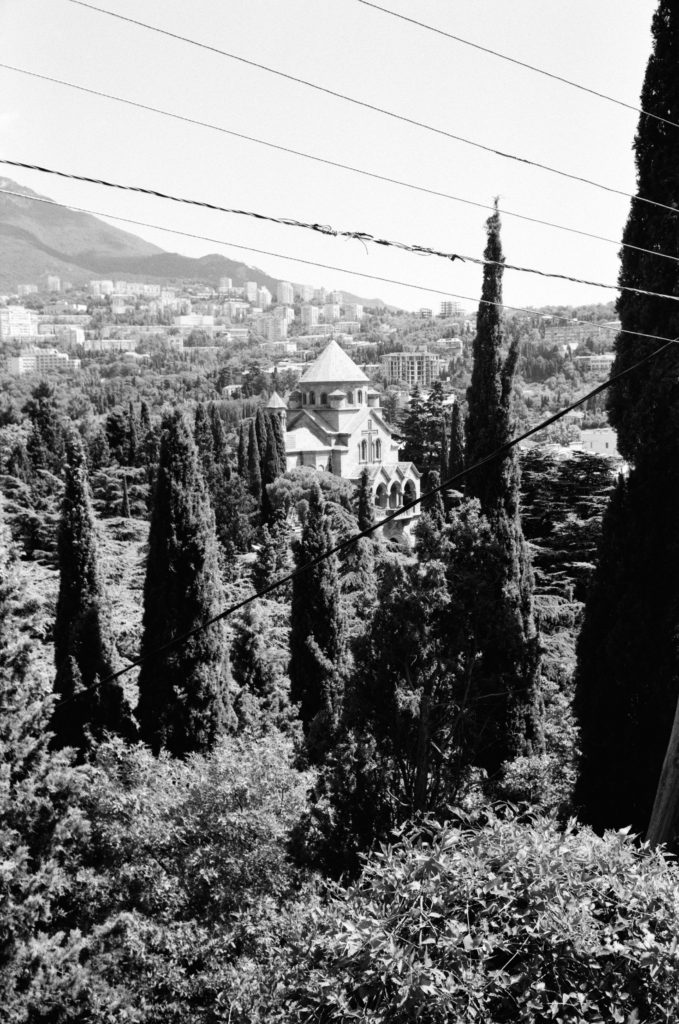
The extremely winding streets of Yalta have almost no sidewalks and something tells me that sidewalks was seize by the owners of private houses for expanding their possessions. The streets are so cramped that two cars can’t go at the same time. Apparently, among the residents of Yalta, a moped became a favorite transport. I often met beautiful retro mopeds in the style of the 60s. Mopeds deftly maneuver on such roads and cope with a large slope.
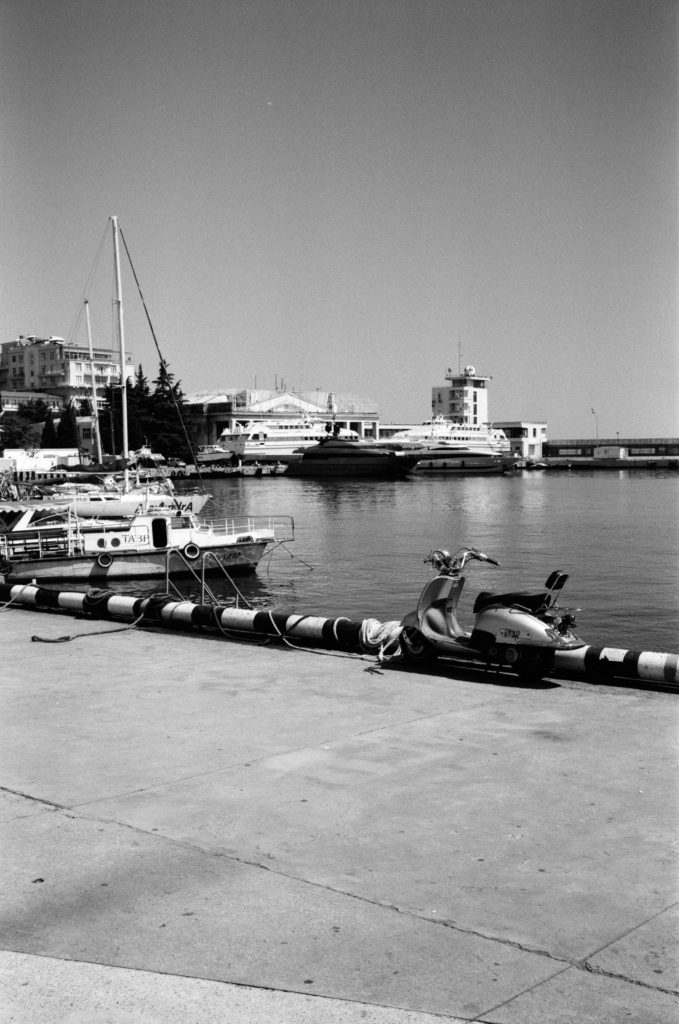
On another hill of Yalta (Massandra border) the houses are more decent and the streets are wider. Between some streets you can walk along narrow stairs – it`s short way. There rests in the shade a local resident.
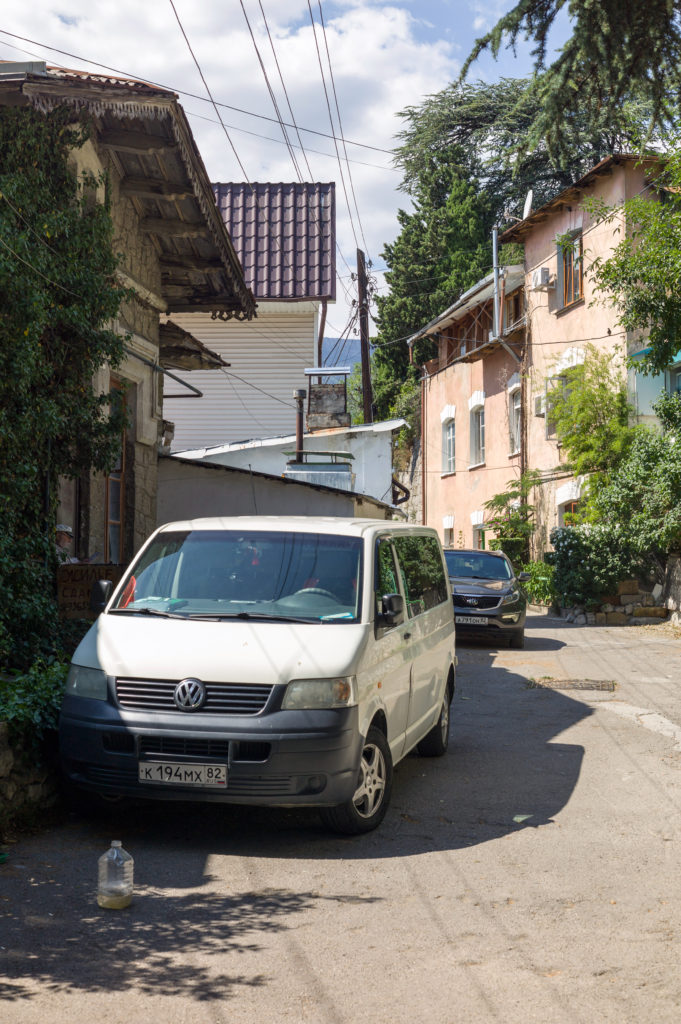
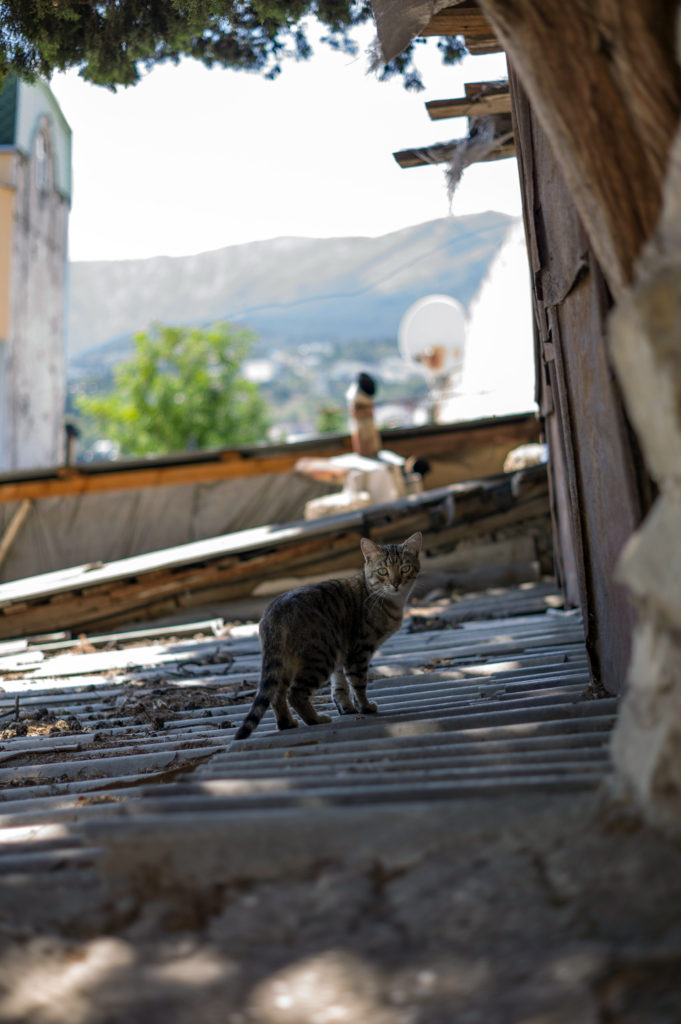
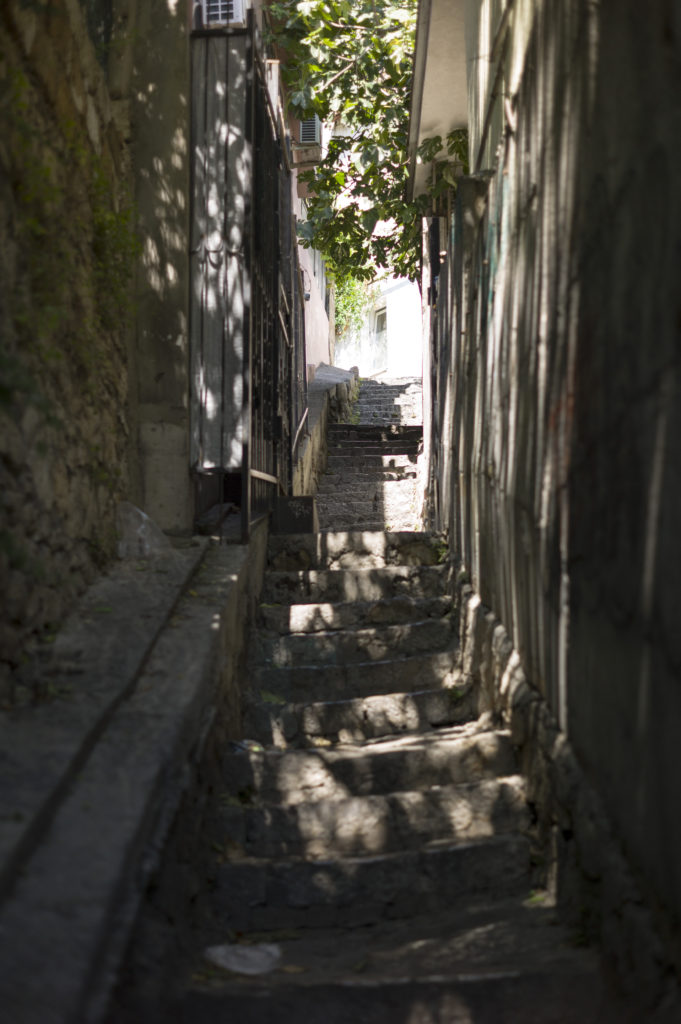
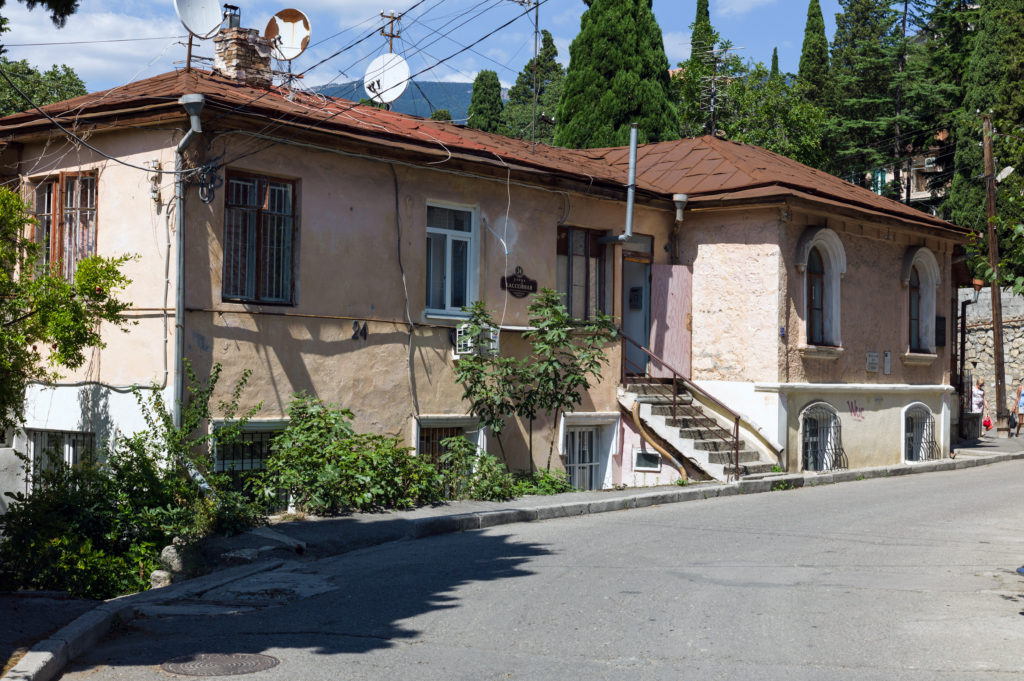
In Crimea and especially in Yalta there are extremely many cats, which for the most part are their own masters. Almost all “fluffy citizens” enjoy the shade of trees or houses all day.
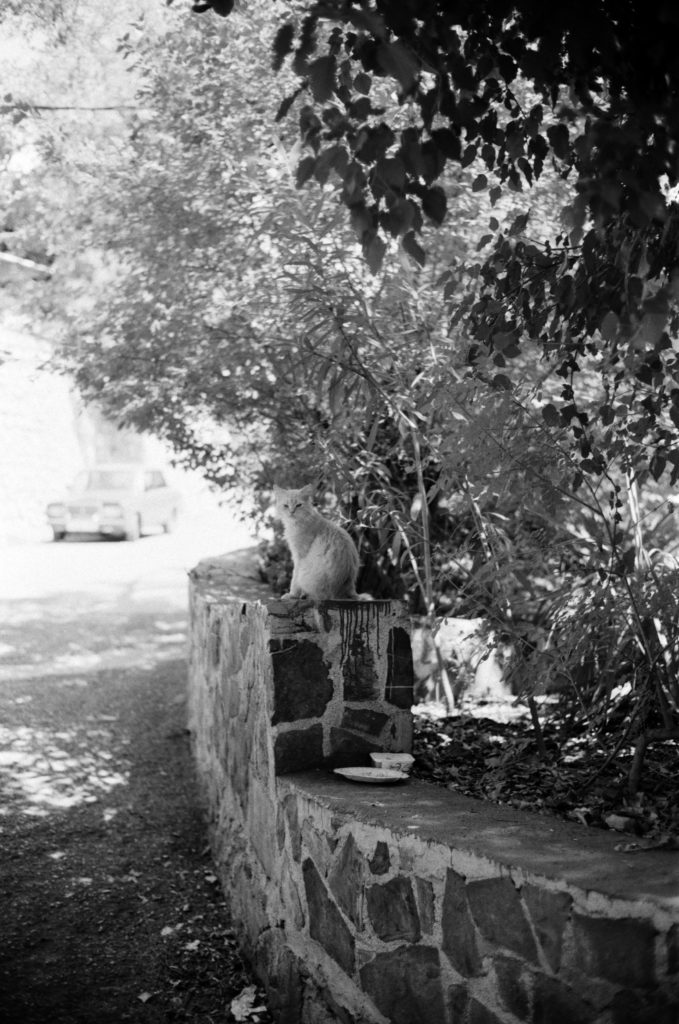
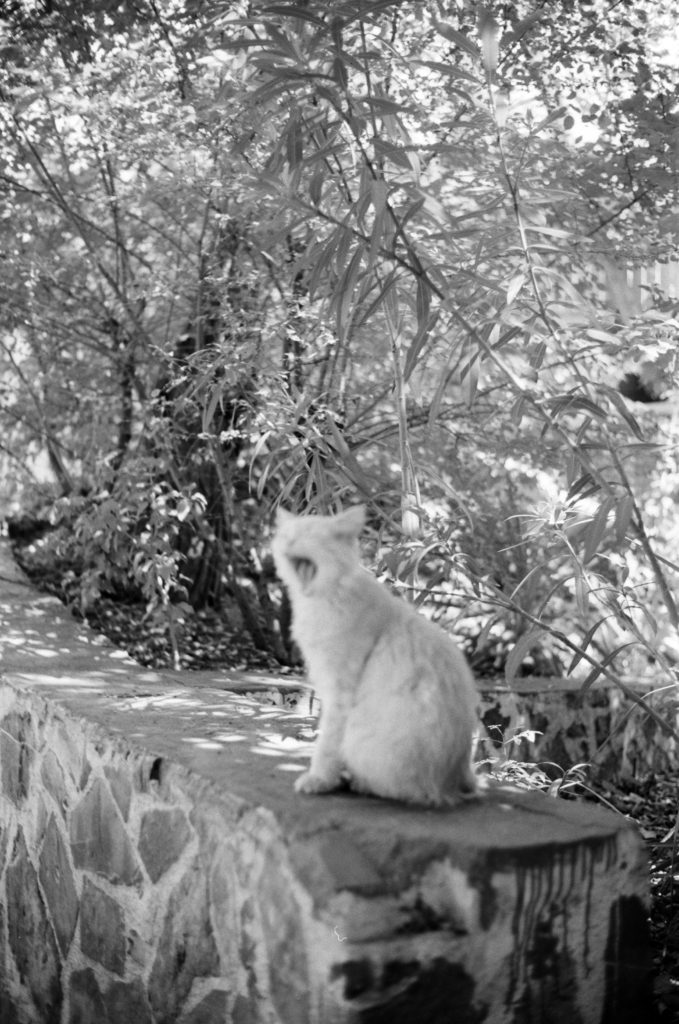
Not everyplace welcome cats.
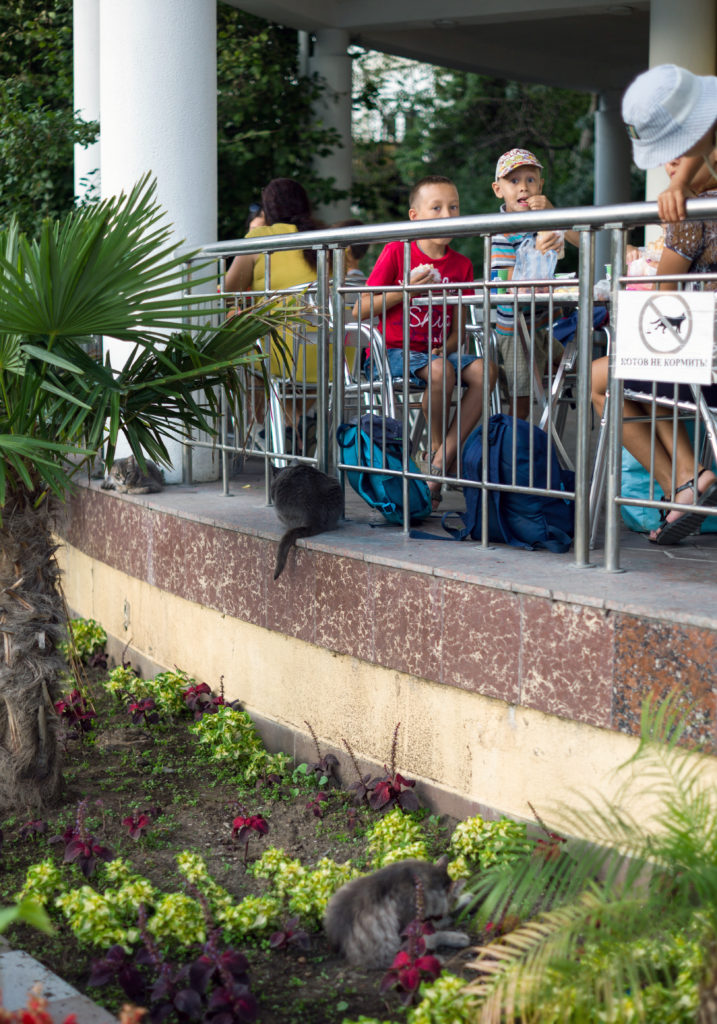
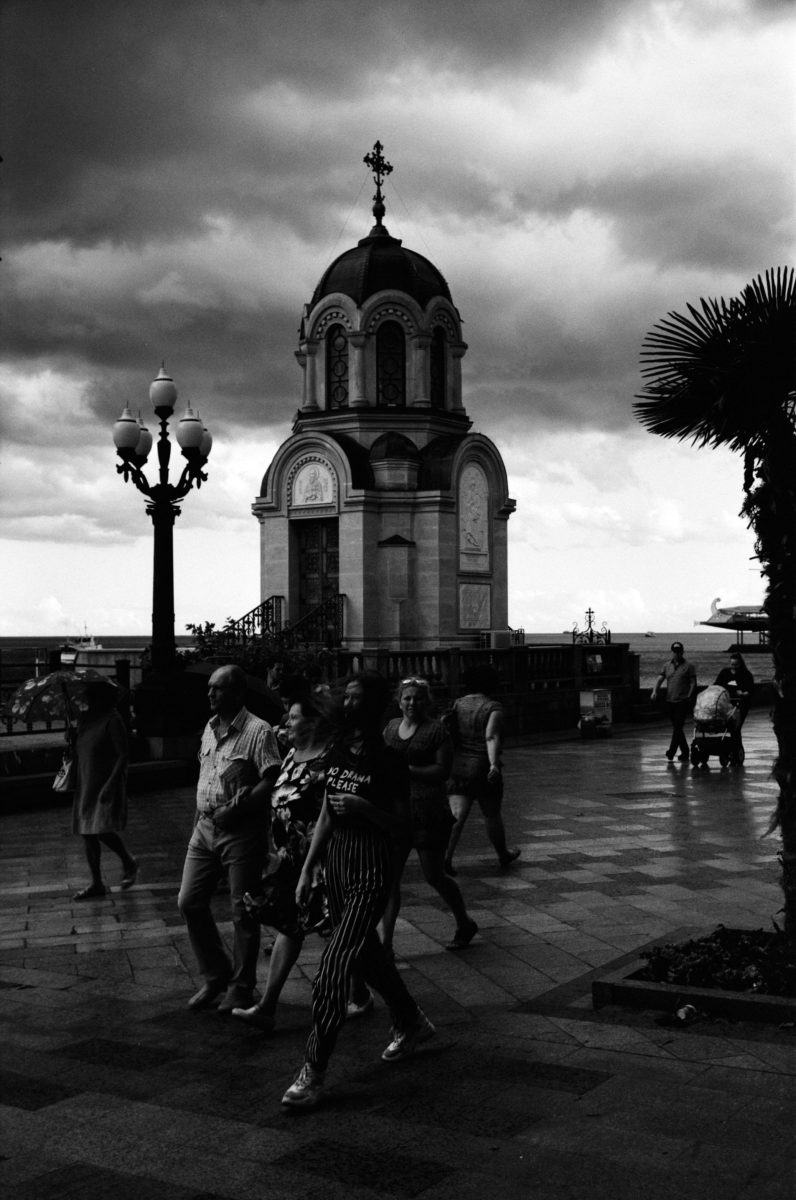
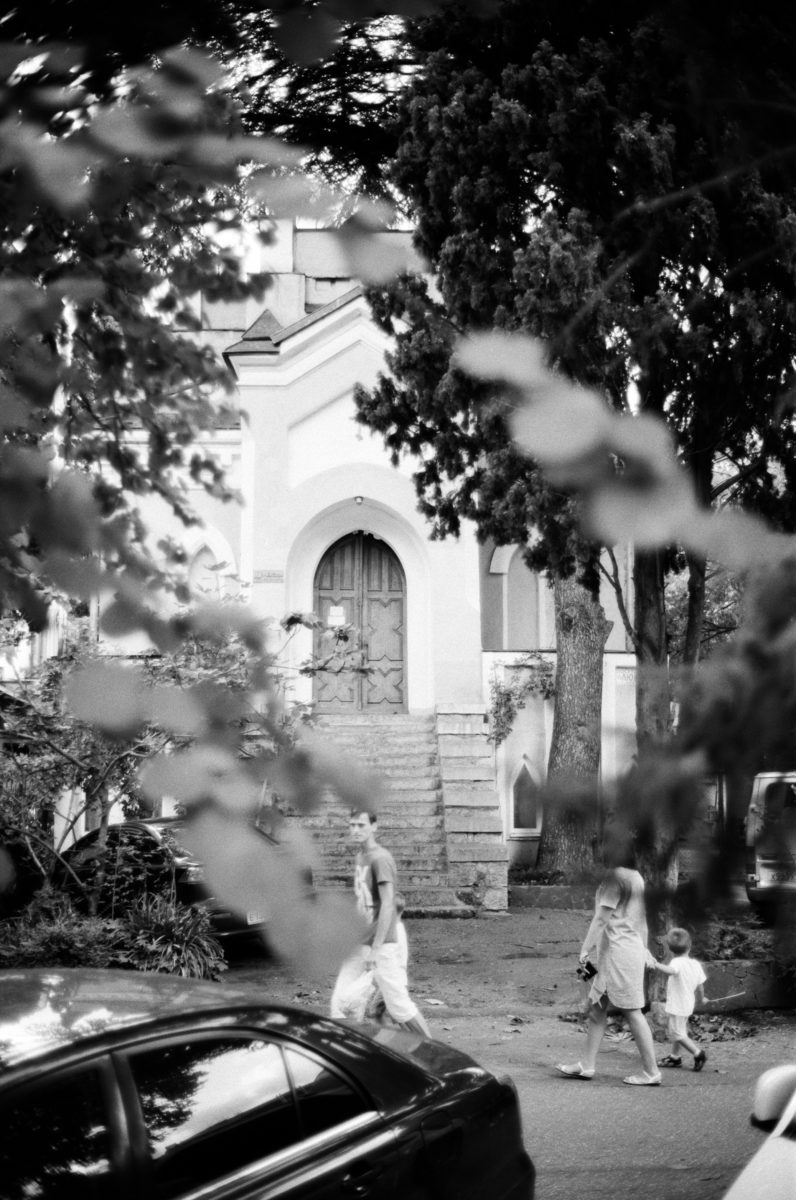
Nowadays, old orthodox churches are being rebuilt in the Yalta. Unfortunately, such activity does not affect the rest of the infrastructure of Yalta and the Crimea as a whole ….
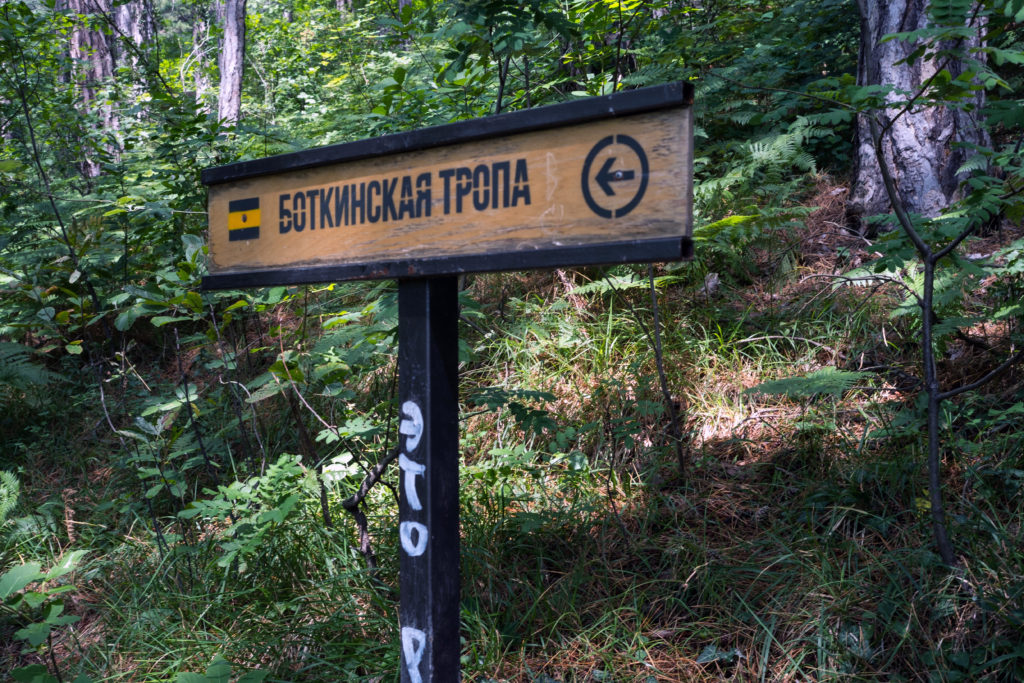
On the second day (without waiting for the weather by the sea) I decided to climb the mountains along the relatively famous Botkin Path. The path begins on the outskirts of Yalta and leads to the 1234-meter Ai-Petri Mountain. This is one of the highest mountains in Crimea (the highest mountain is about 300m higher).
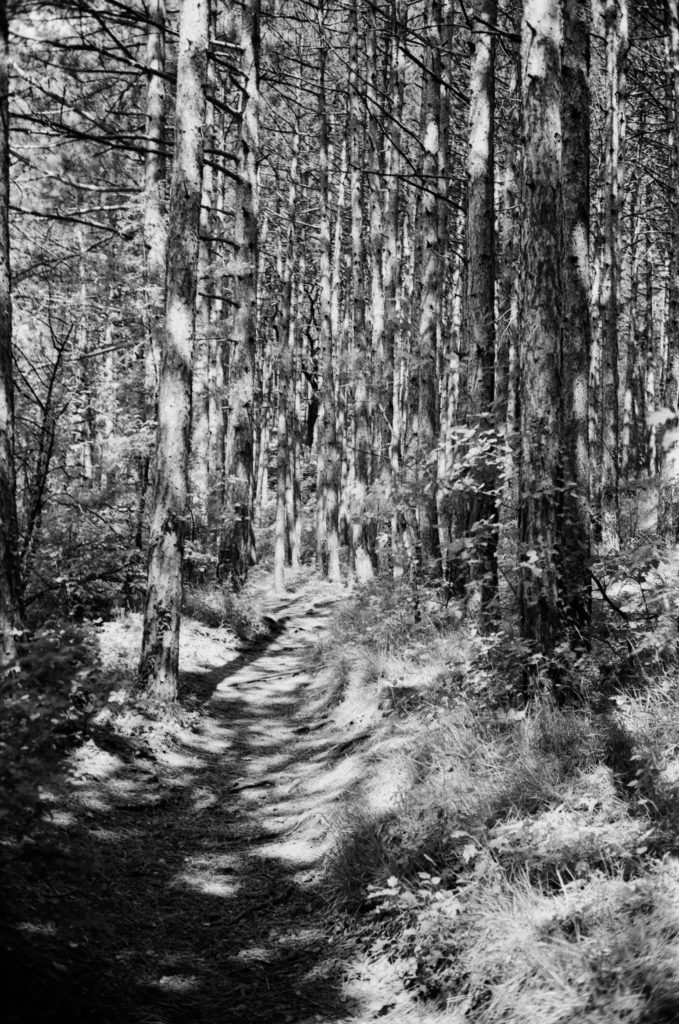
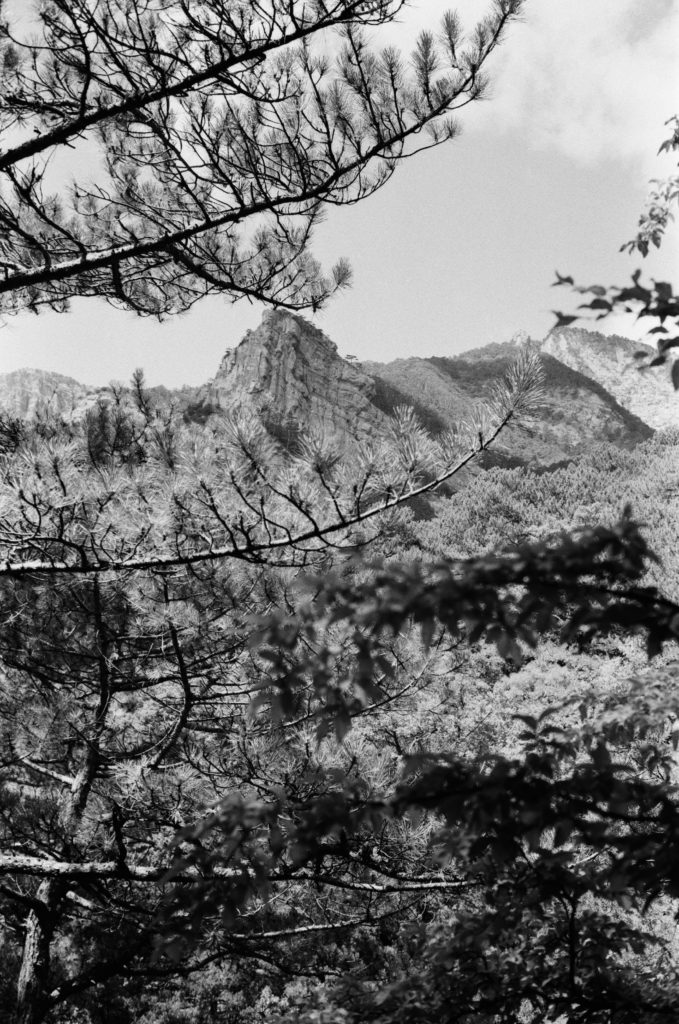
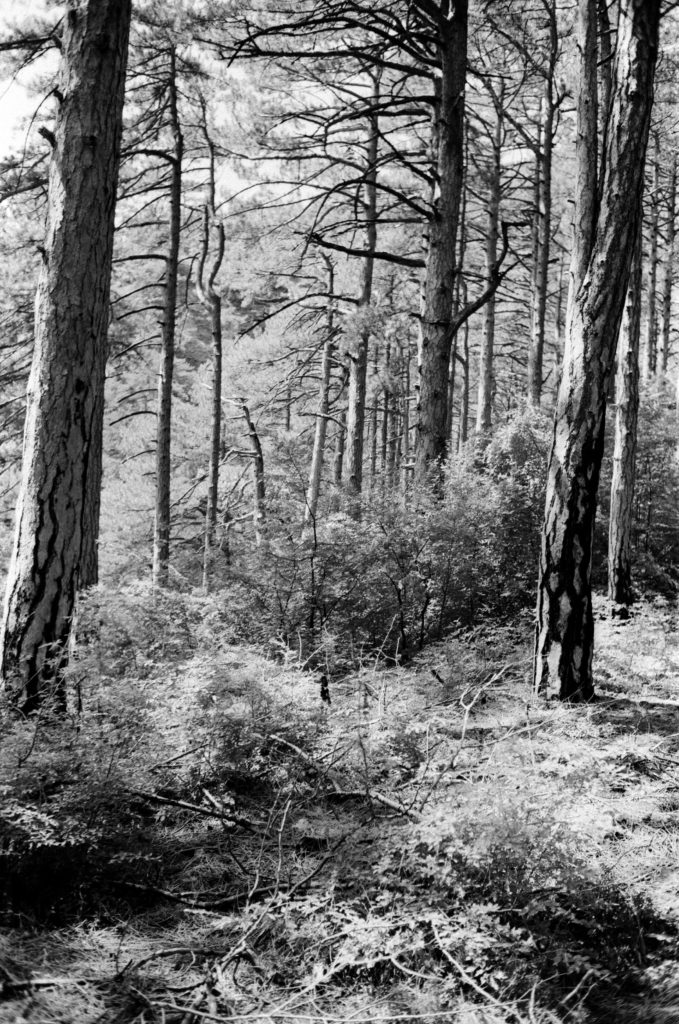
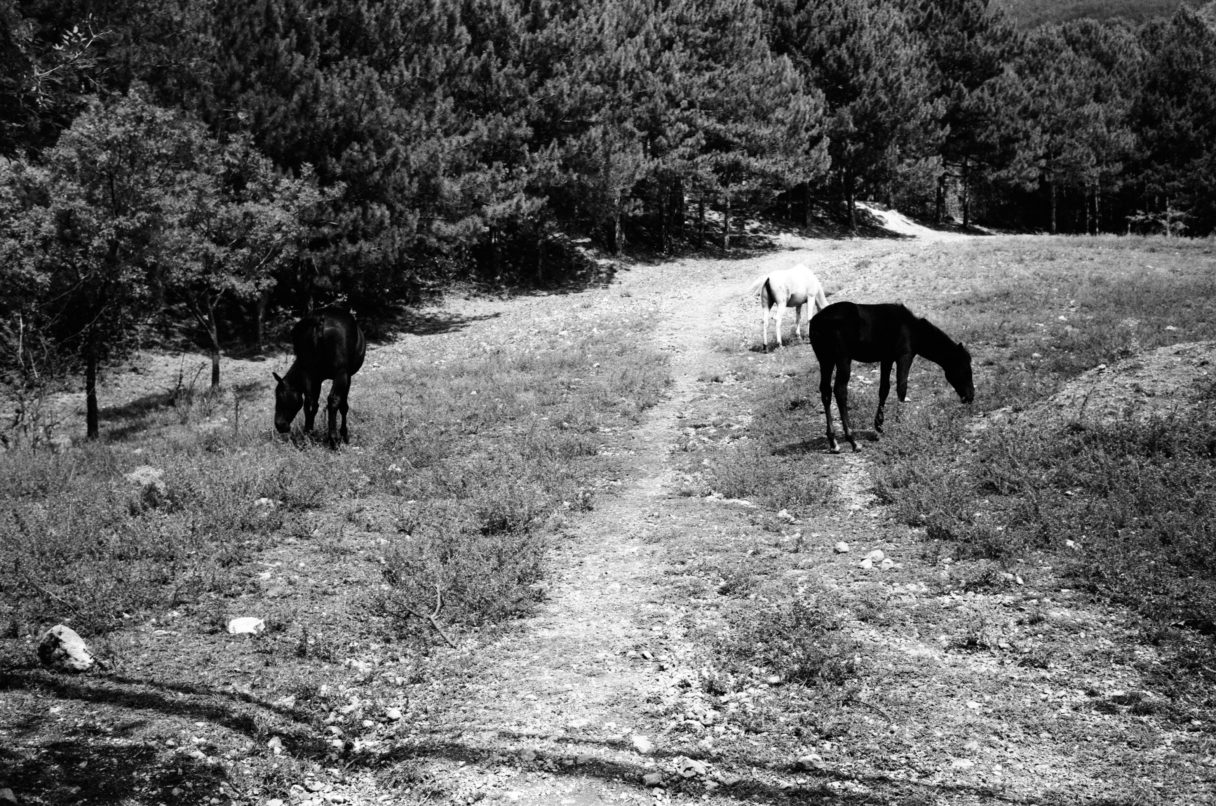
The Botkin Path leads to the waterfall, after which you can continue along another path to the top, or you can go down the mountain road to the city – which, in fact, I did, since the whole path to the top will take a whole day. By the way, once I was at the top. Most of the path is hidden in trees growing on the slopes of the mountain. The climb is not too difficult, but there are dangerous short paths. Short paths make it possible to cut the trail.
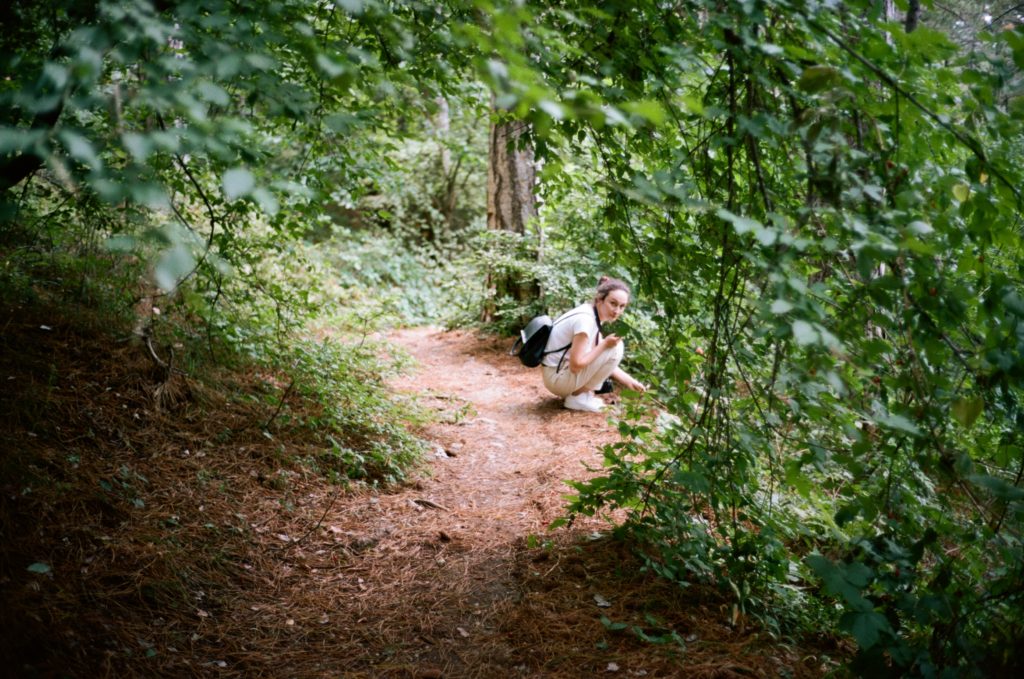
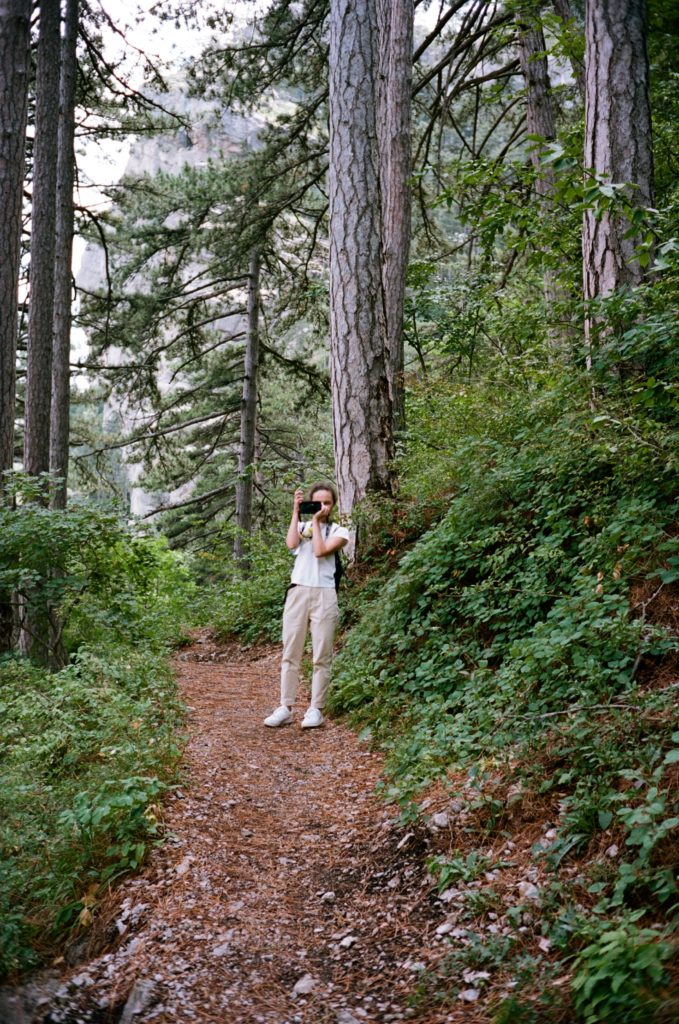
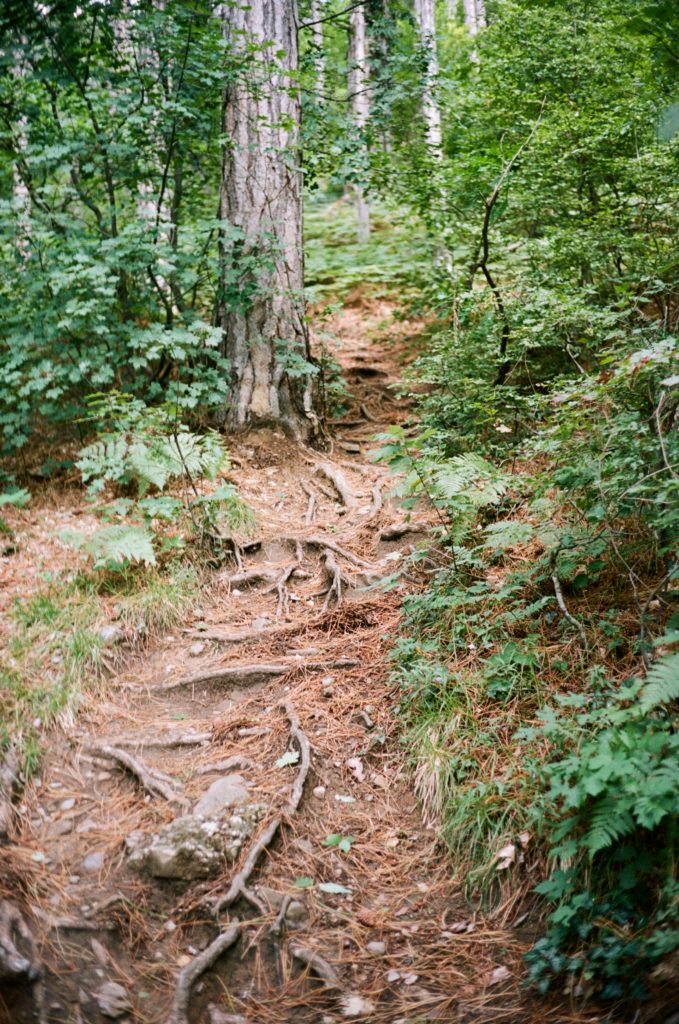
Kodak Portra 160
The only bare rock section of the path is closer to the end of the trail. Following the path, you will notice marks – three stripes on trees and sometimes on stones, which show that the chosen path is correct. Sometimes they have a different color and this is confusing.
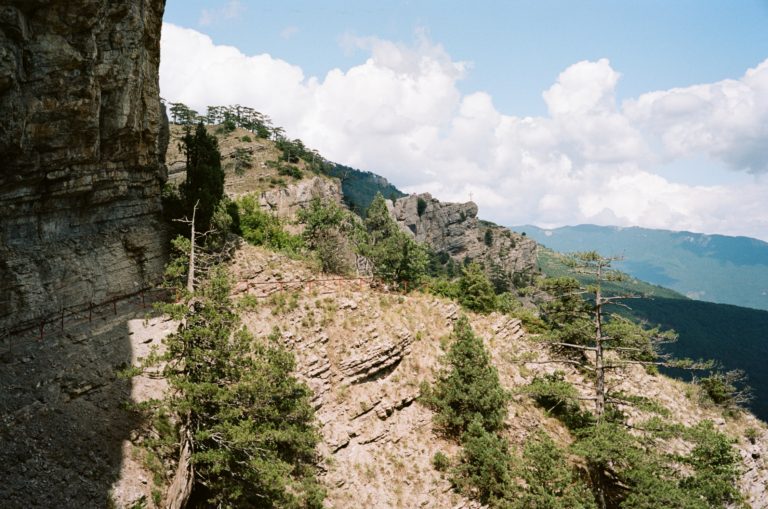
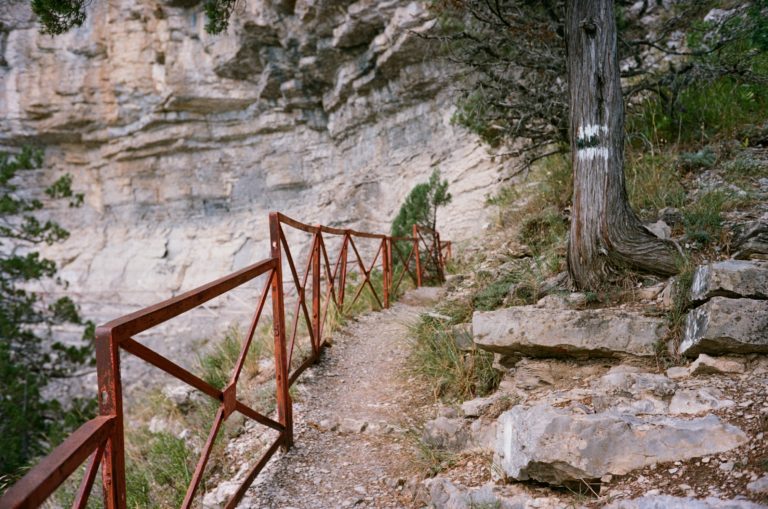
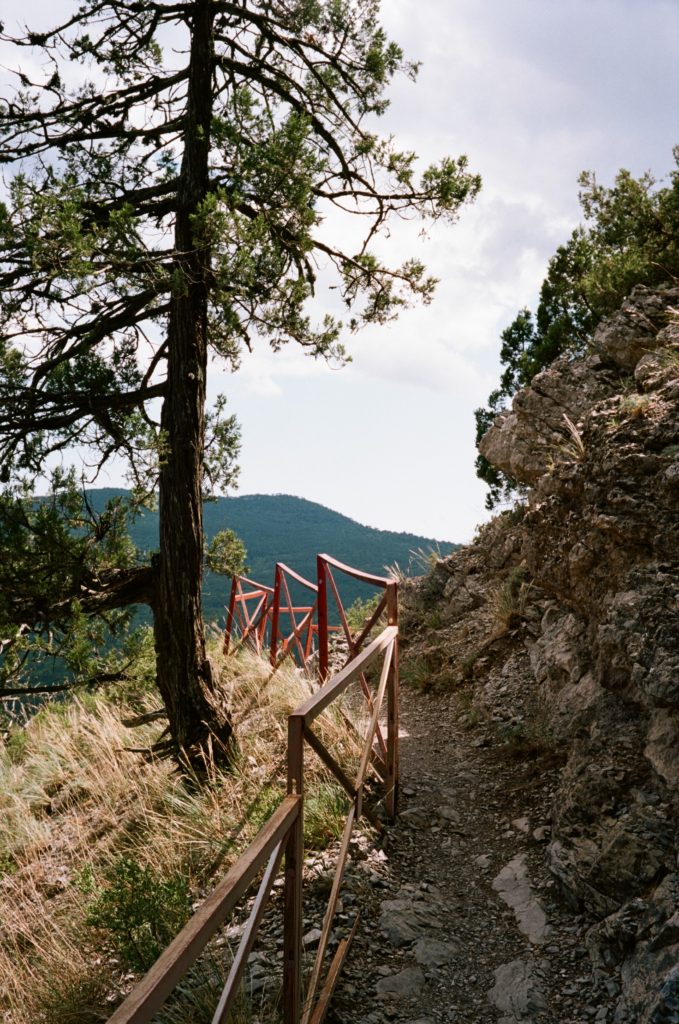
Kodak Portra 160
By the way, along the way there are rare benches on which you can sit and relax. Along the path I met families from small to large, which cheerfully climbed the mountain.

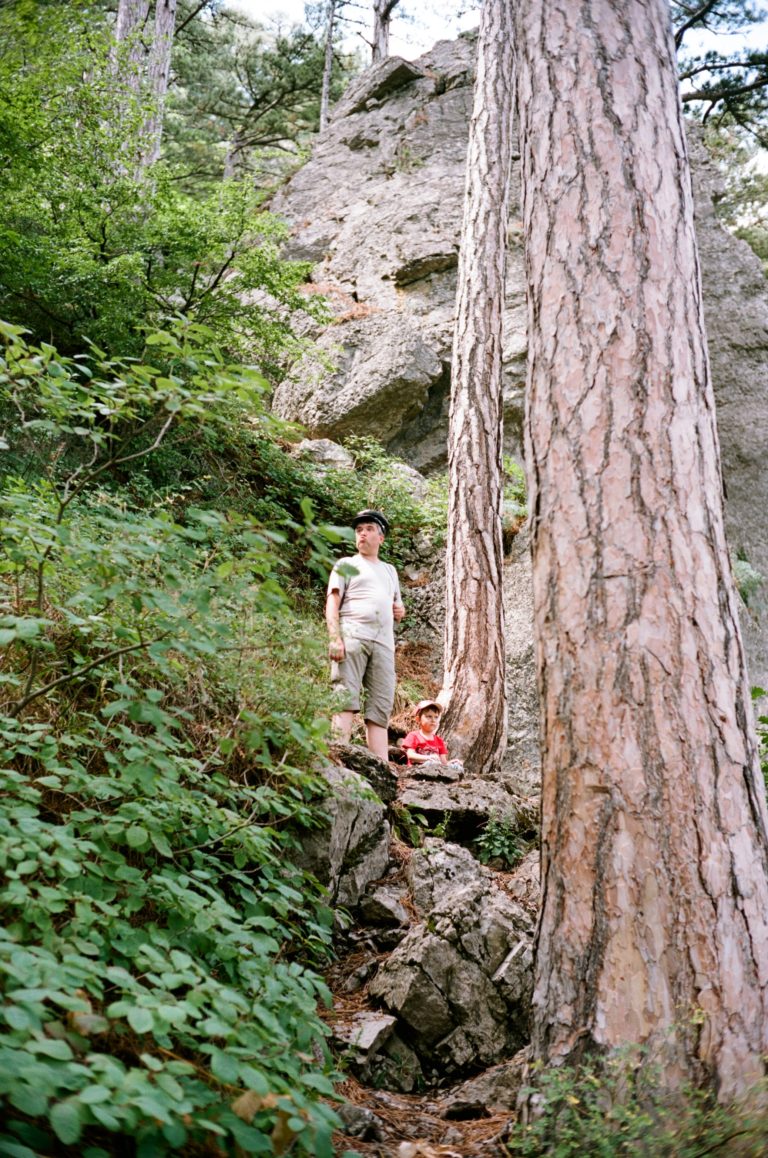
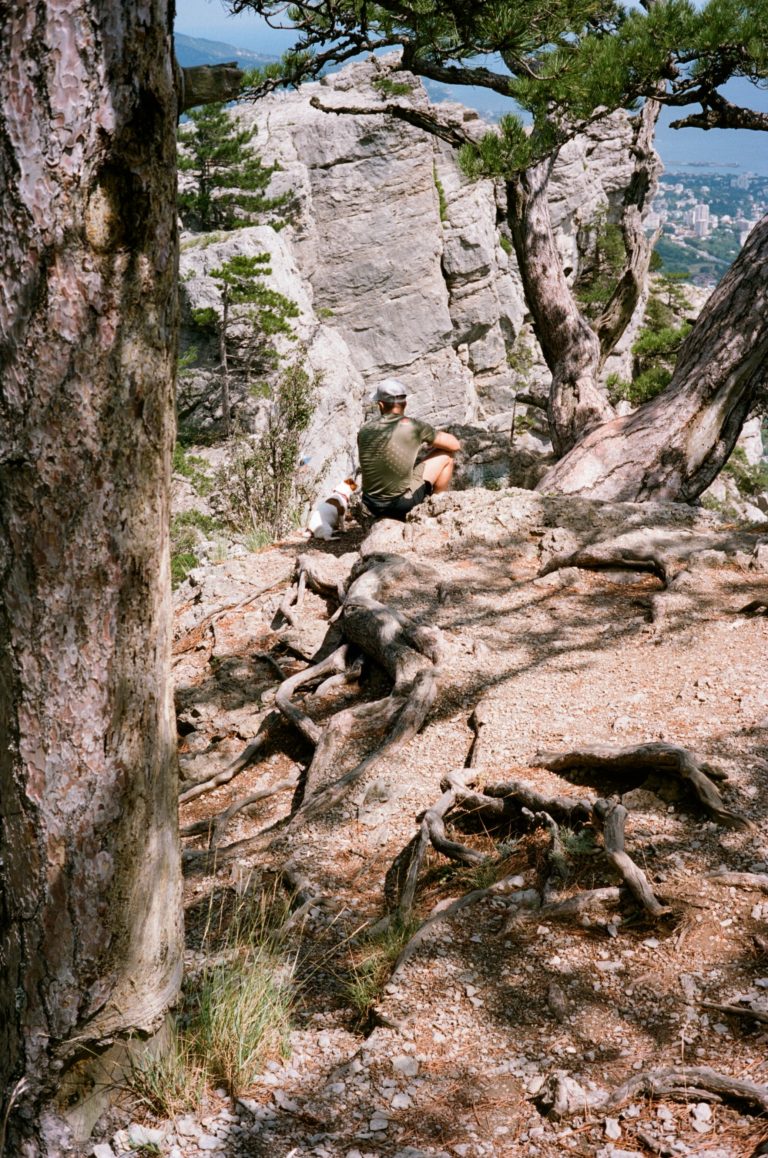
Kodak Portra 160
I did not regret at all that I chose light and small cameras for the trip. To hell these DSLRs. 50mm and 40mm lens was enough for me, although before that I was worried that I would need 135mm.
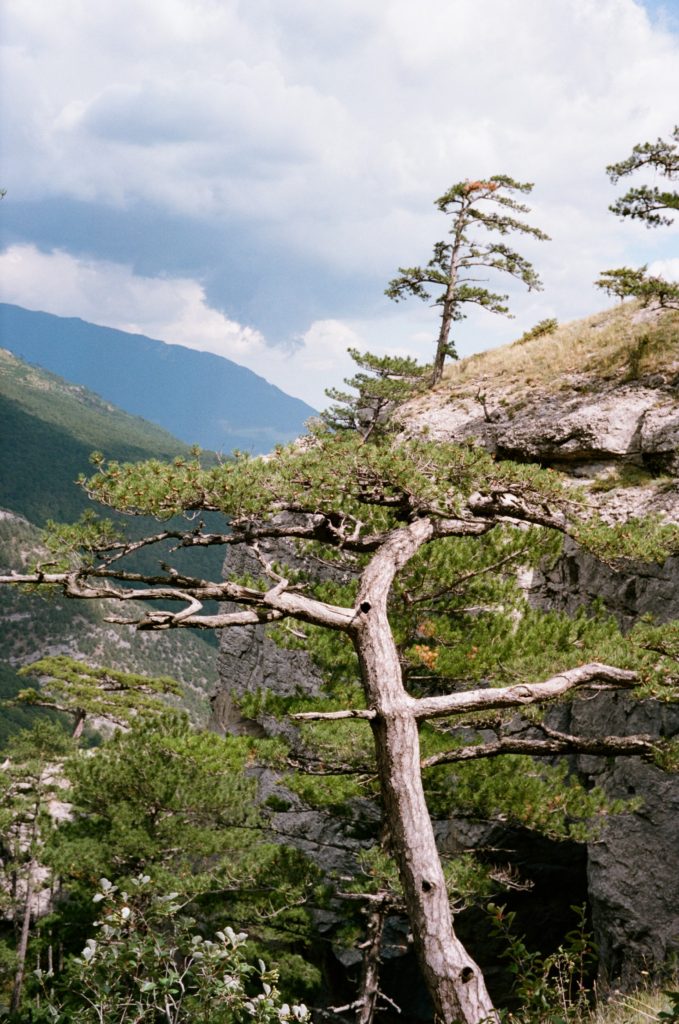
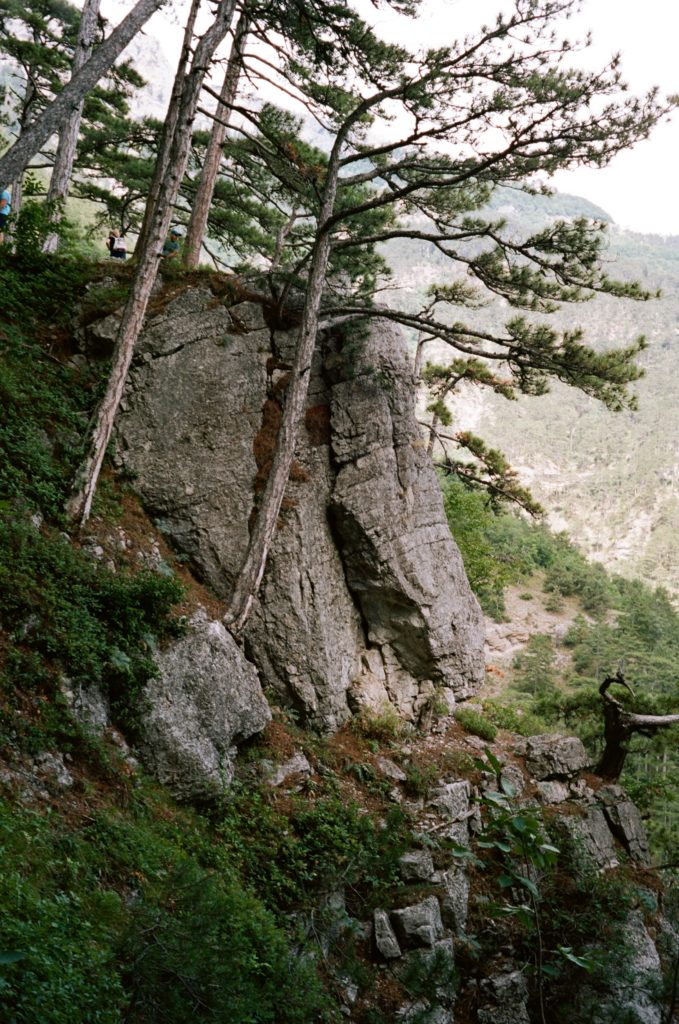
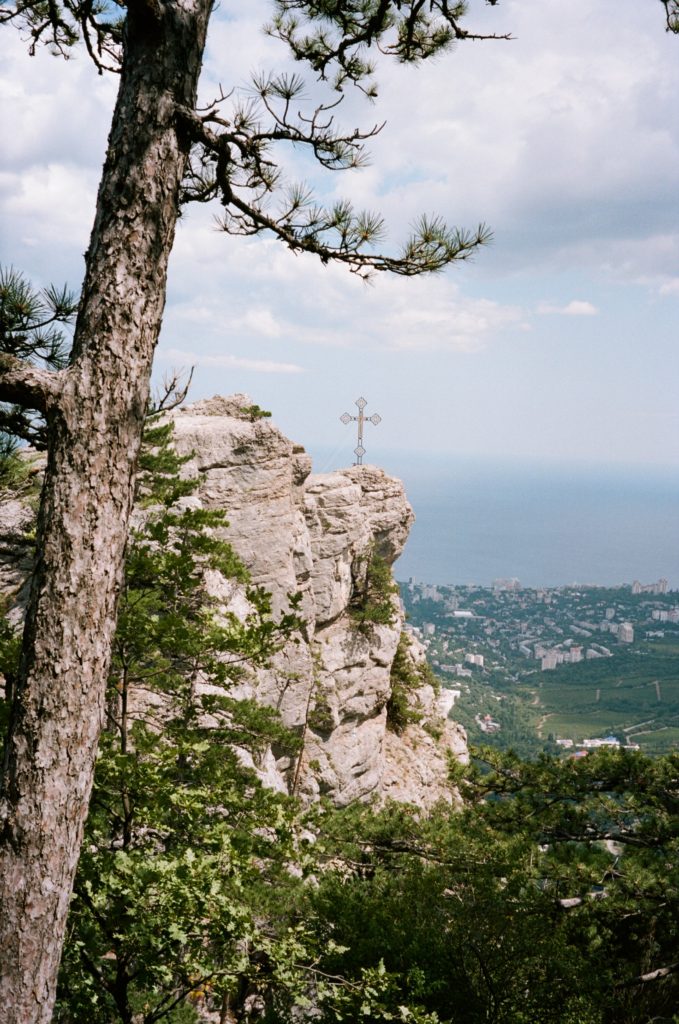
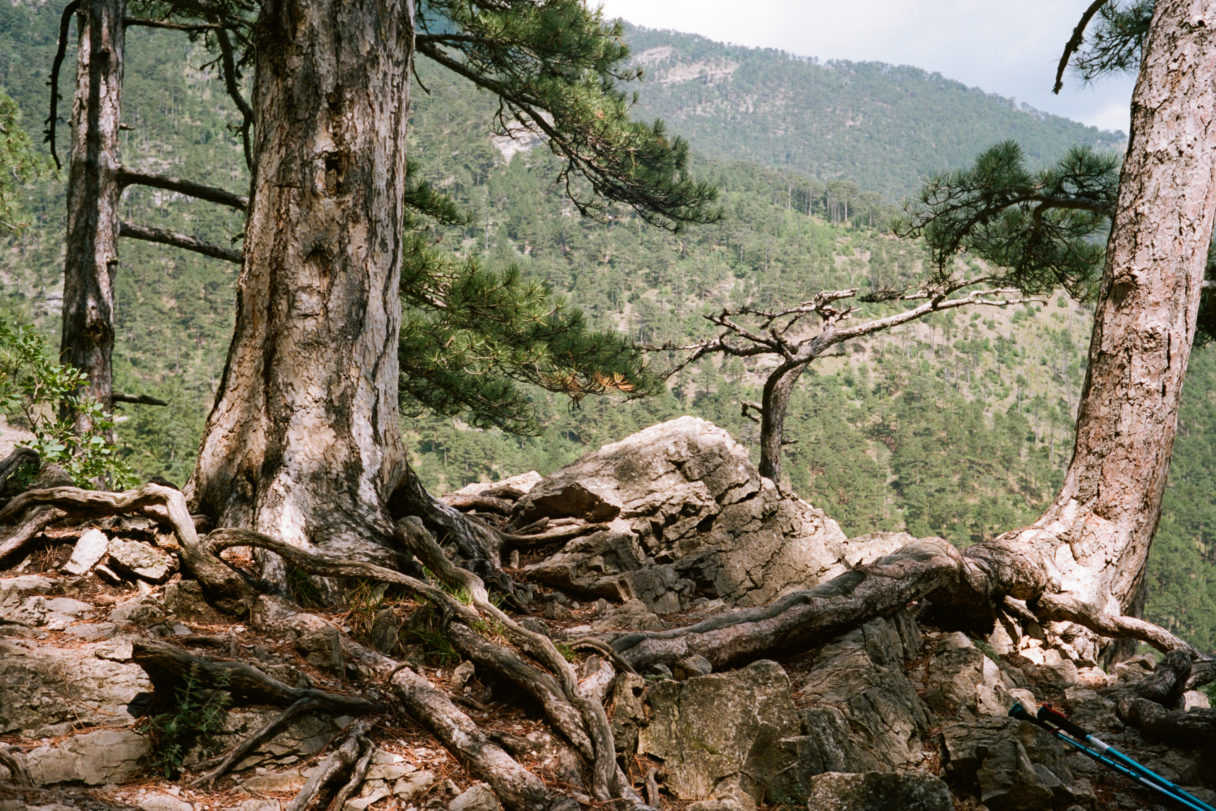
Kodak Portra 160
I dot know that mountain rivers would meet along the way, and I dragged up and next down a whole 1.5-liter bottle of water. I was content my small bottle and I filled it with mountain water . By the way, I gathered to the path after the rains, so the mountain rivers were fast and full-flowing (if I can consider such small streams as rivers).
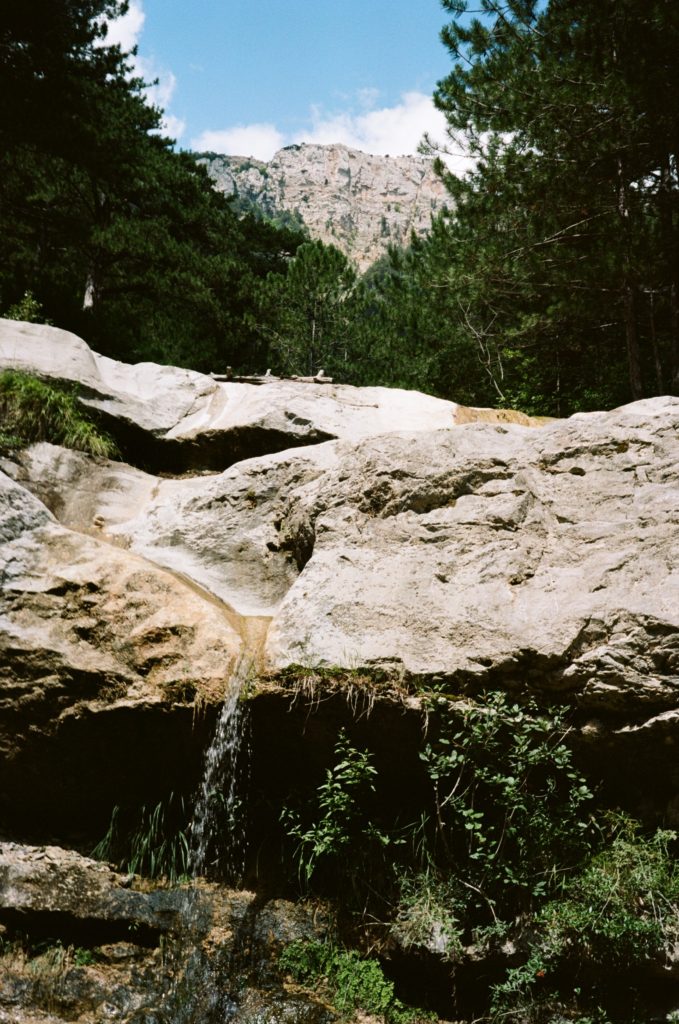
Kodak Portra 160
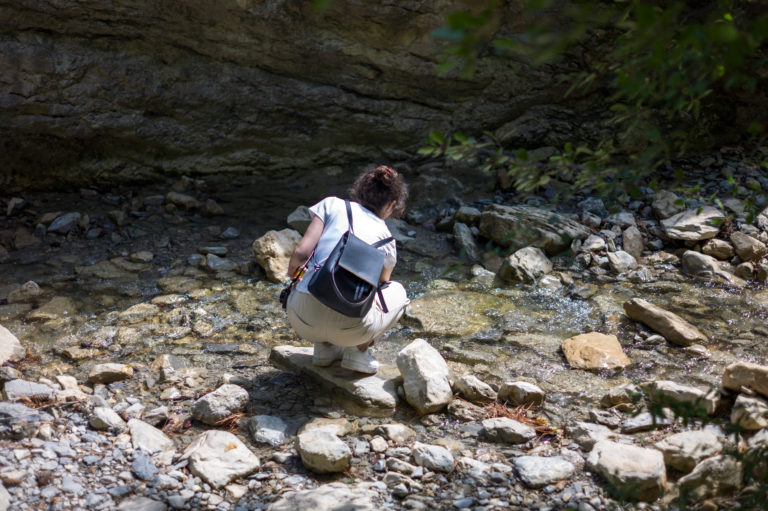
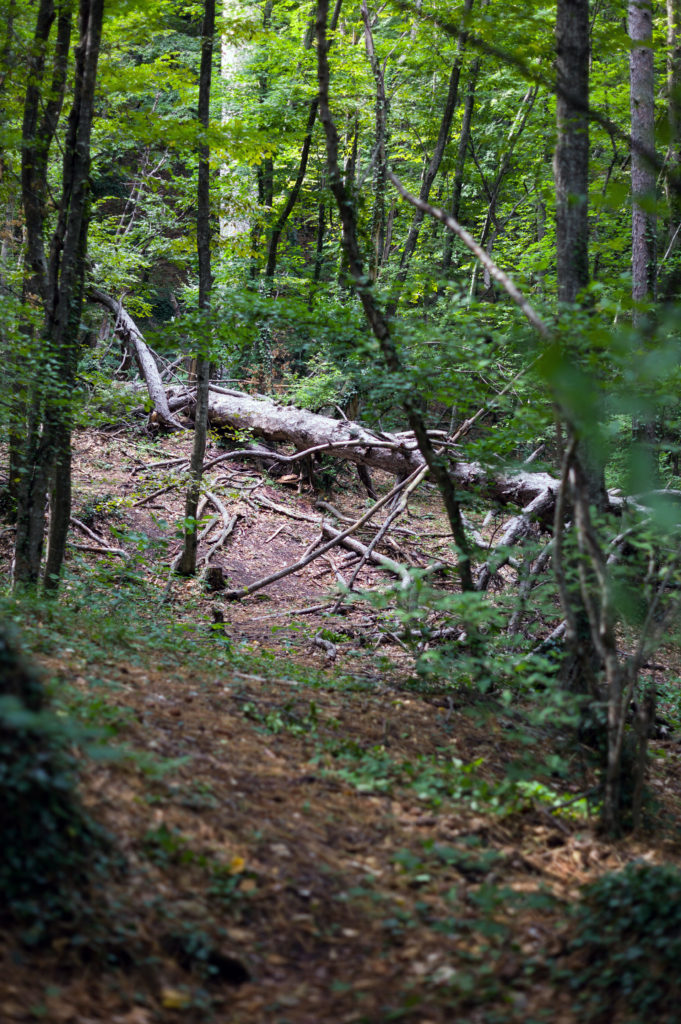
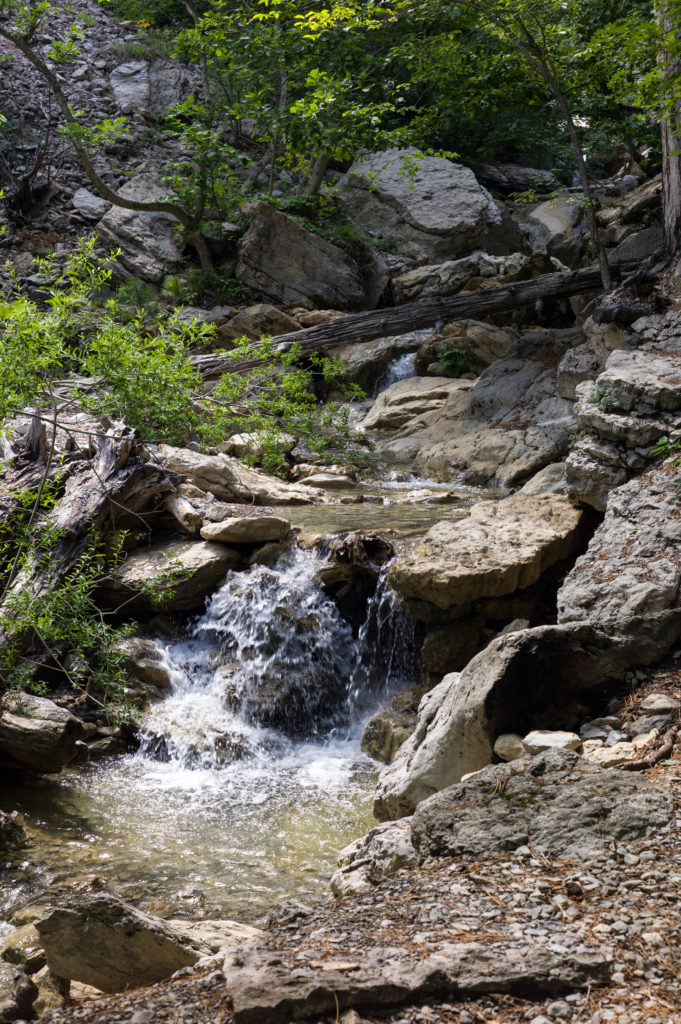
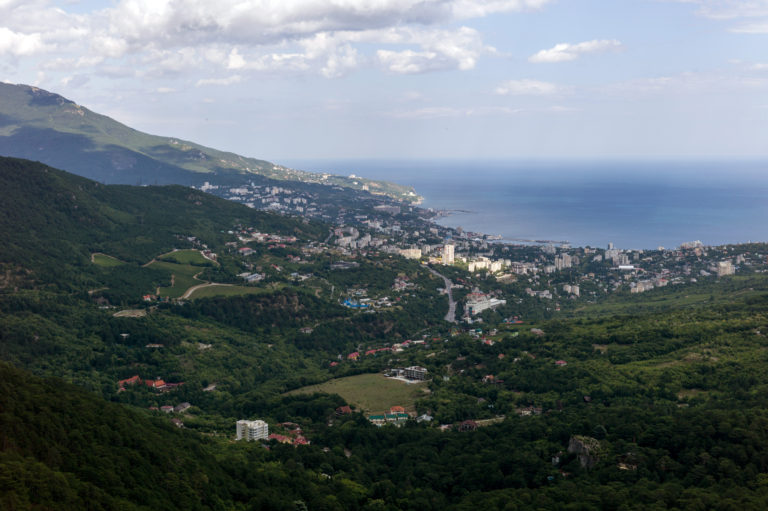
One bridge was broken by a fallen tree and now people have to go around on a slippery slope. Judging by the moss – this happened a long time ago.
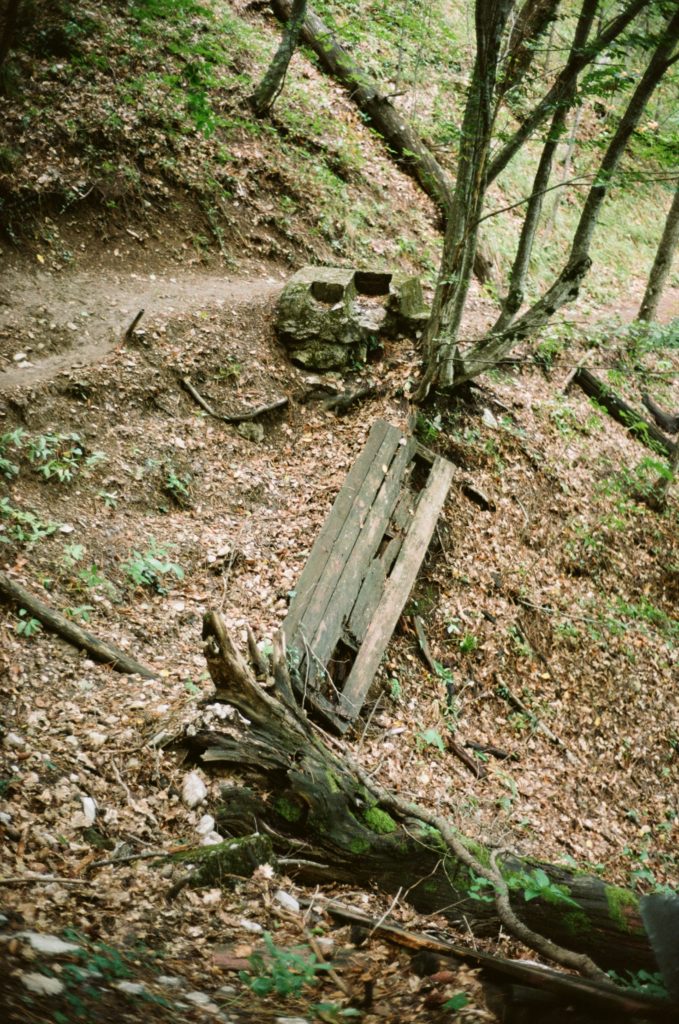
The mountain air intoxicates me after Moscow. Breathing to easy and the whole way is more like relaxation than trial. But if you regard it as a relax, then you have to spend all five hours on it..
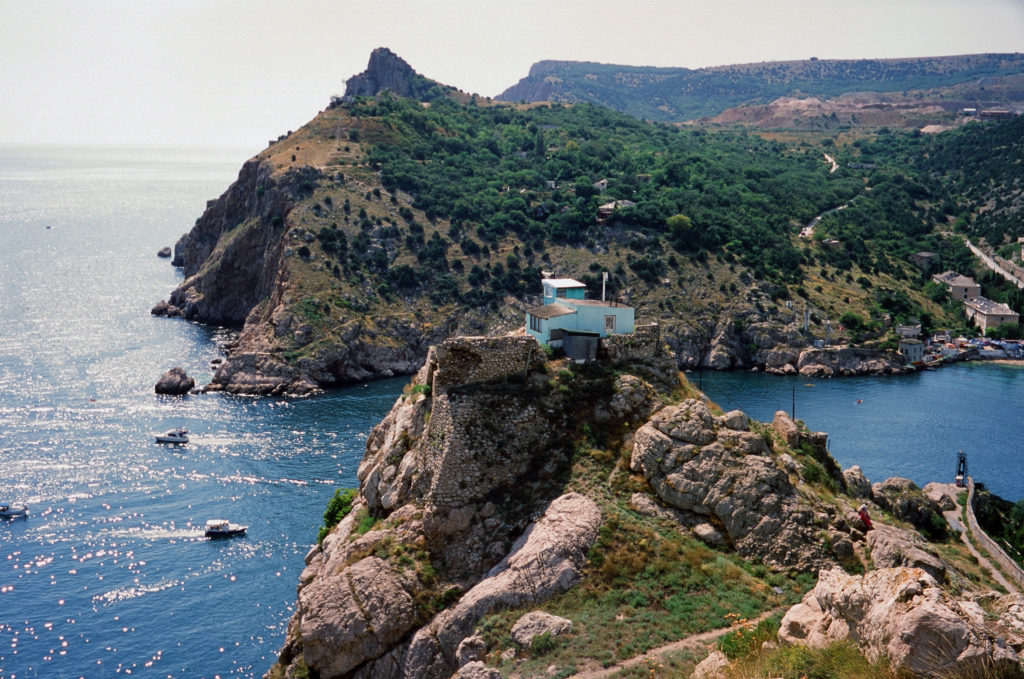
Fujichrome Provia 100F
My trip to Balaclava, which has already become a tradition, goes right after a trip to the mountains, just as the air temperature has not recovered after cool windy days. Here is my favorite restaurant with delicious borsch and bacon. For Balaclava, I saved a slide film.
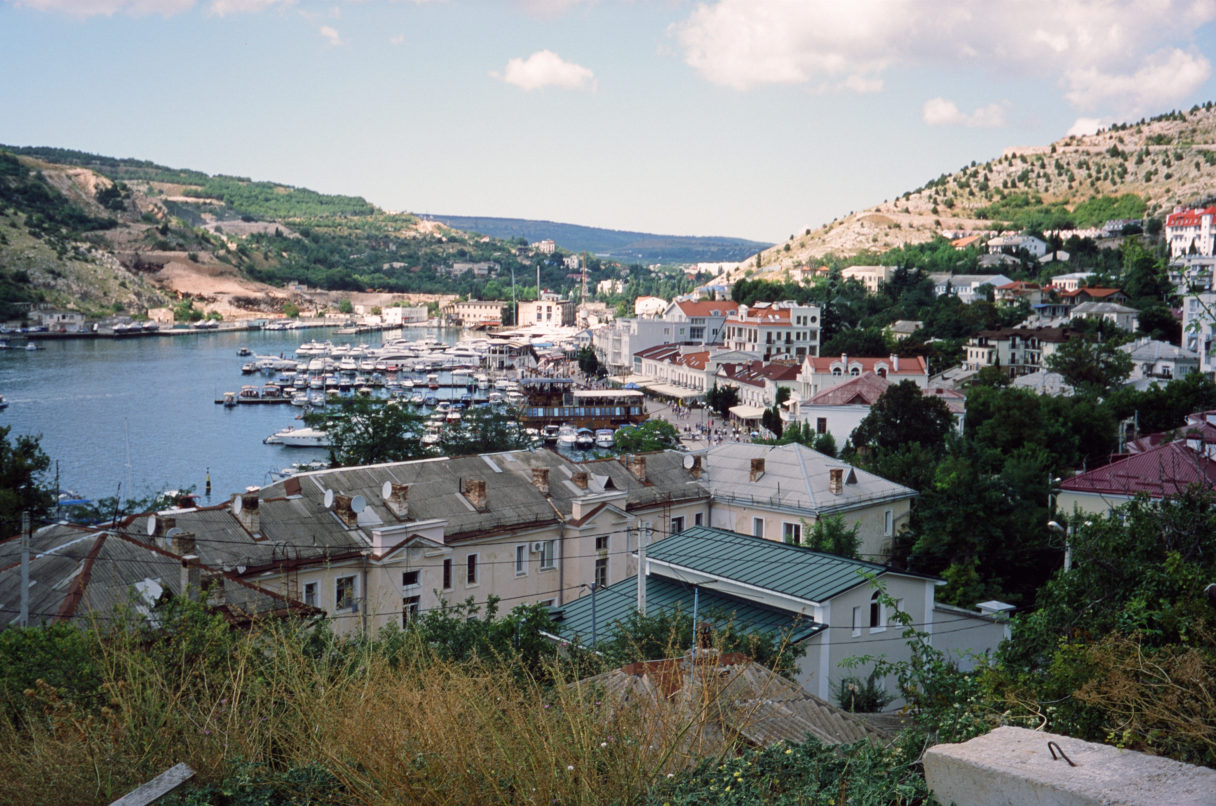
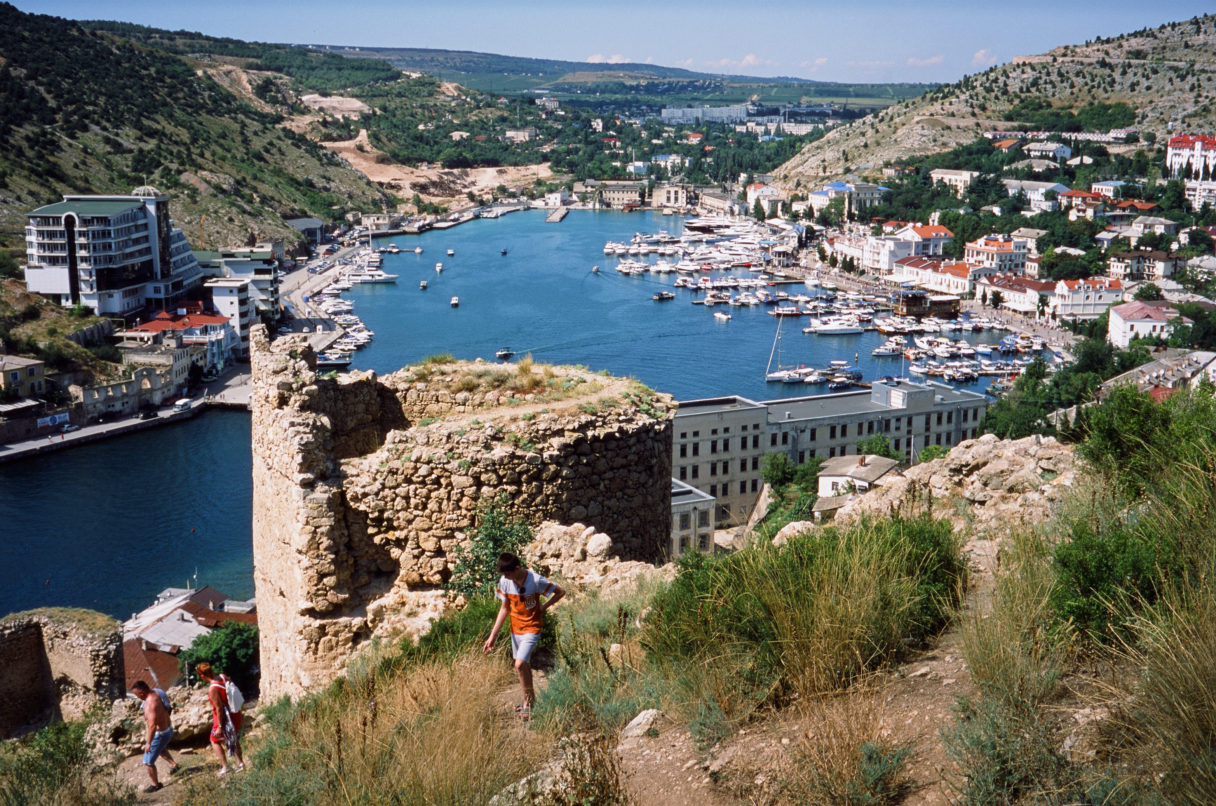
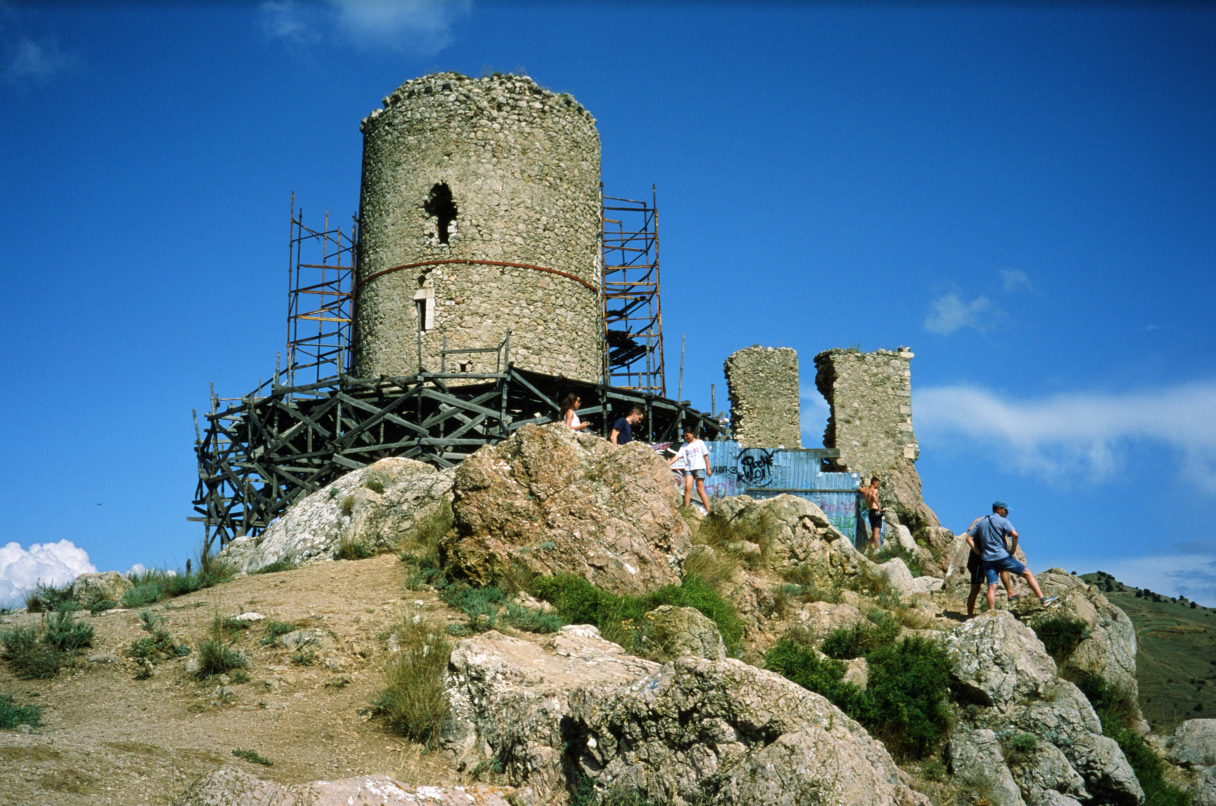
Fujichrome Provia 100F
The little romance of the seaside town:
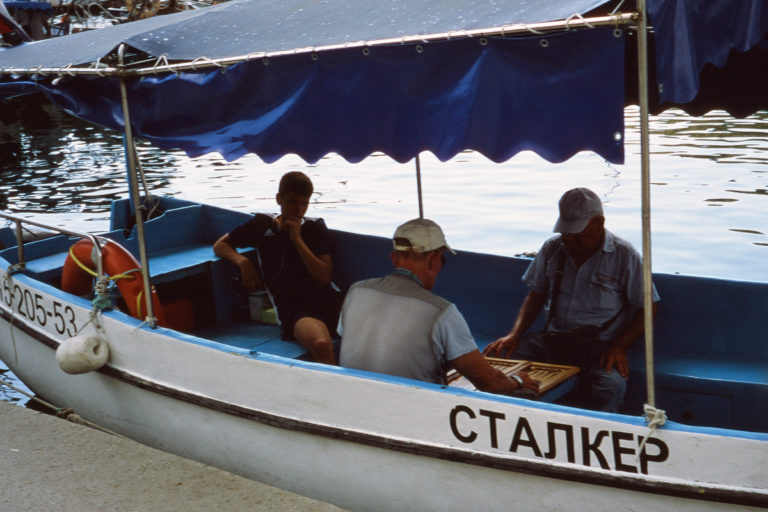
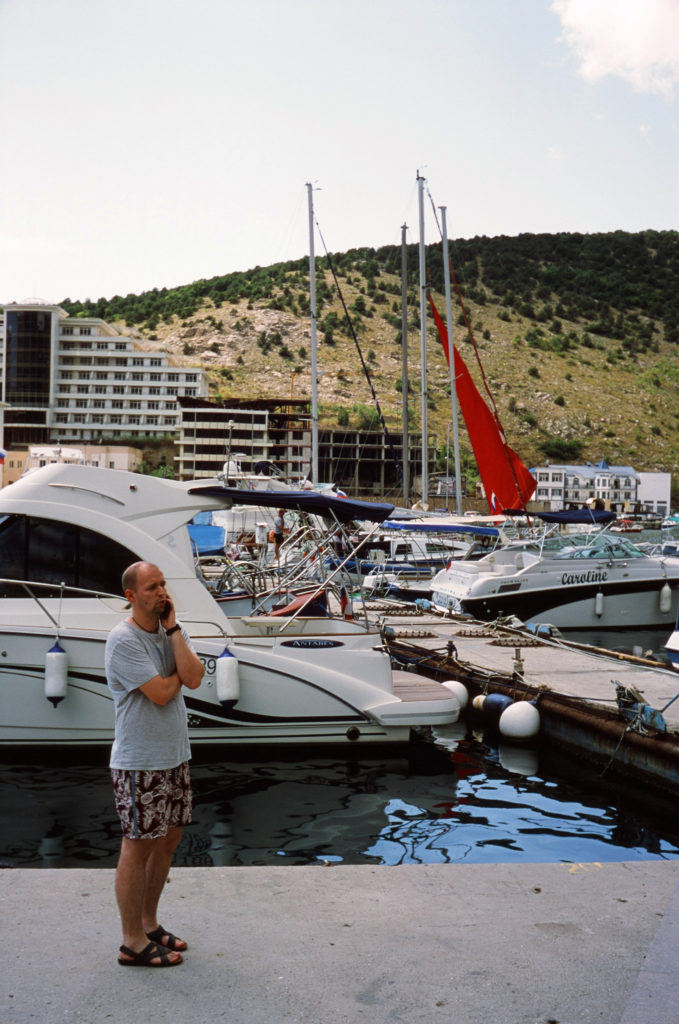
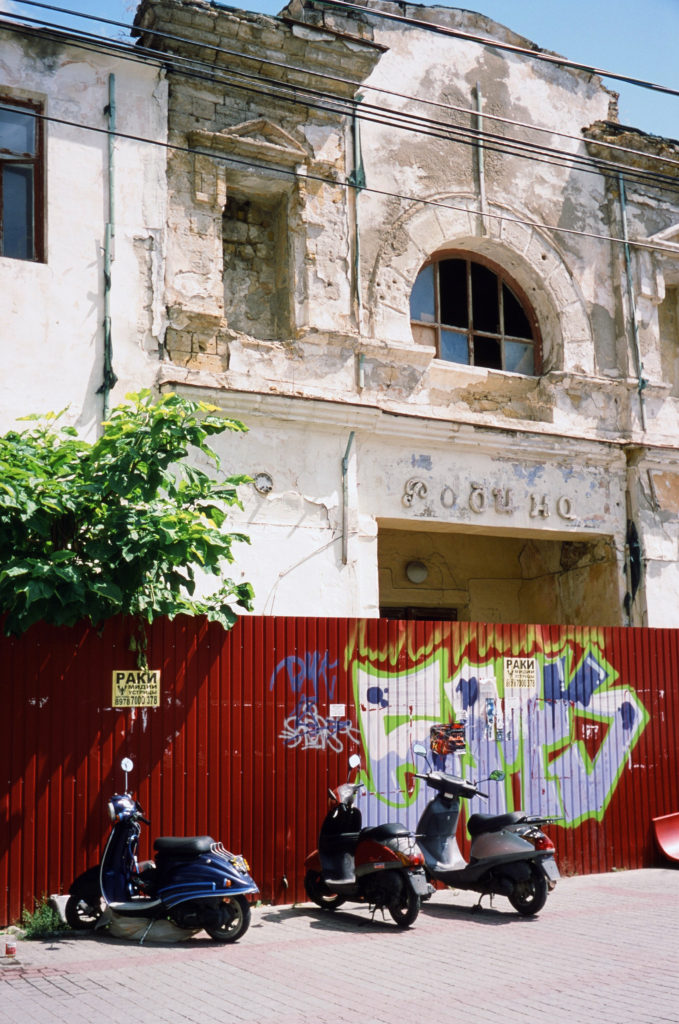
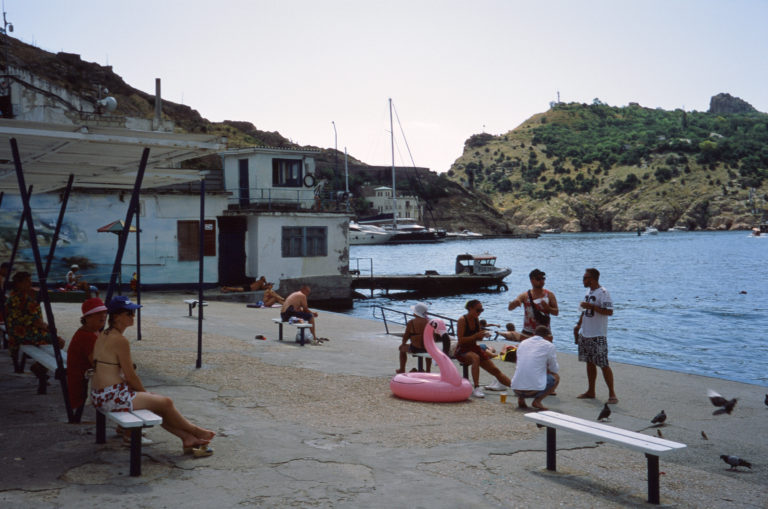
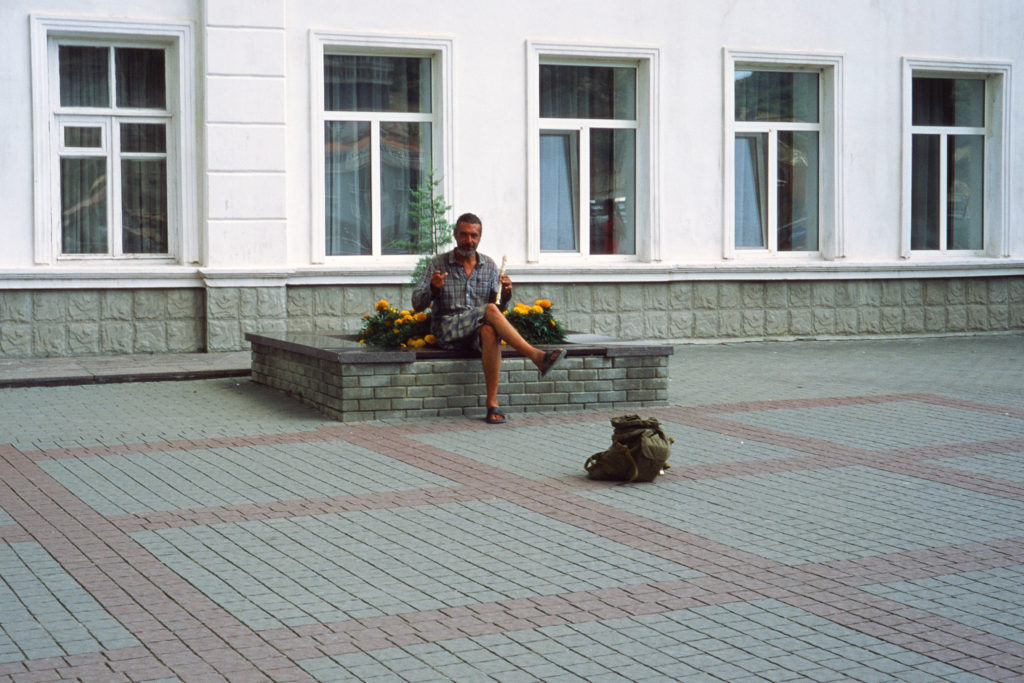
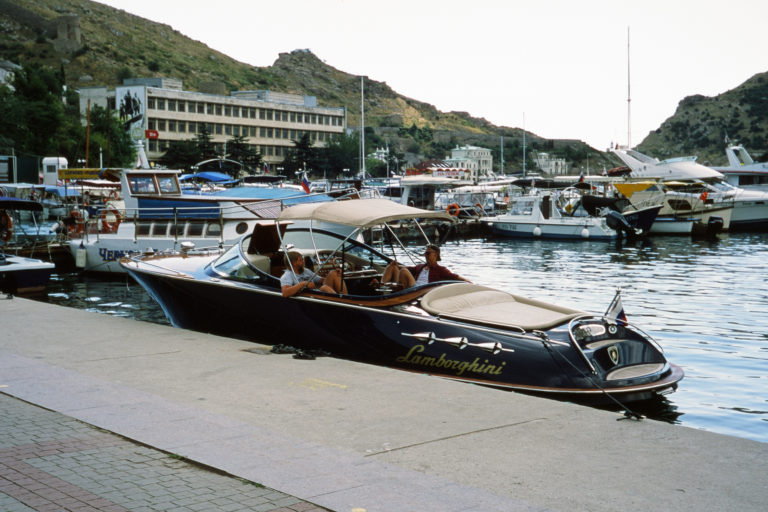
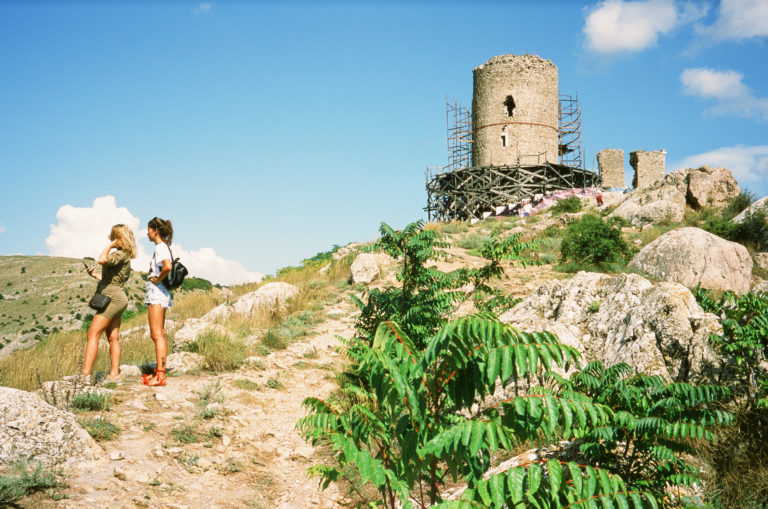
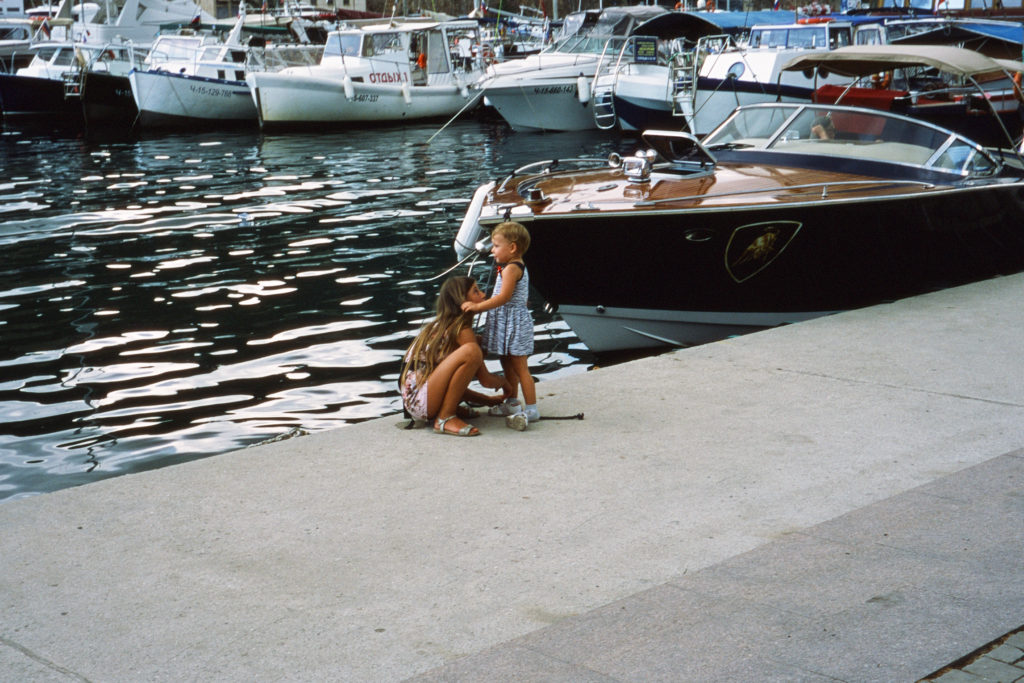

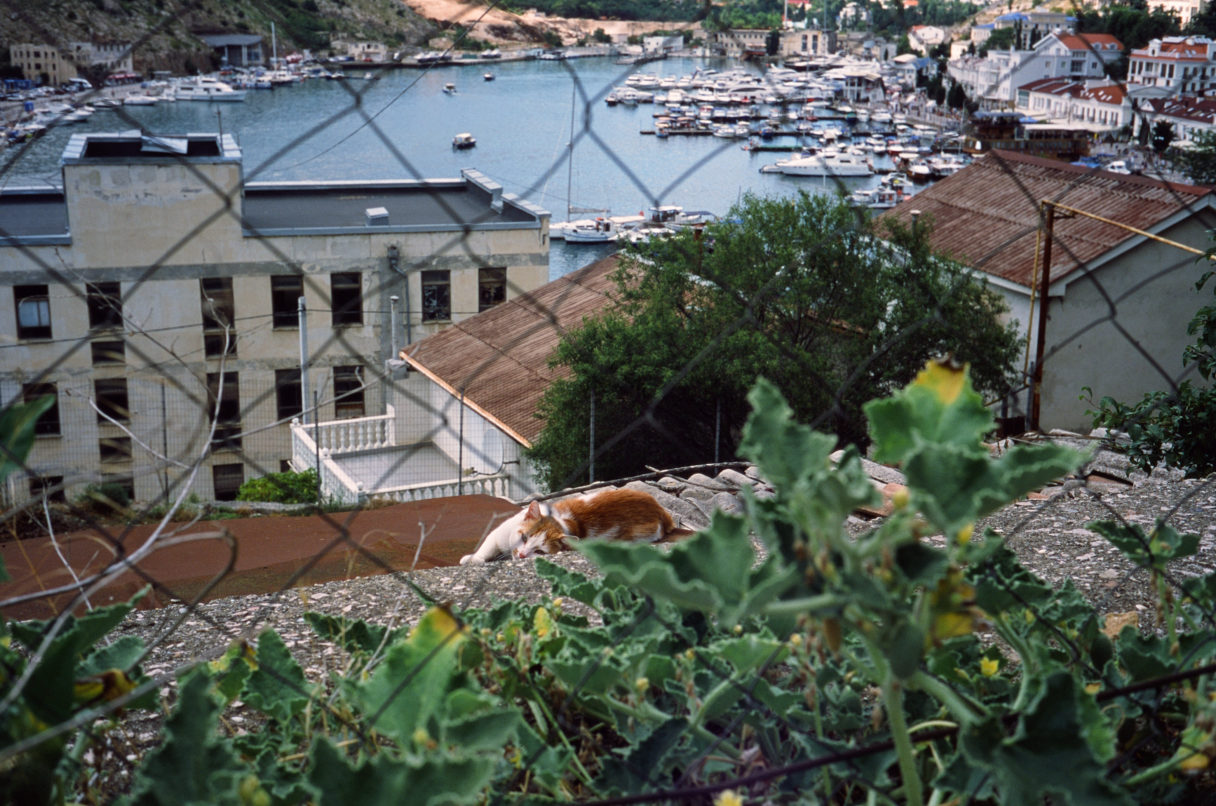
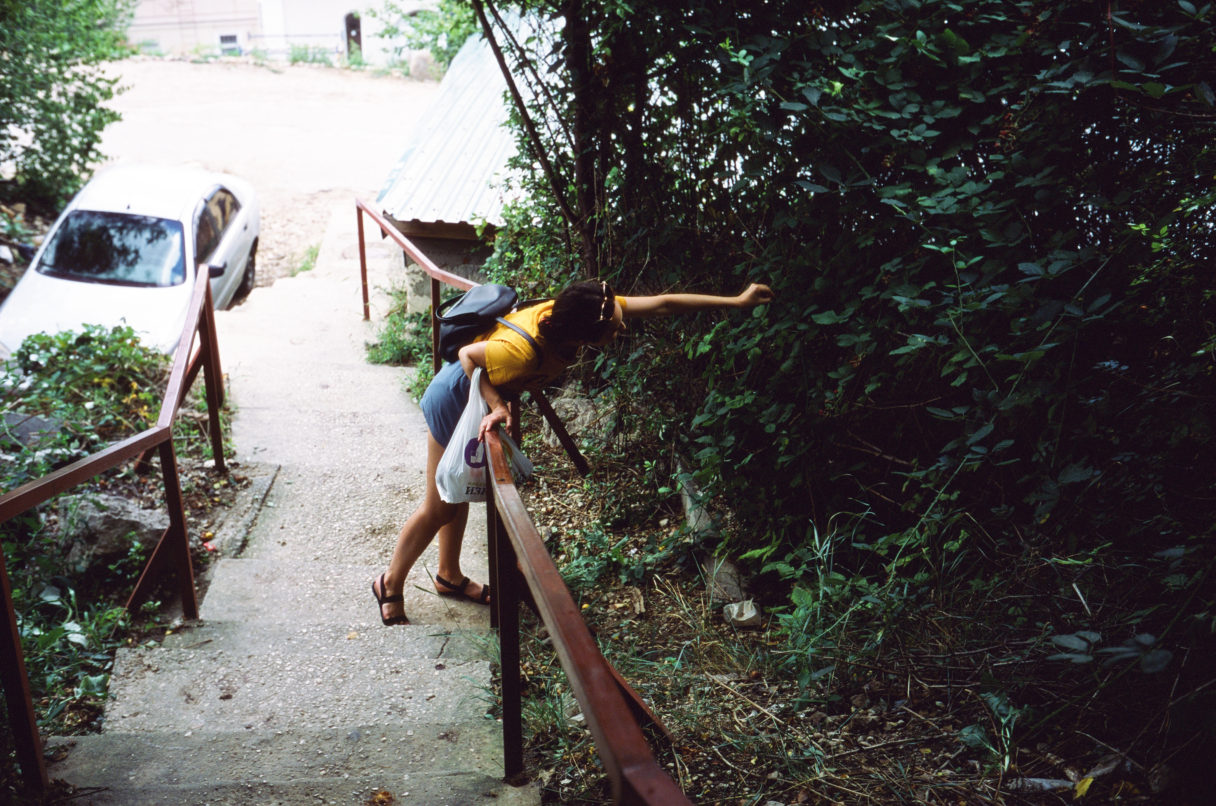
Fujichrome Provia 100F
This time I finally managed to get on the motor-ship to Cape Fiolent, where the beach and the monastery are located. Sailing on the motor-ship for about an hour, but on a light boat can be faster.
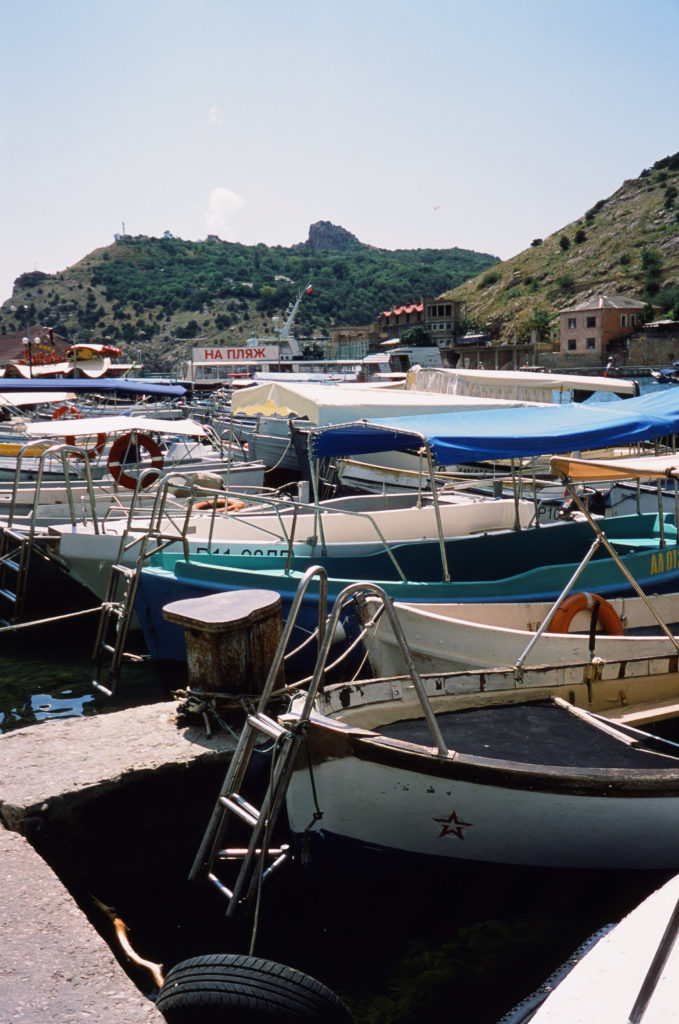
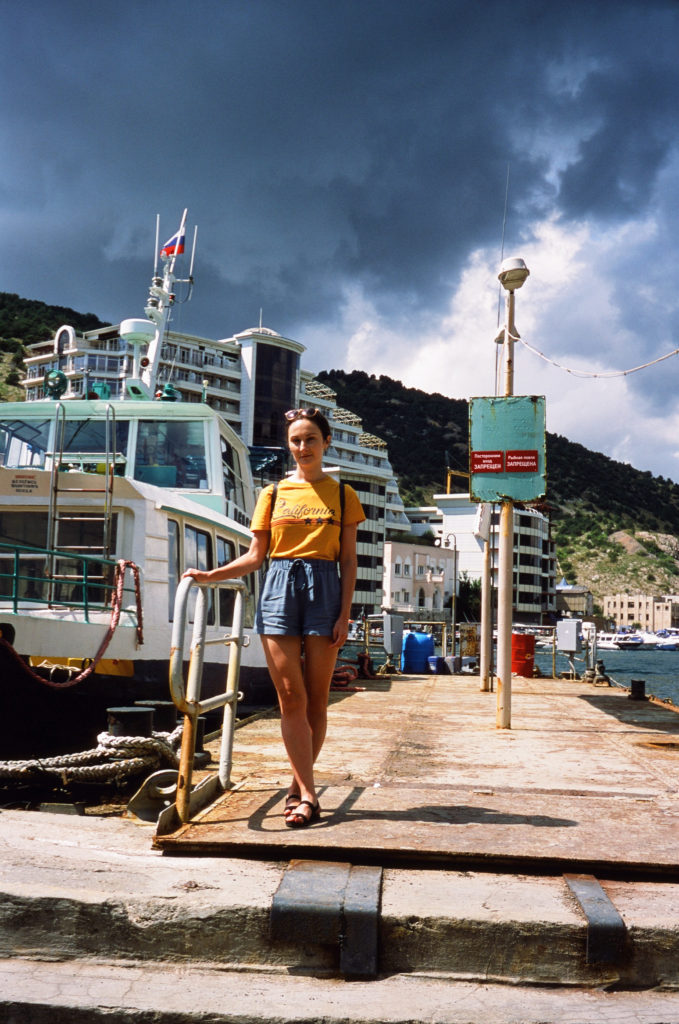
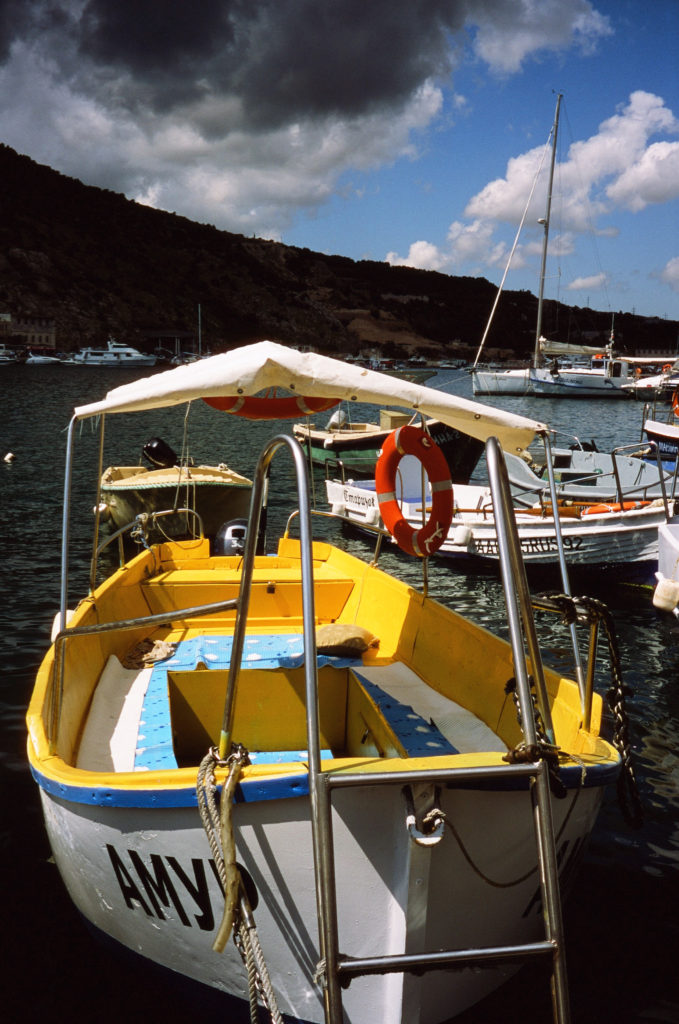
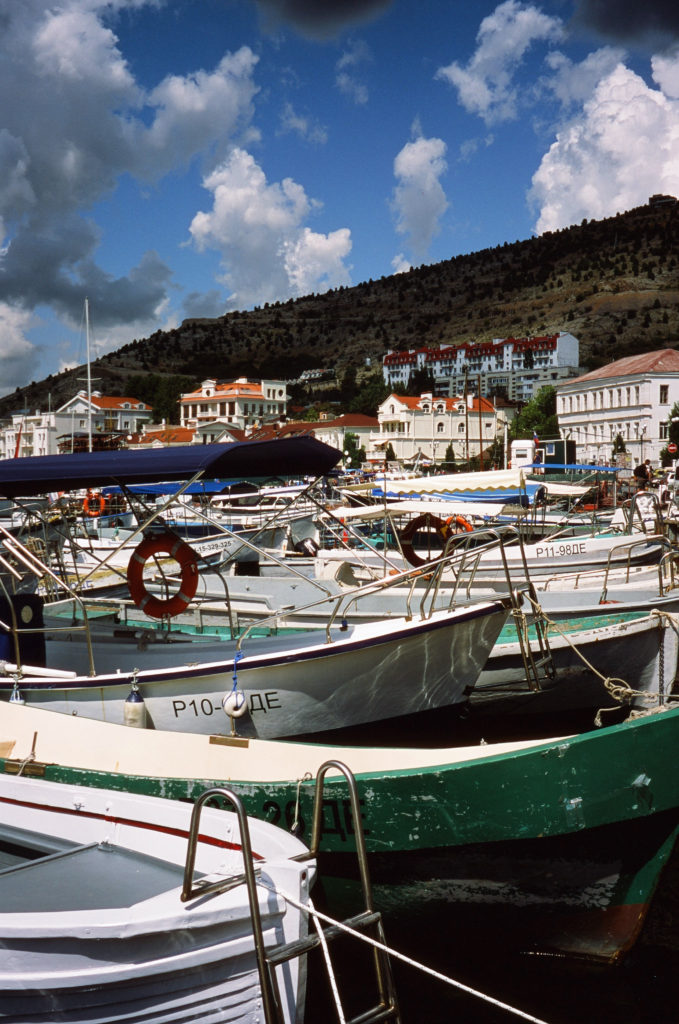
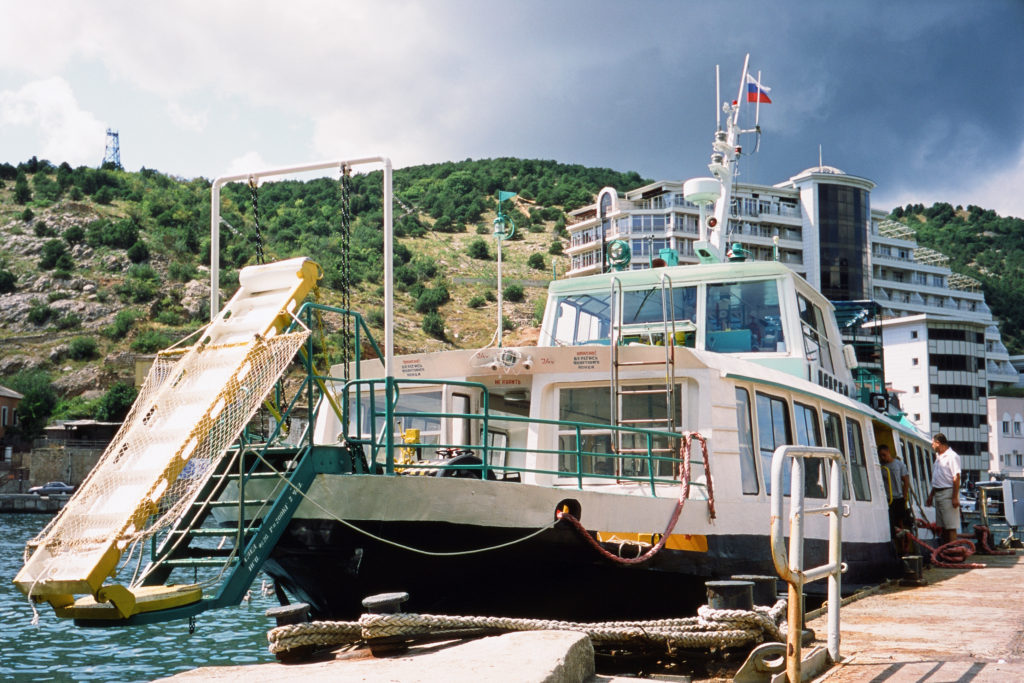
The shore here is impregnable cliffs and even the beach is a narrow strip of small pebbles near the cliffs. To climb up to transport you need to overcome 800 steps to the monastery. The steps are high and very uncomfortable, so your climb will be fast, but difficult.
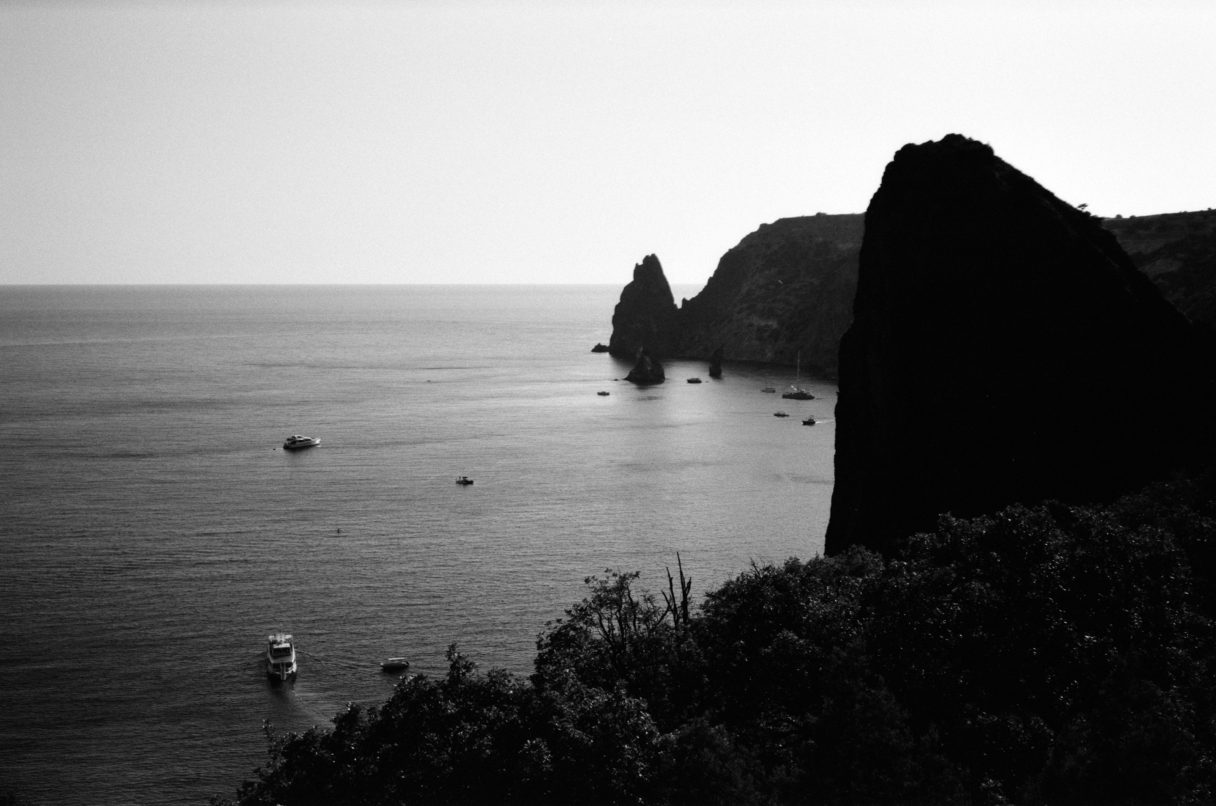
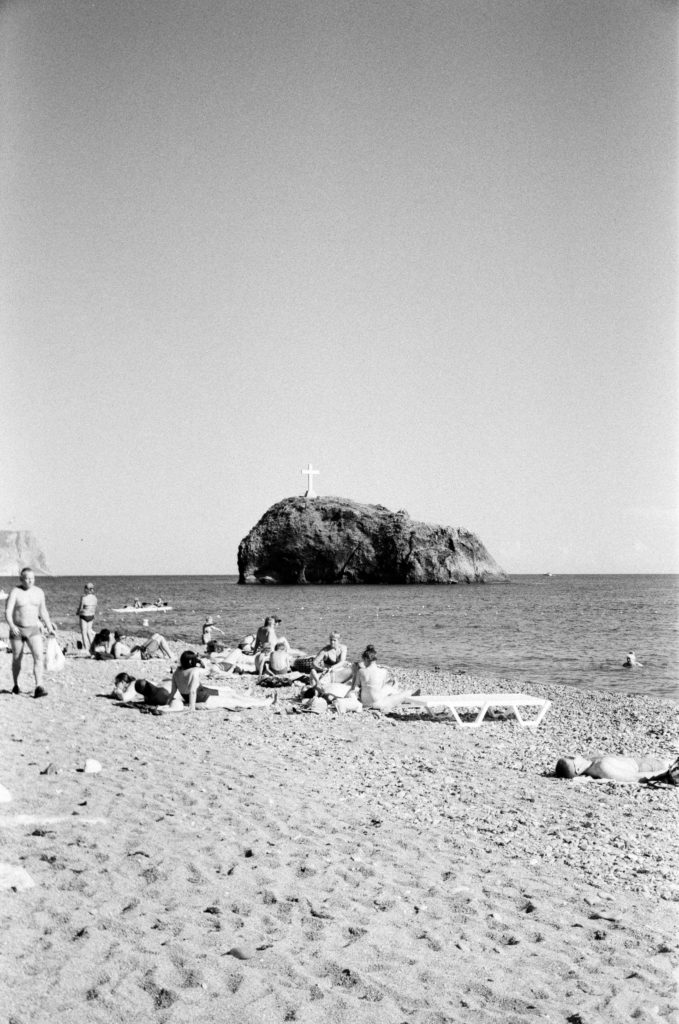
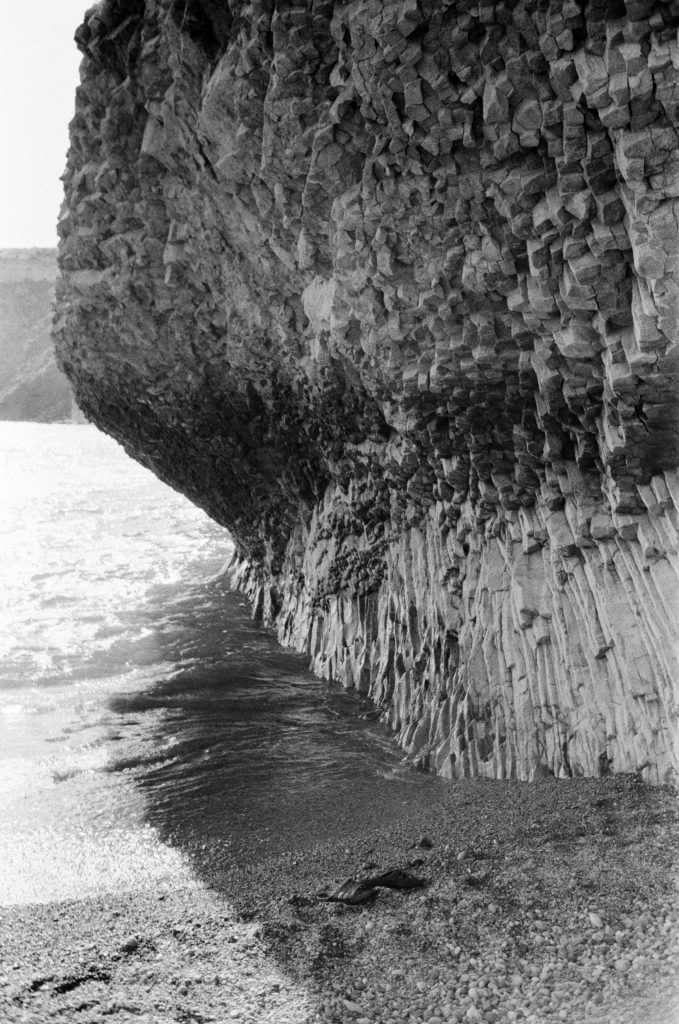
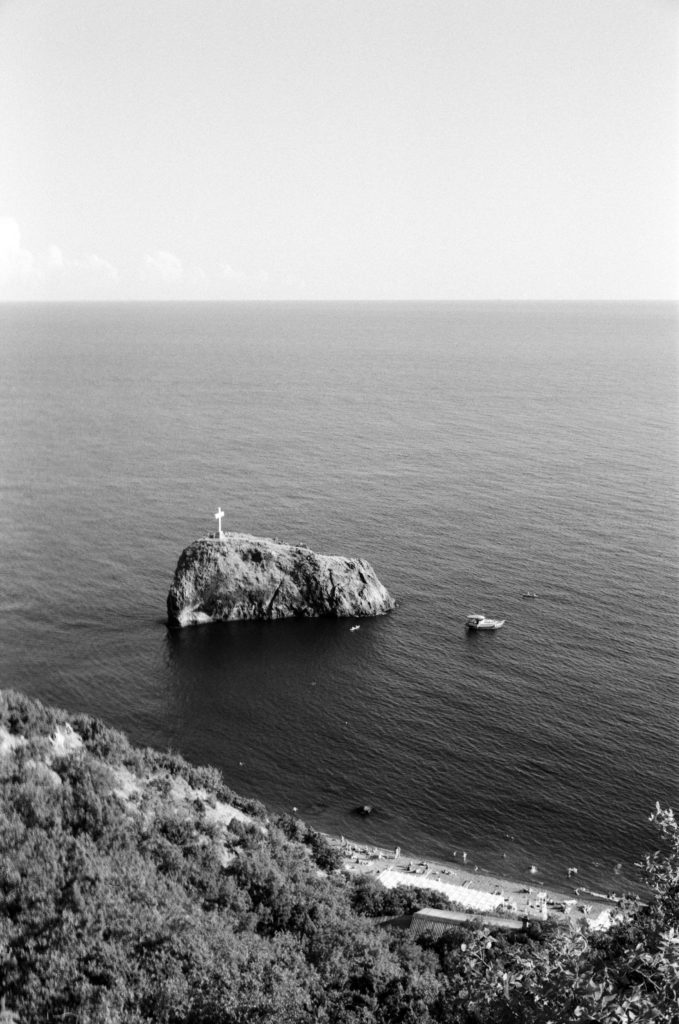
After climbing bus was waiting for me and next step – the Sevastopol station to back to Yalta. The road between the cities extends mainly along the sea at the foot of the mountains, but is relatively flat and gentle. My favorite cypress trees grow along the road.
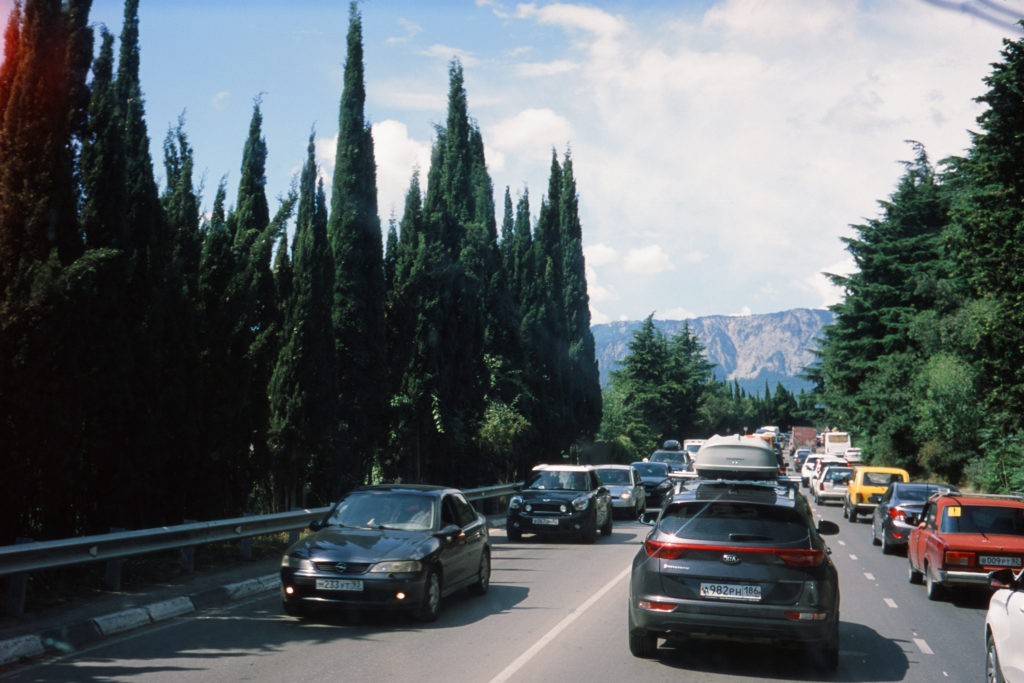
The remaining days of vacation I spent in the city. Yalta was preparing for the day of the city and transformed: people filled the embankment and central streets.
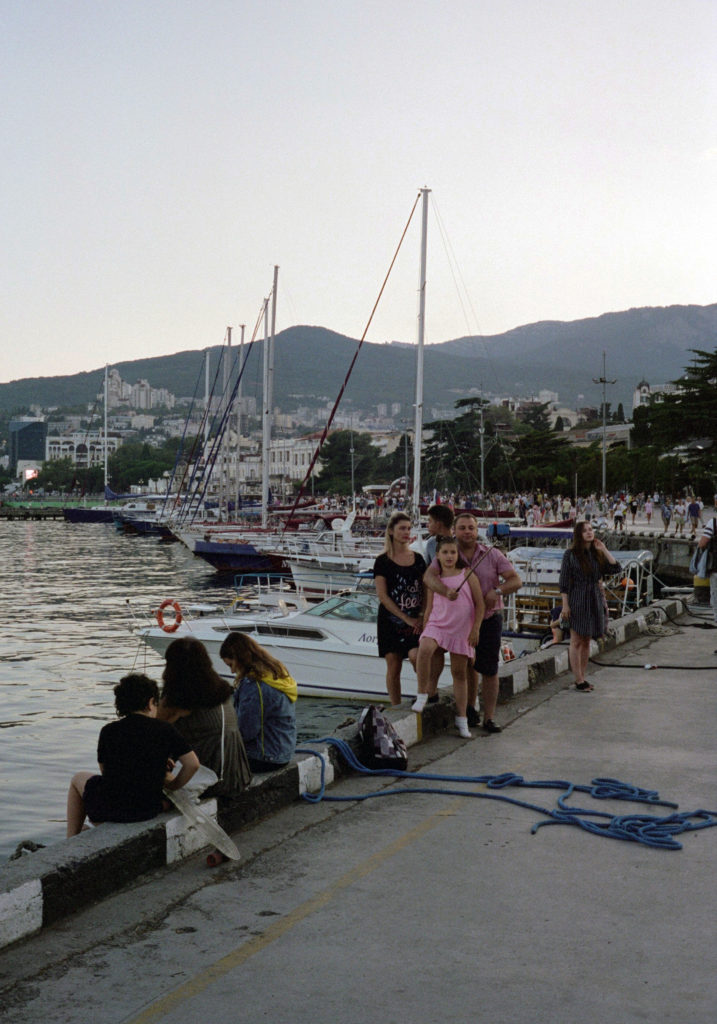
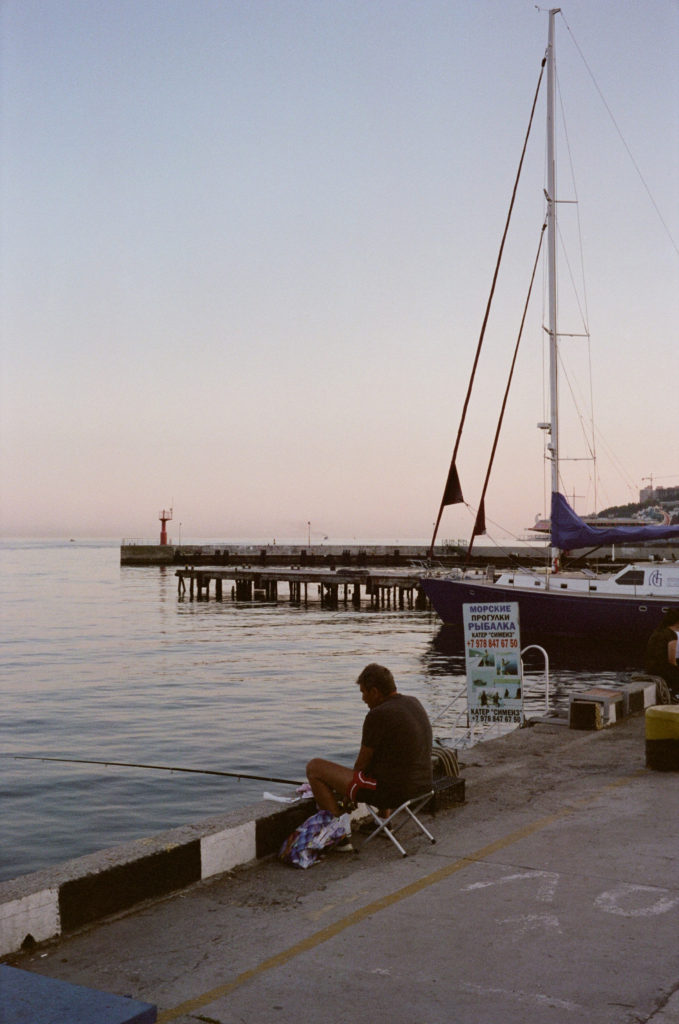
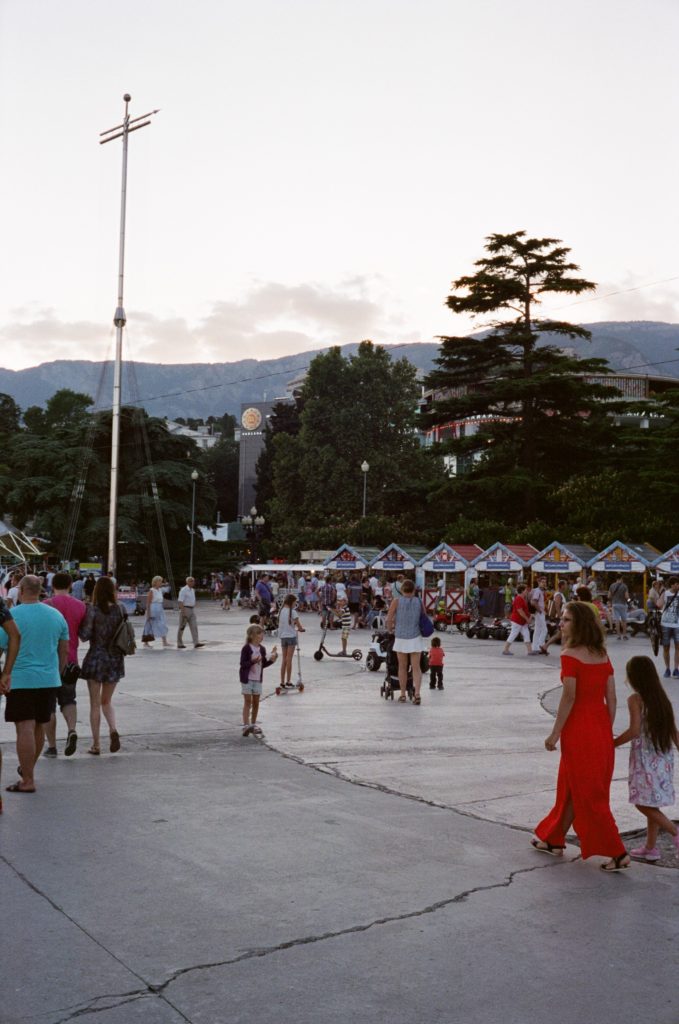
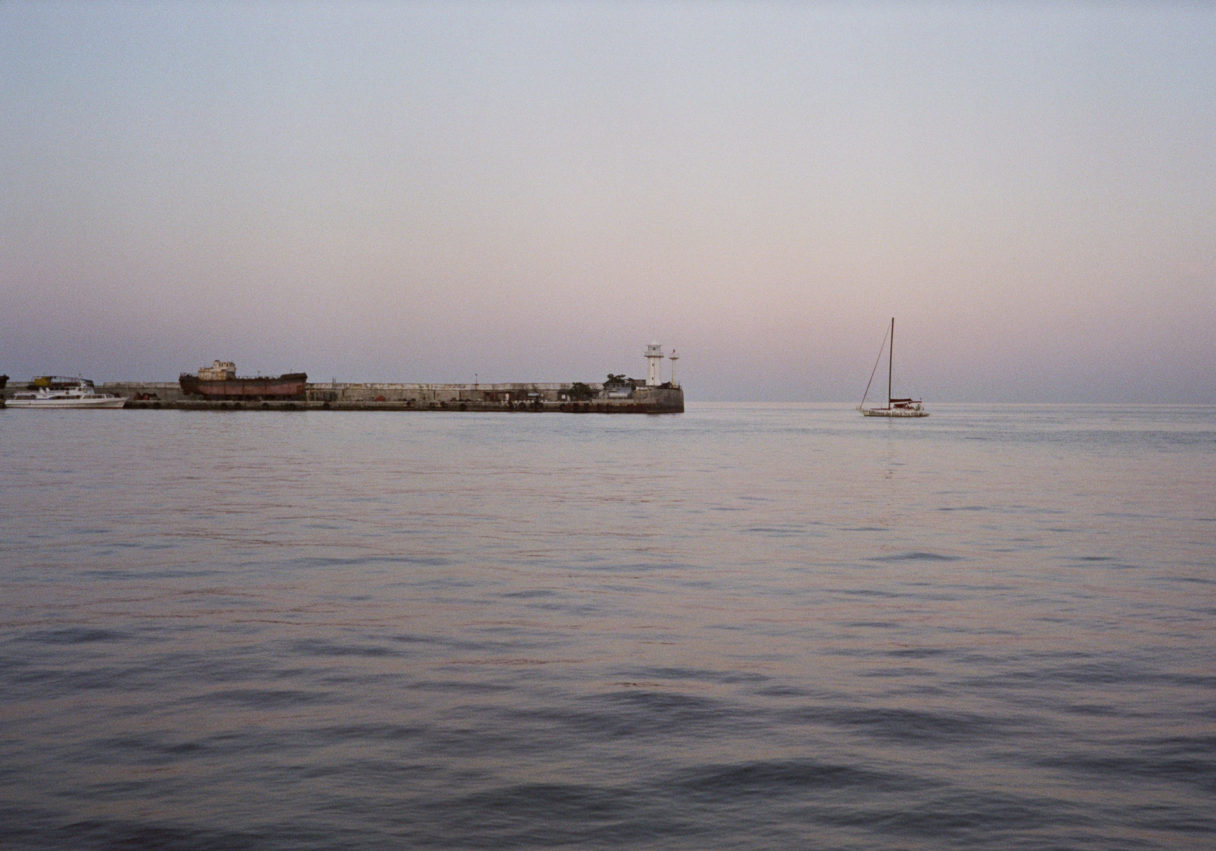
Fujicolor PRO 400H
Taking a walk on the last day of my vacation I saw the arrival of Chersonese – training sail frigate (built in Poland in 1989 for the USSR).
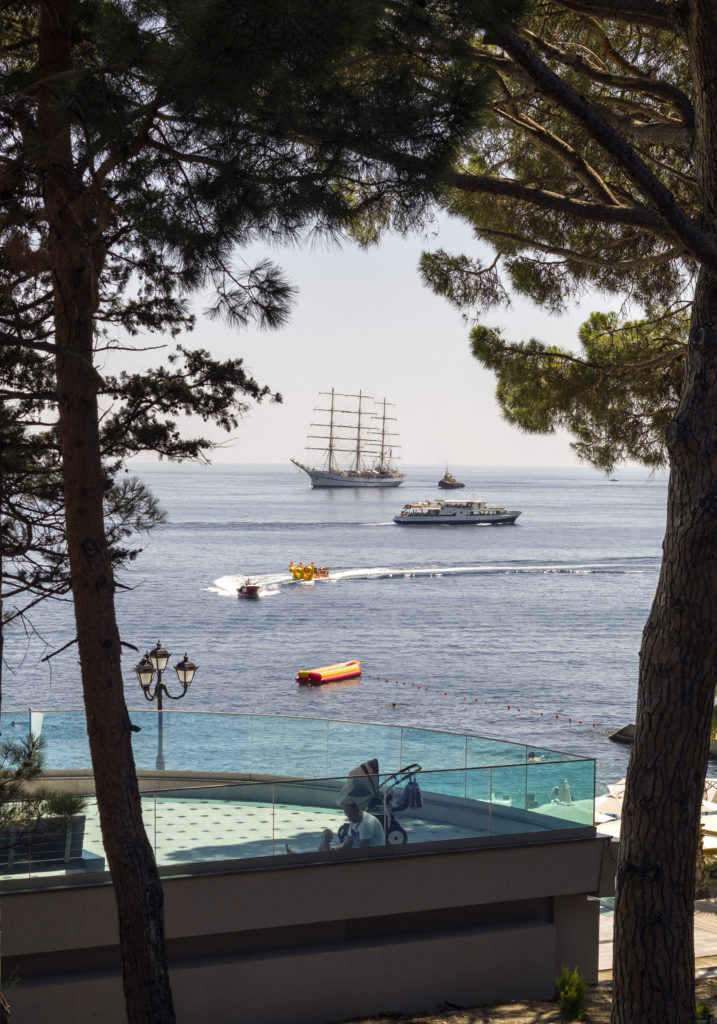
A year ago I saw a frigate in Sevastopol: ship stood at the pier in the city center and then it was impossible to visit. I managed to get on a ship on the this trip: tall masts did not fit into my focal length, and the superstructure seemed too “modern” for a sailing ship.
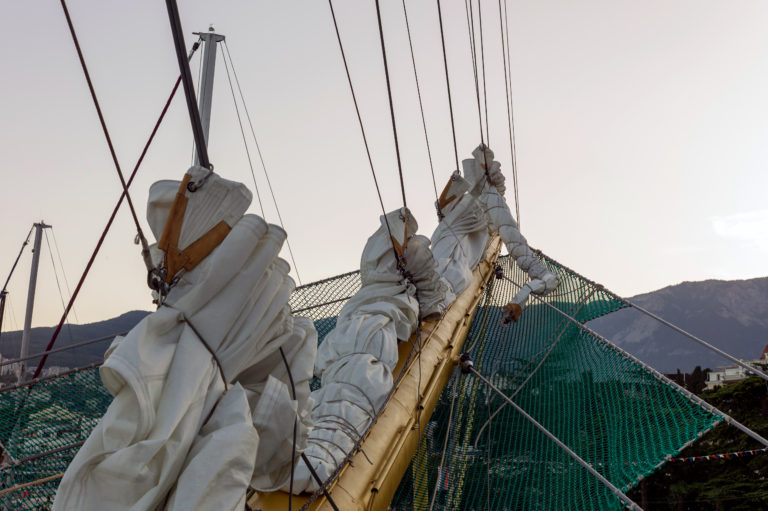
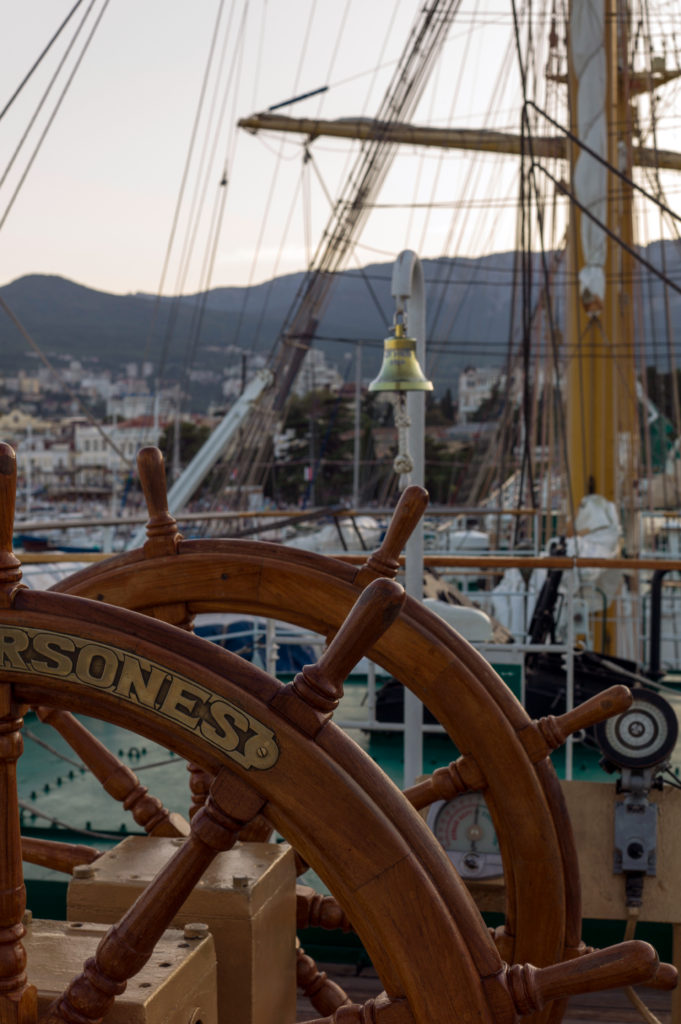
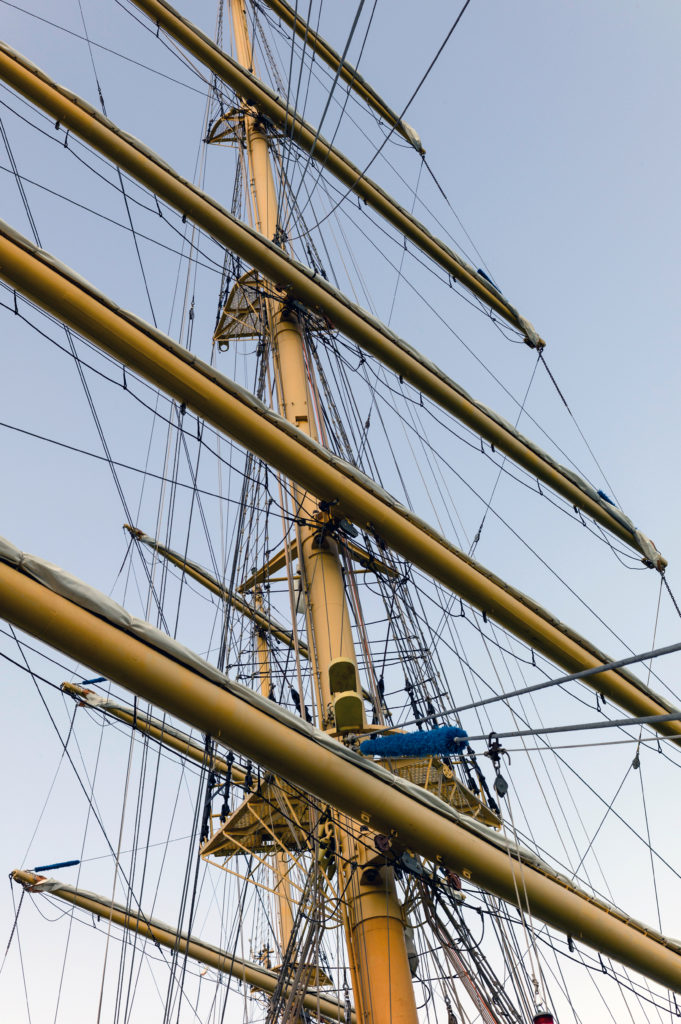
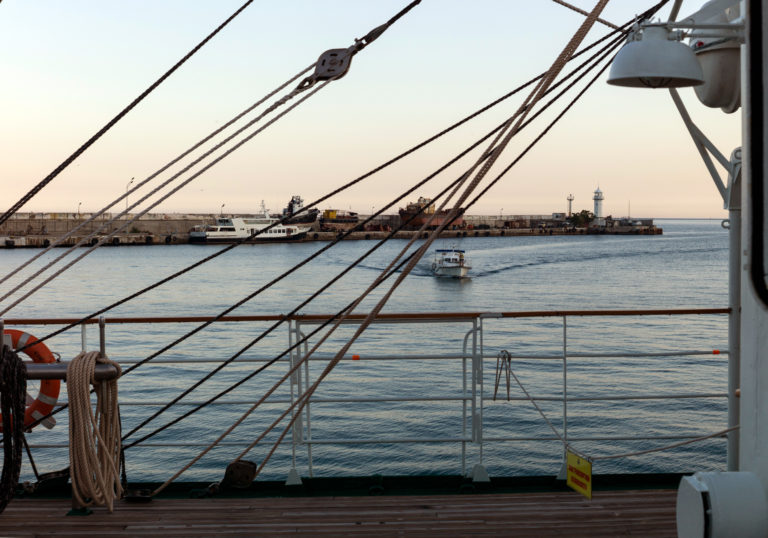
The deck of the ship is wooden and young cadets scurry on it – you can ask them something about the ship.
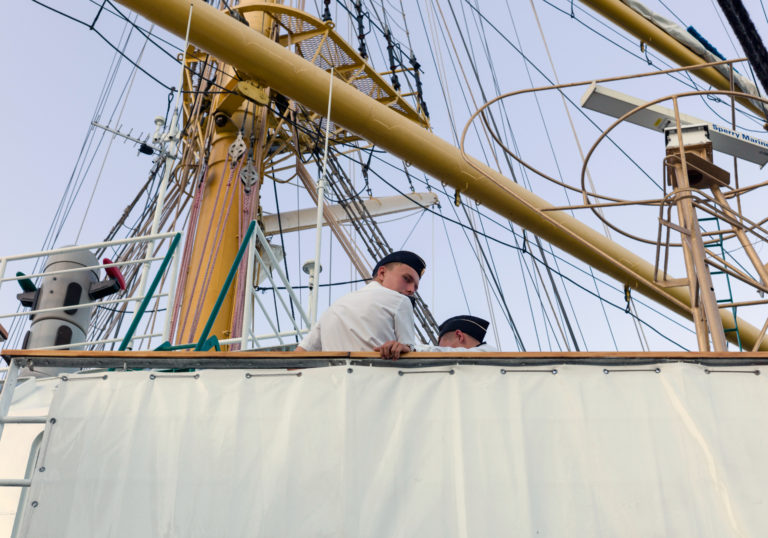
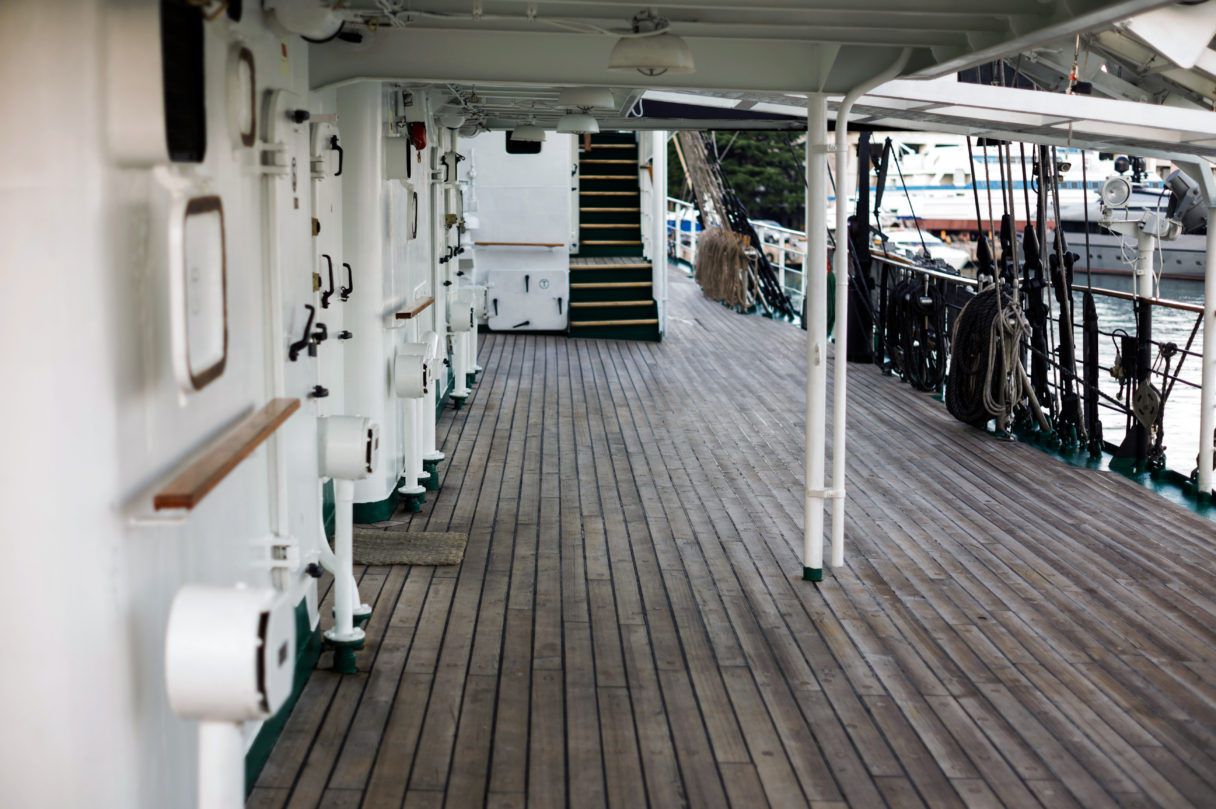
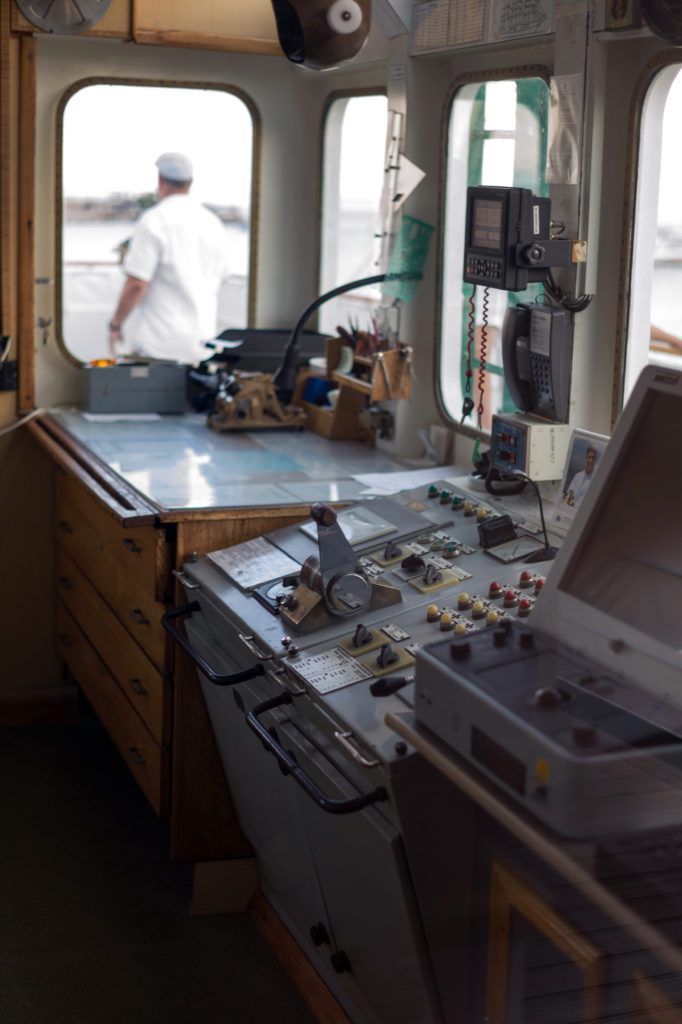

By the end of the day I had neither the more film nor the desire to shoot on digit camera, because I had already left the hotel and all day I was on my feet – I very tired. But still, more photos this time than in previous trips to the Crimea:
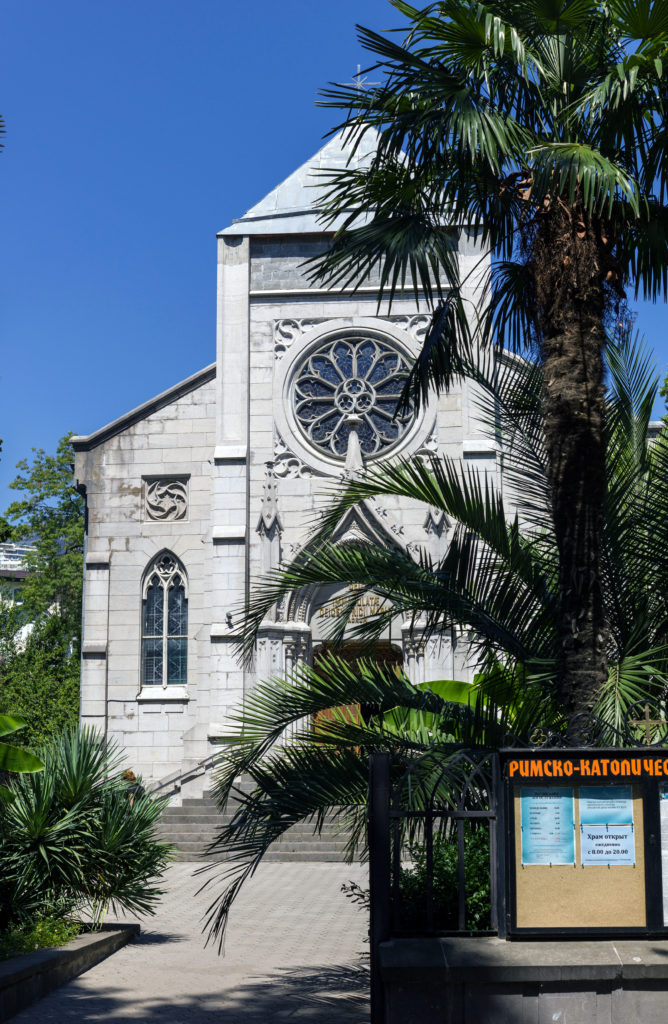
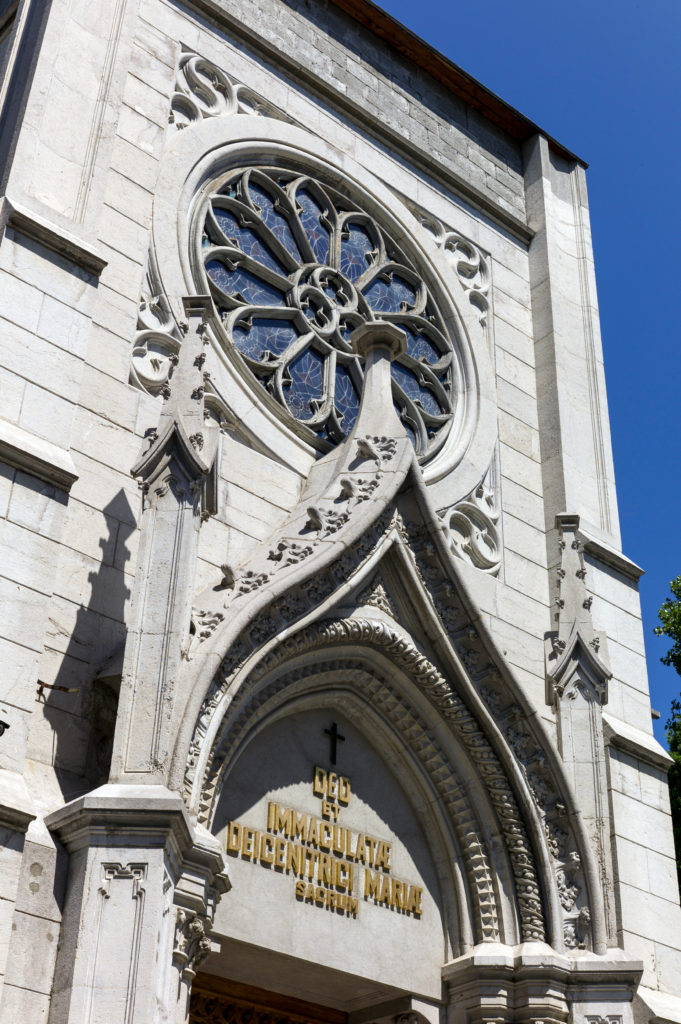
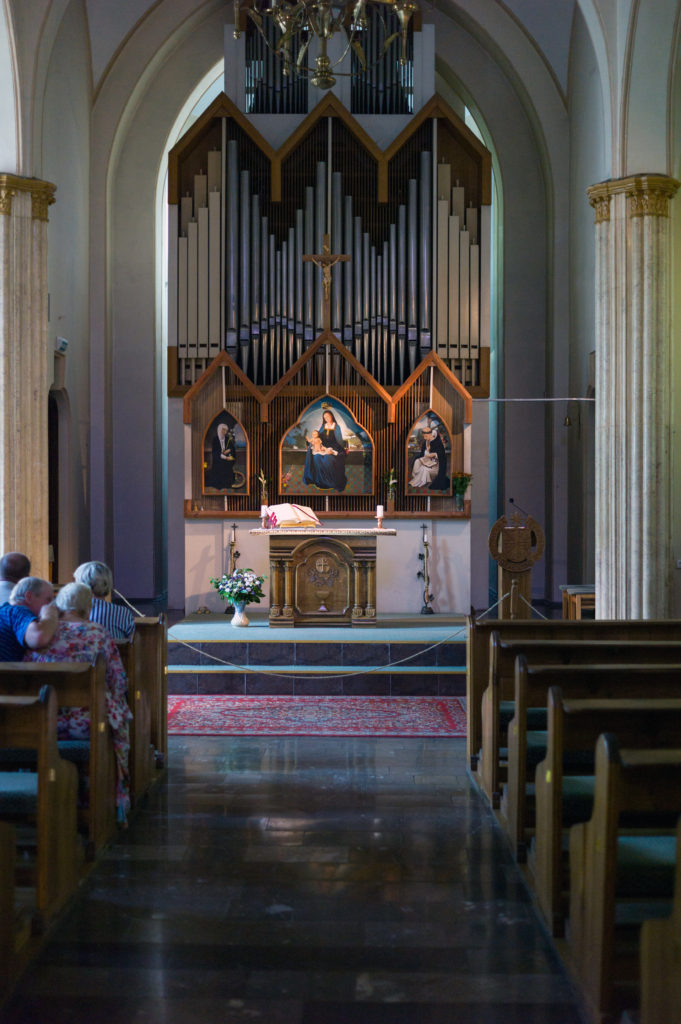
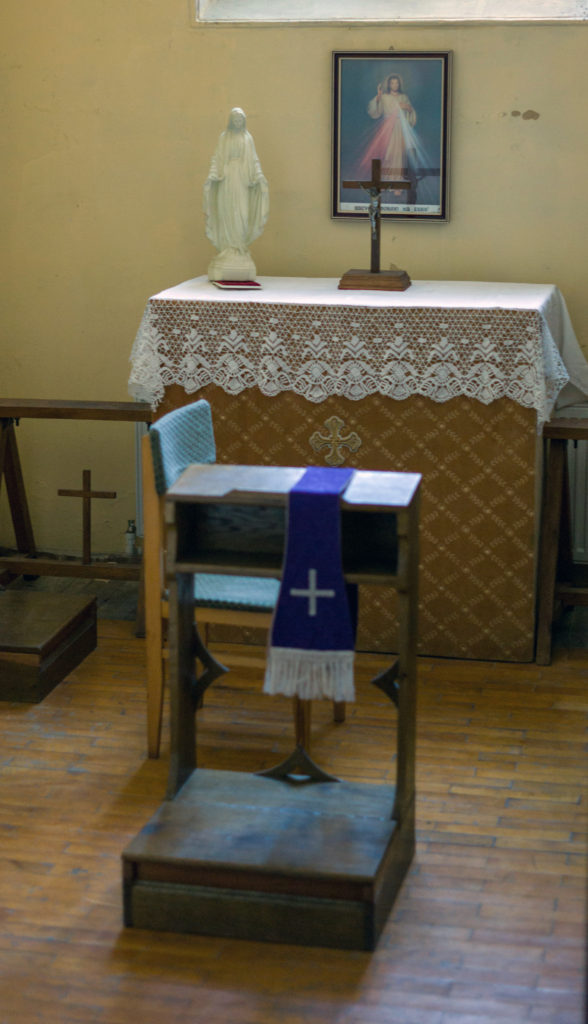
This is the Roman Catholic Church, which unexpectedly lurked in the streets of Yalta.
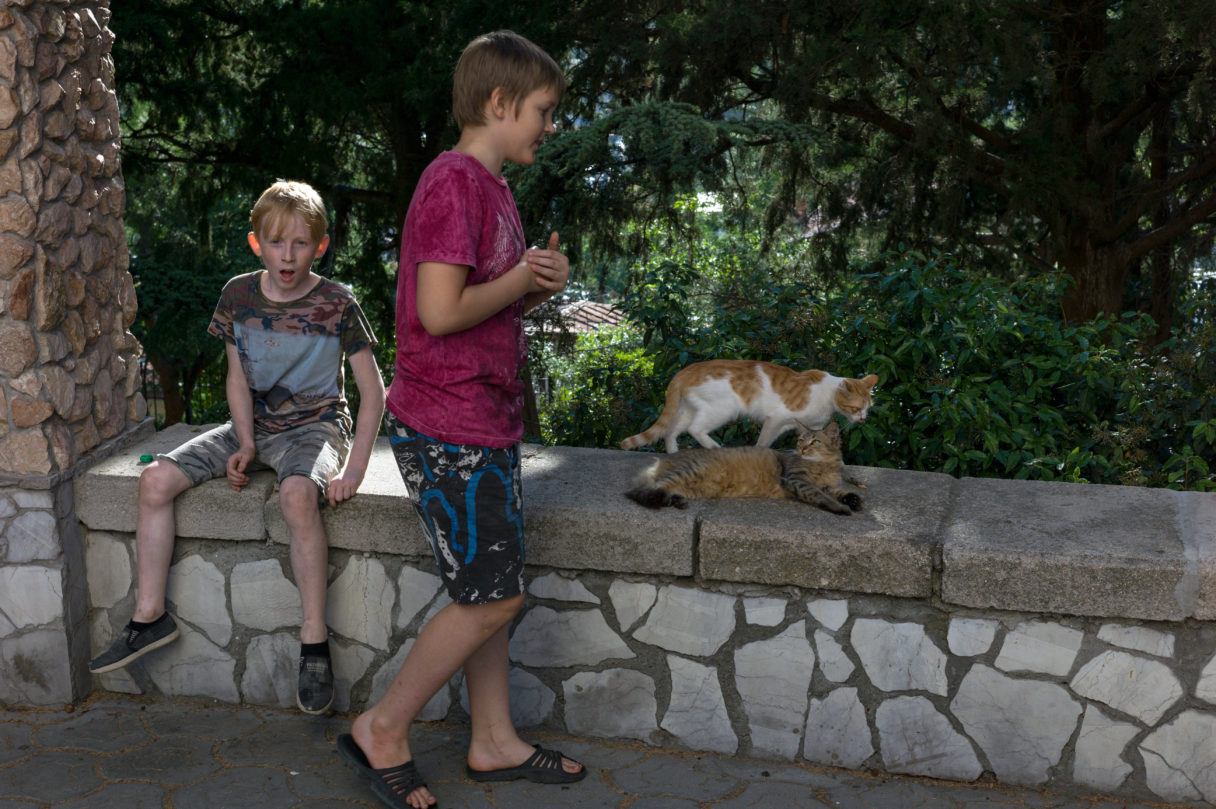
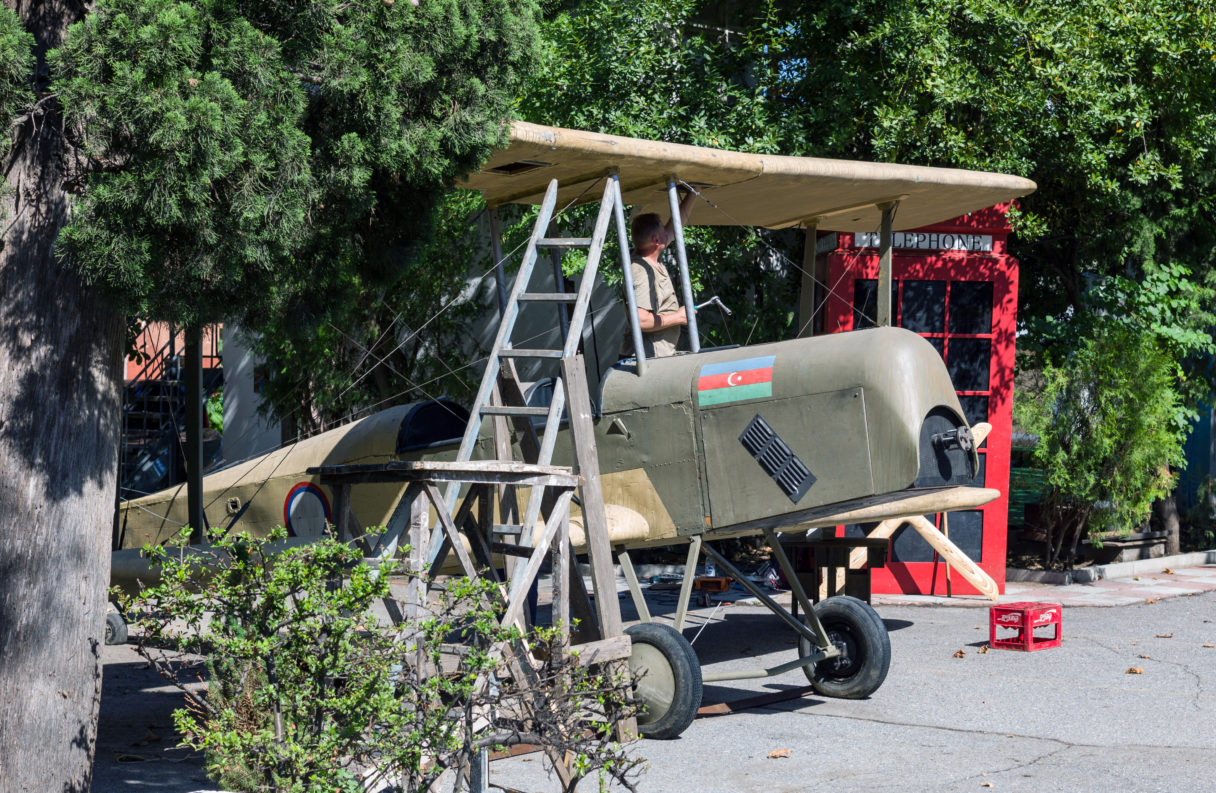
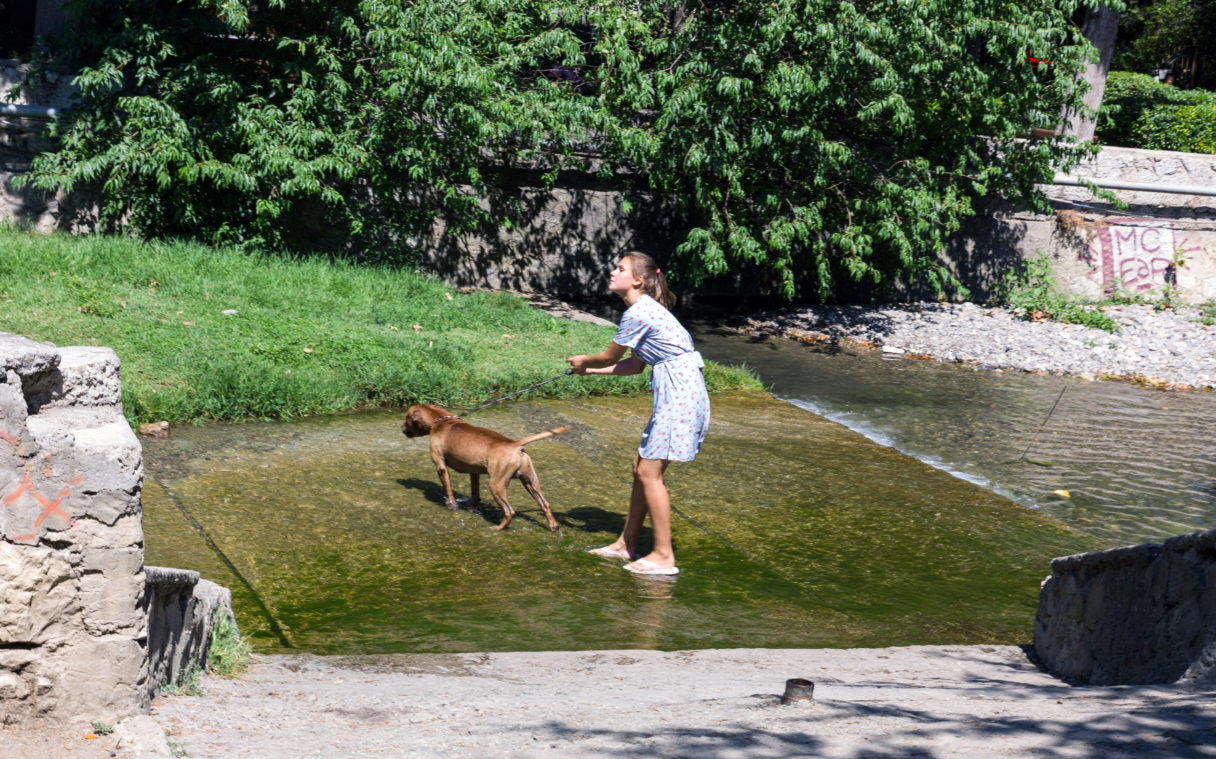
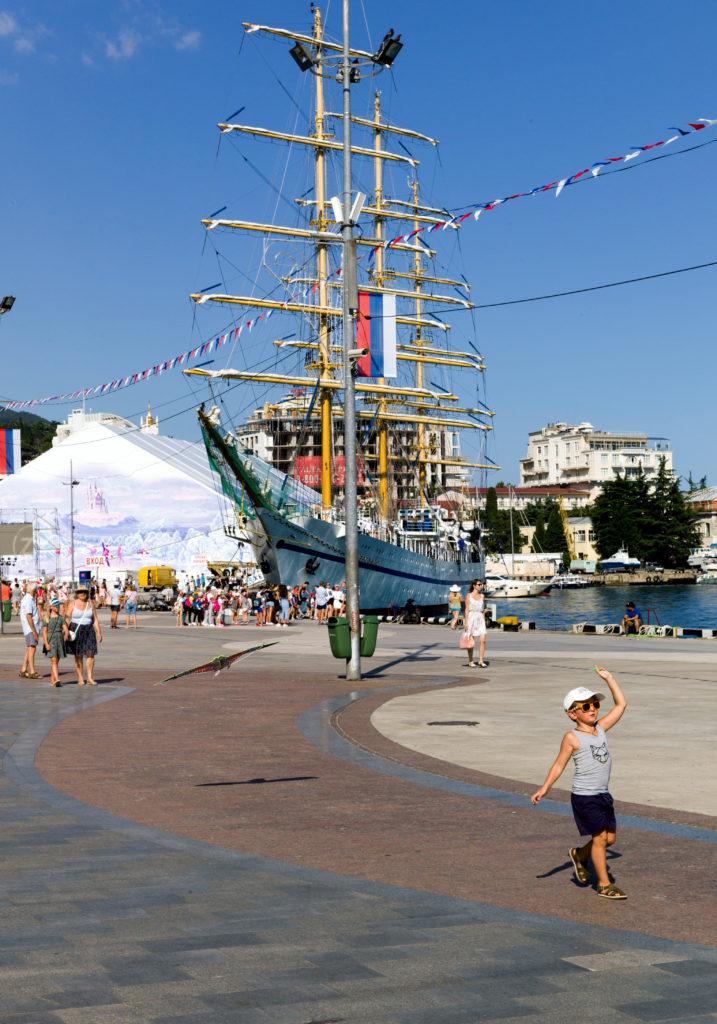
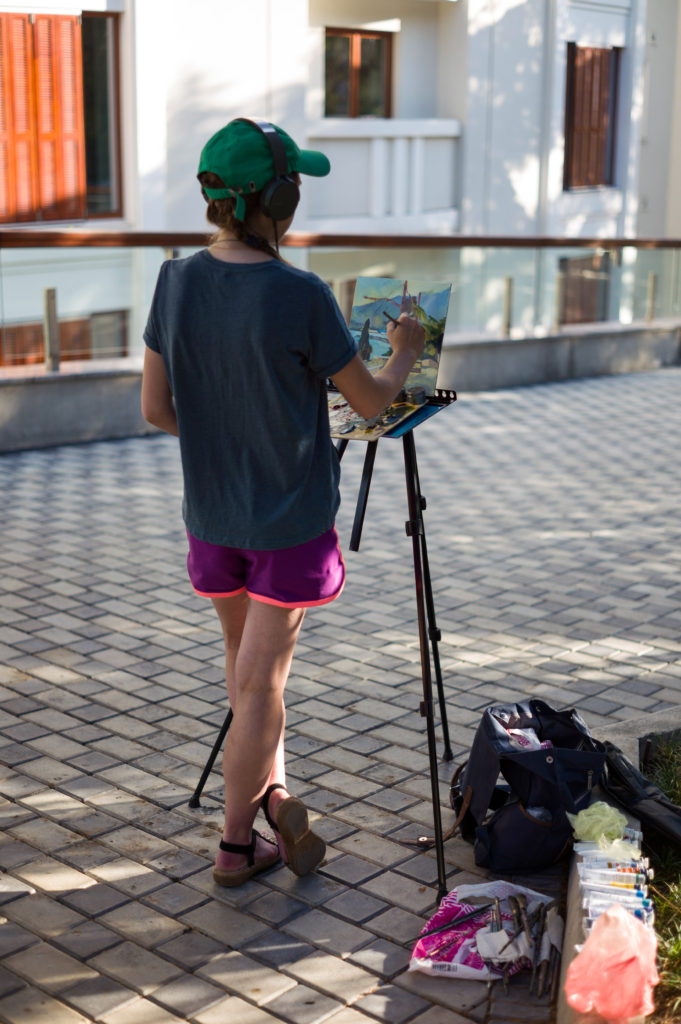
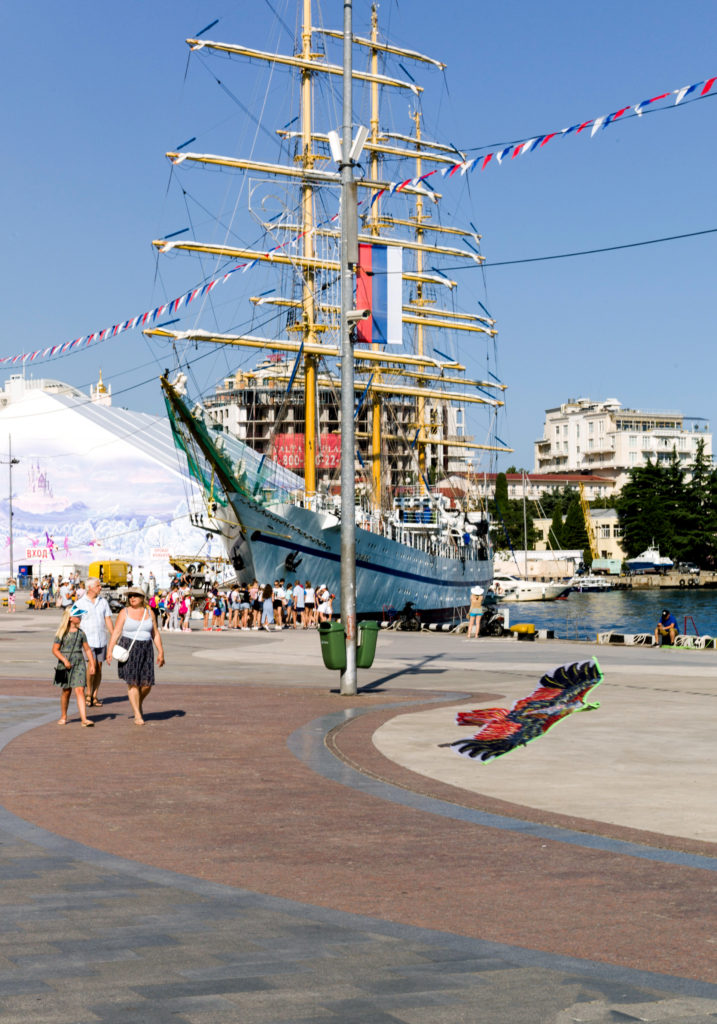
Some beautiful houses and streets:
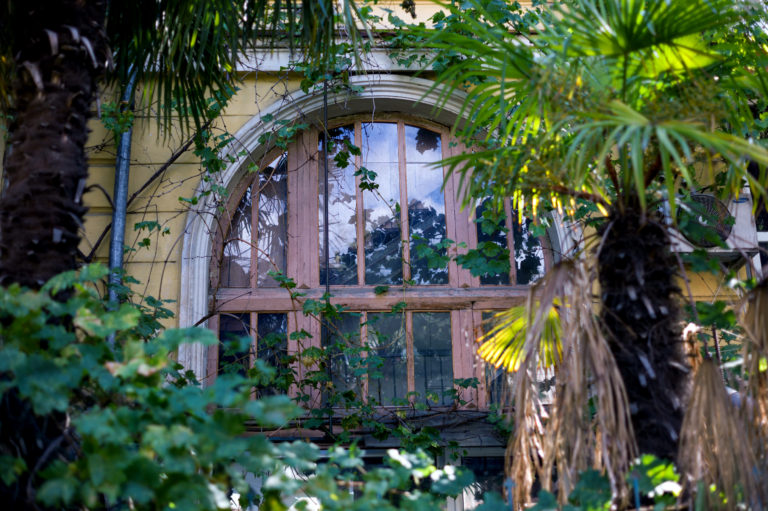
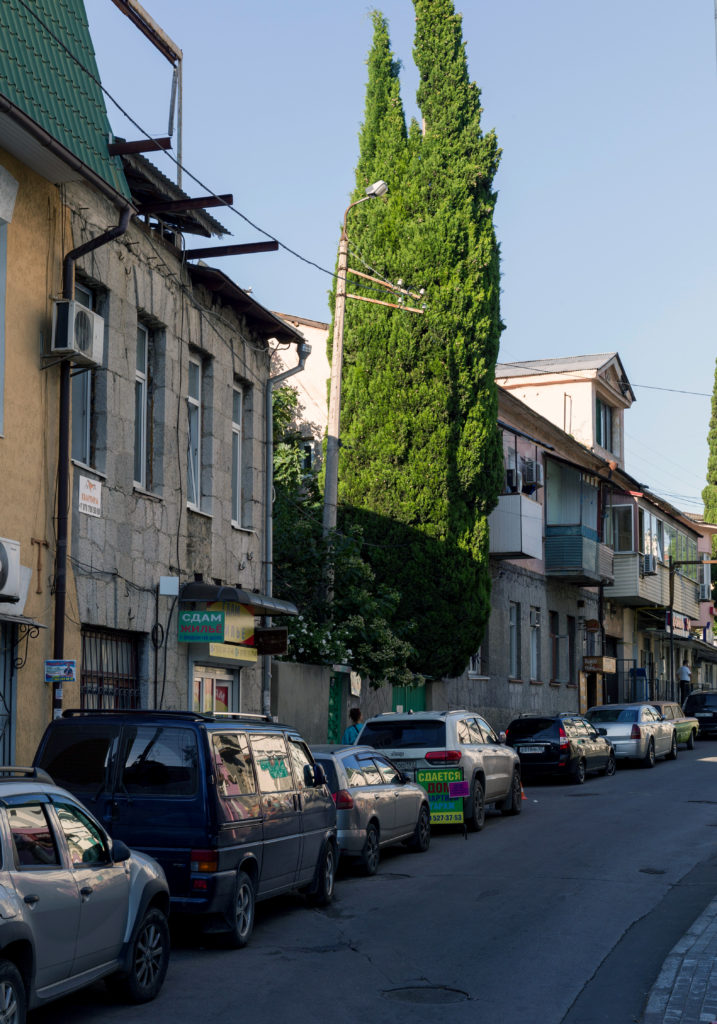
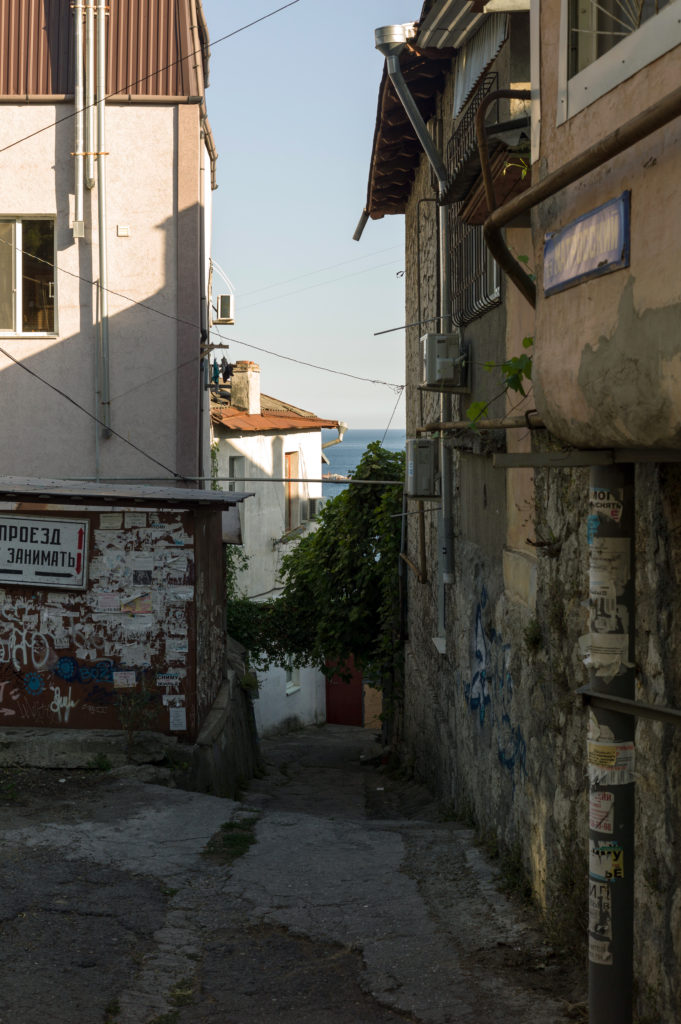
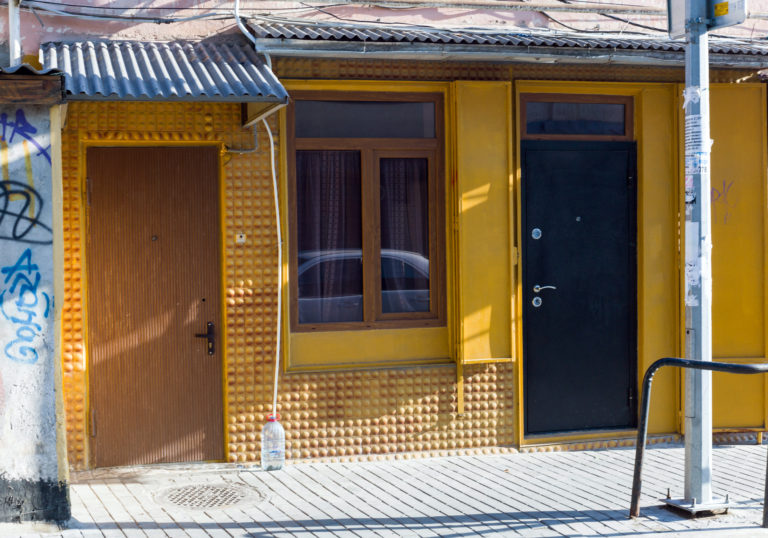
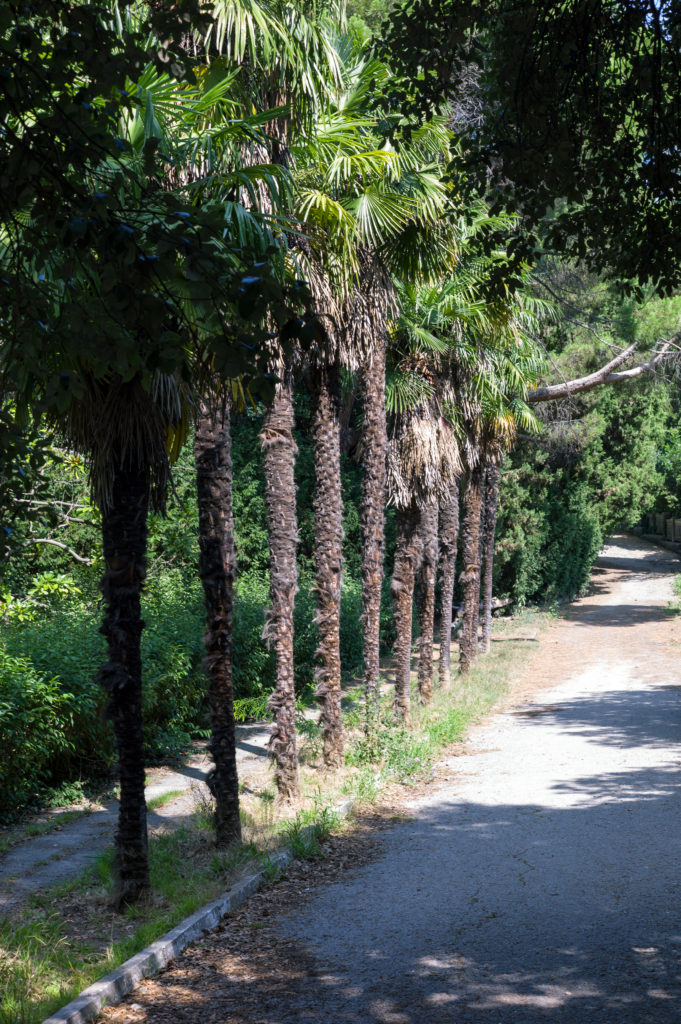
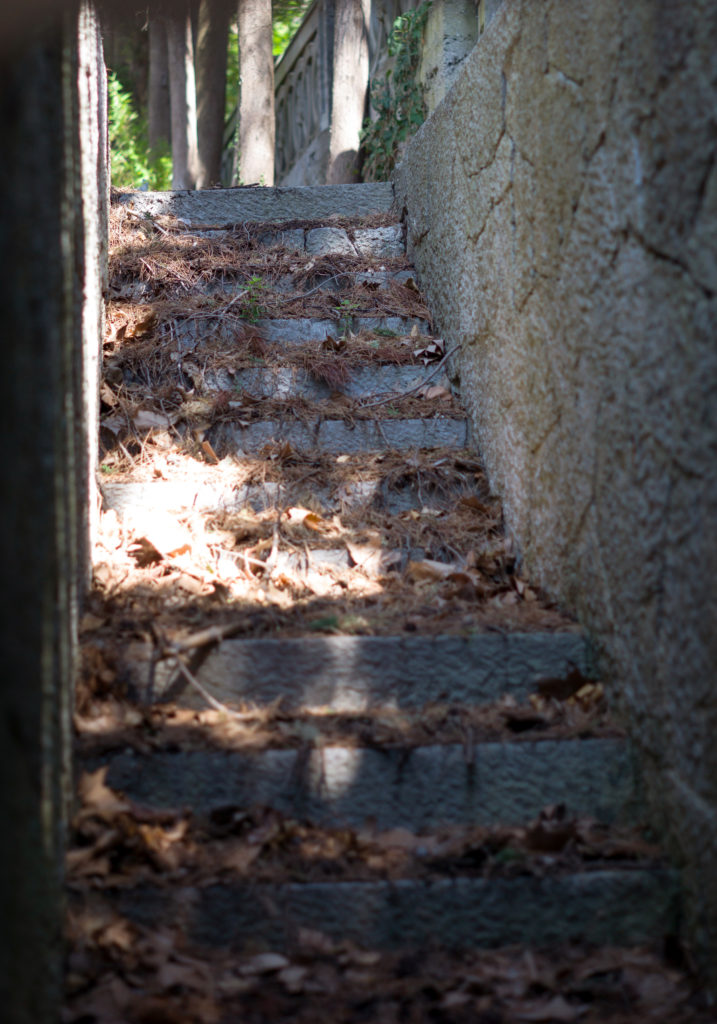
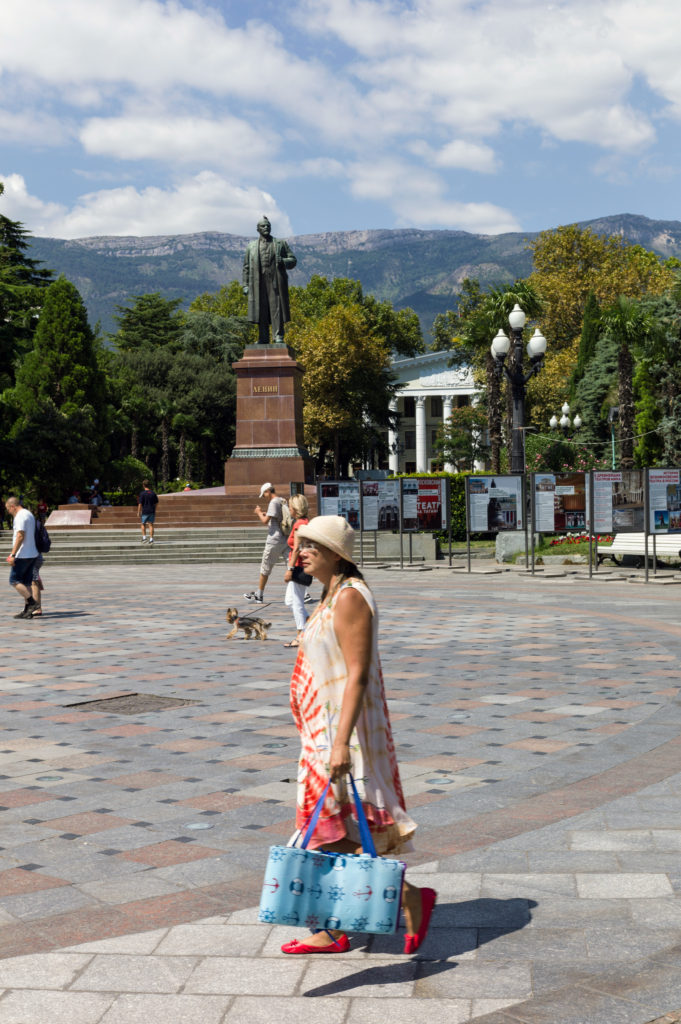
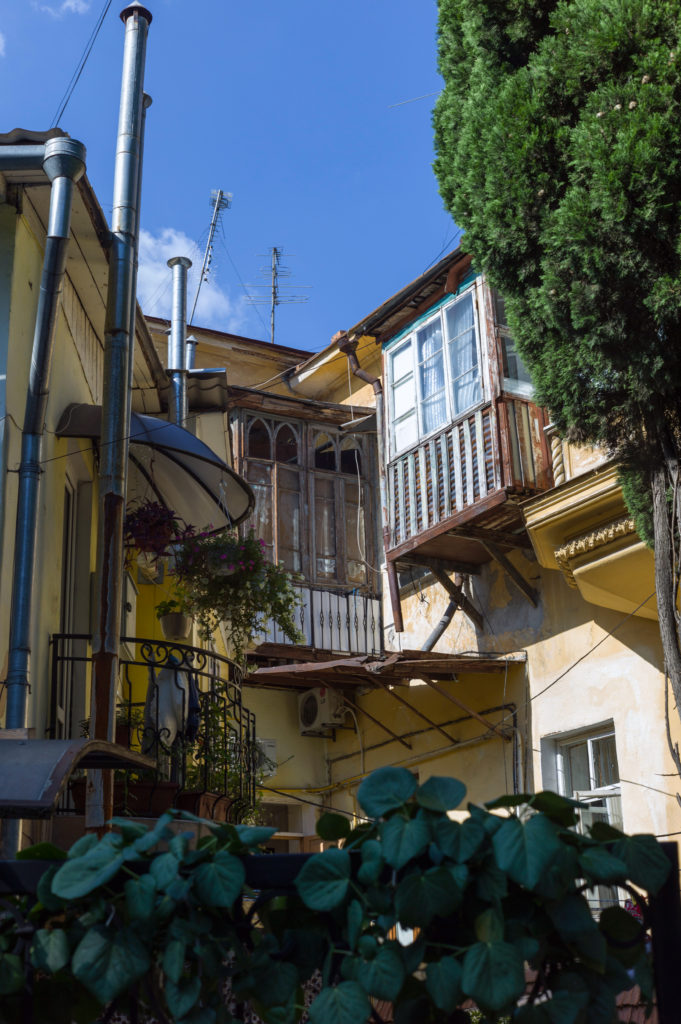
I managed to the cable car, which rises to one of the city hills. On the hill is an ugly unfinished building and forgotten monument to the heroes of the wars.
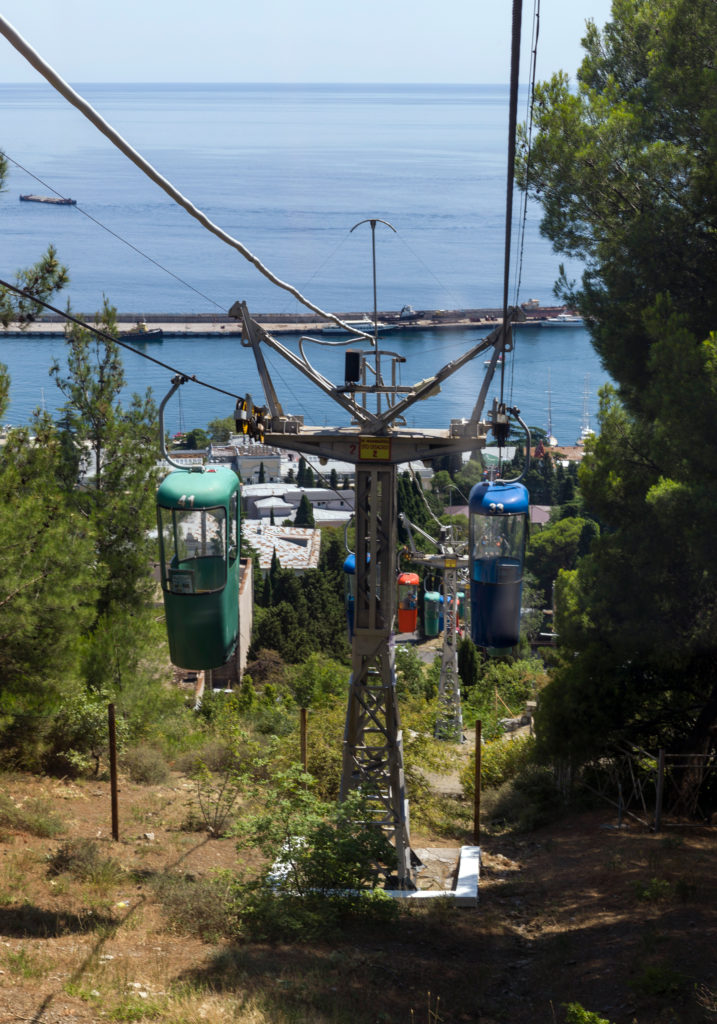
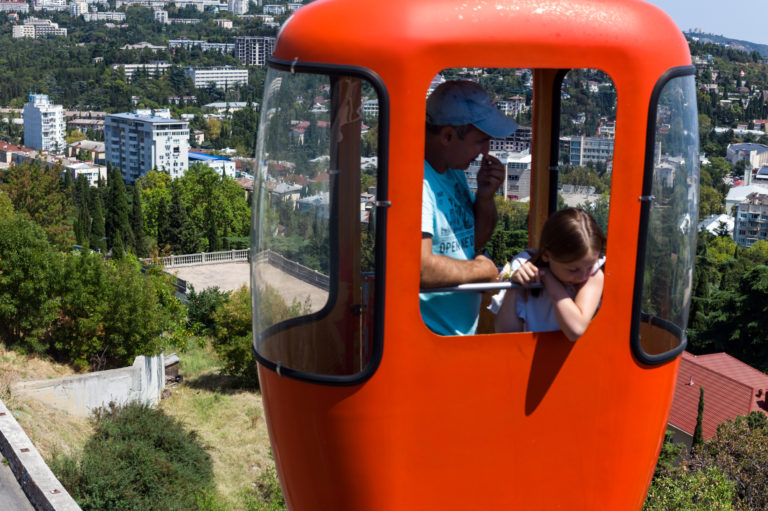
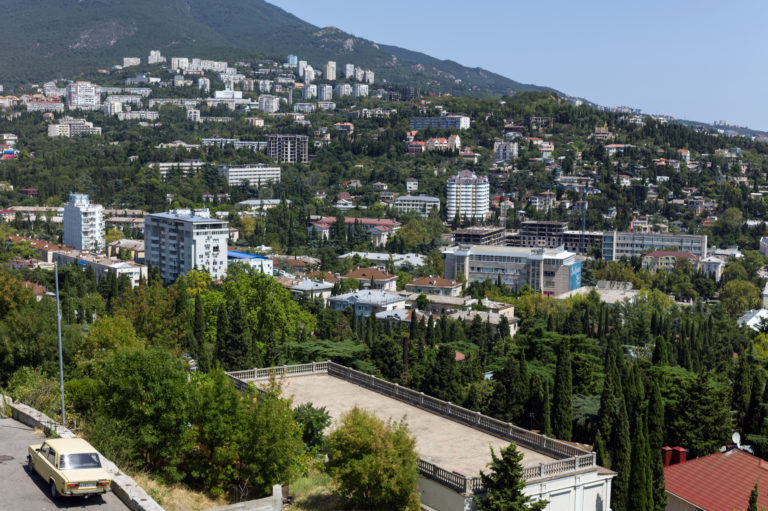
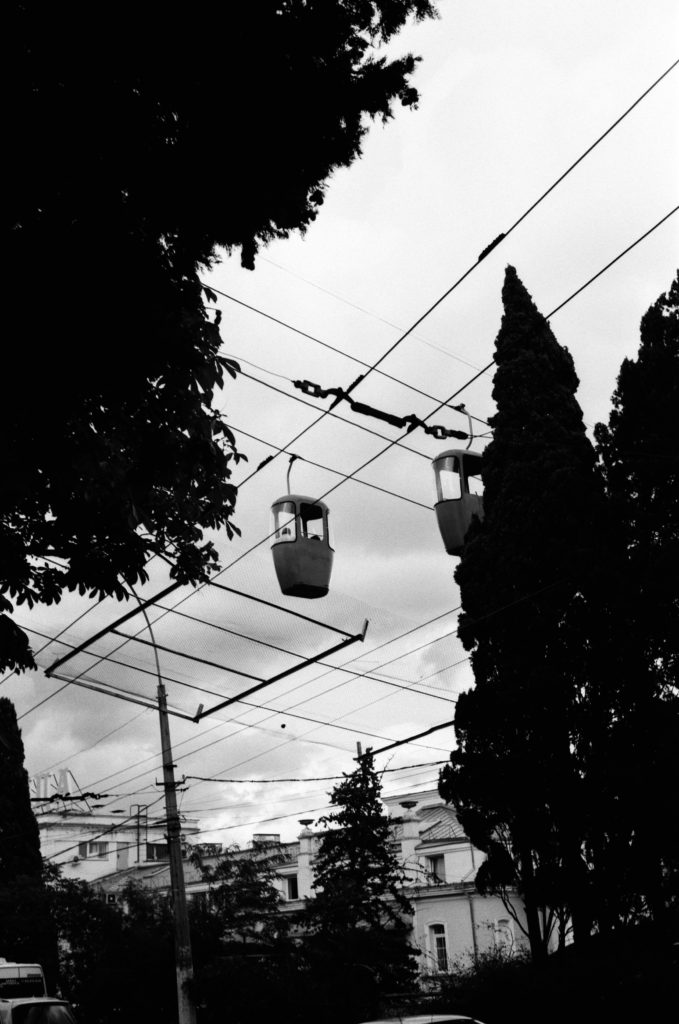
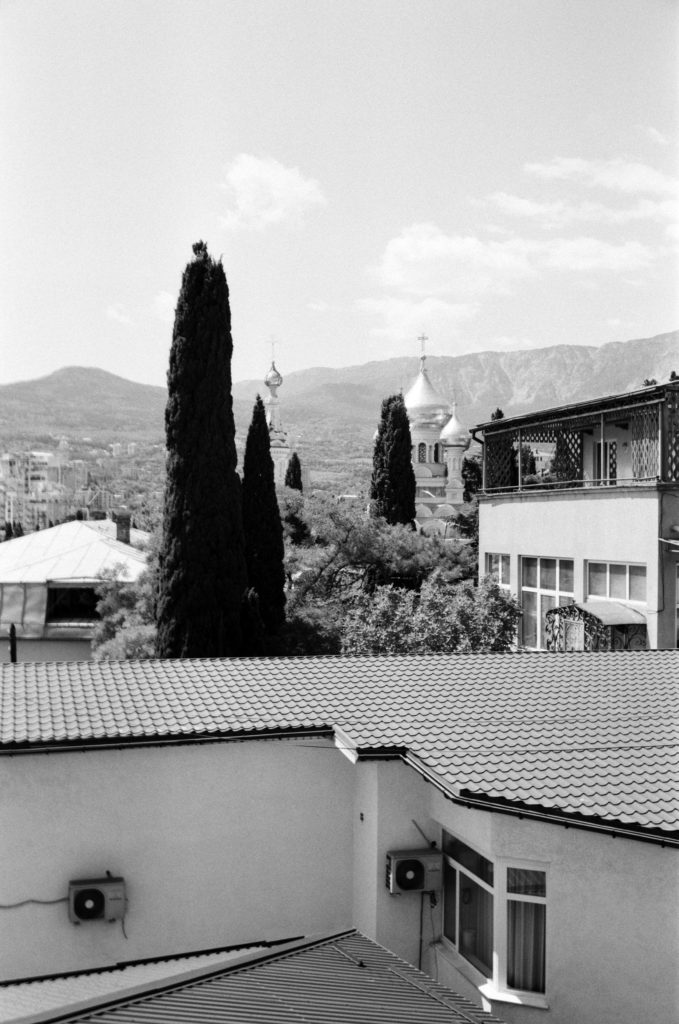
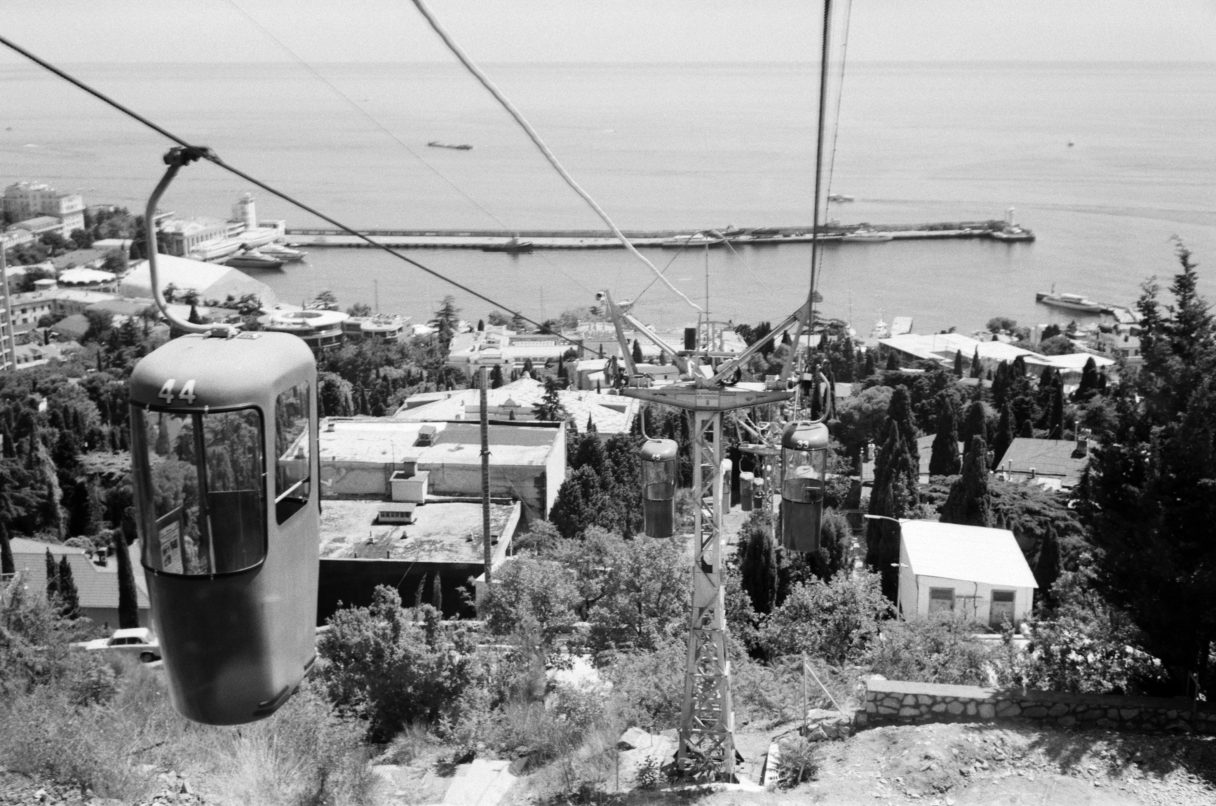
A couple of street views in two colors:
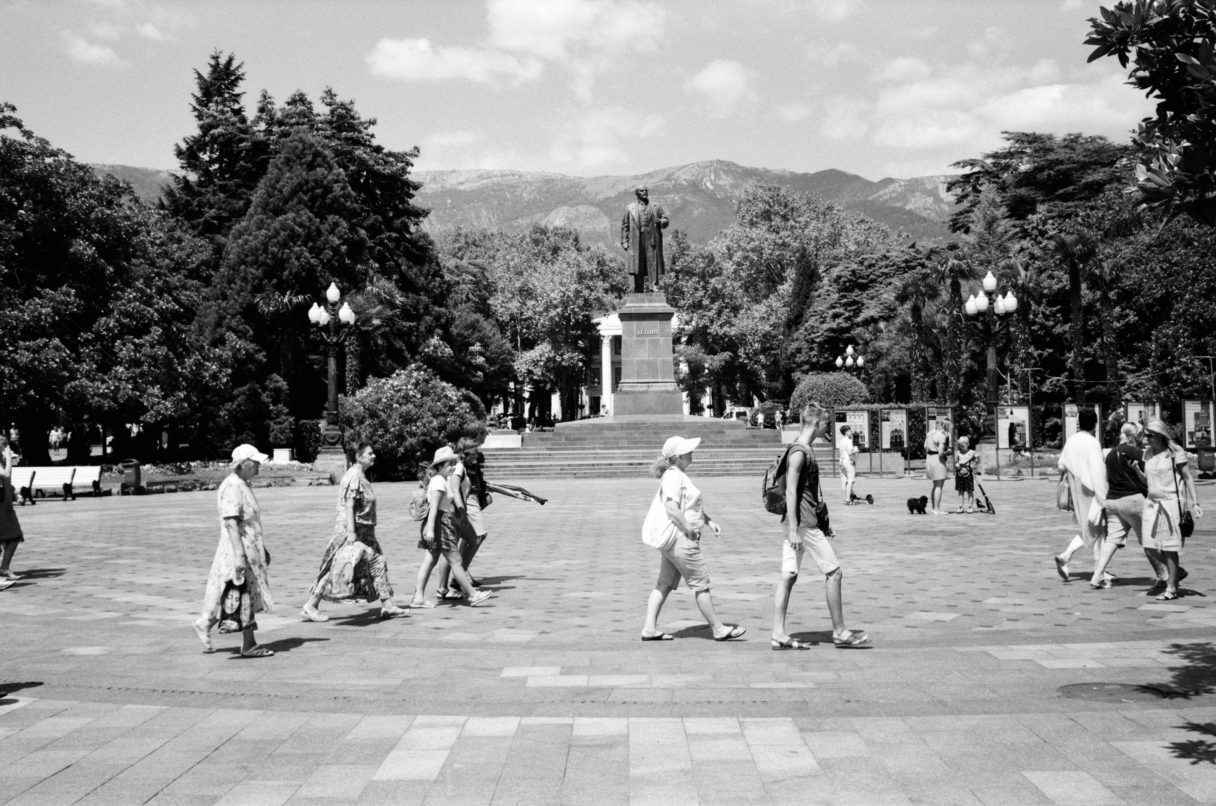
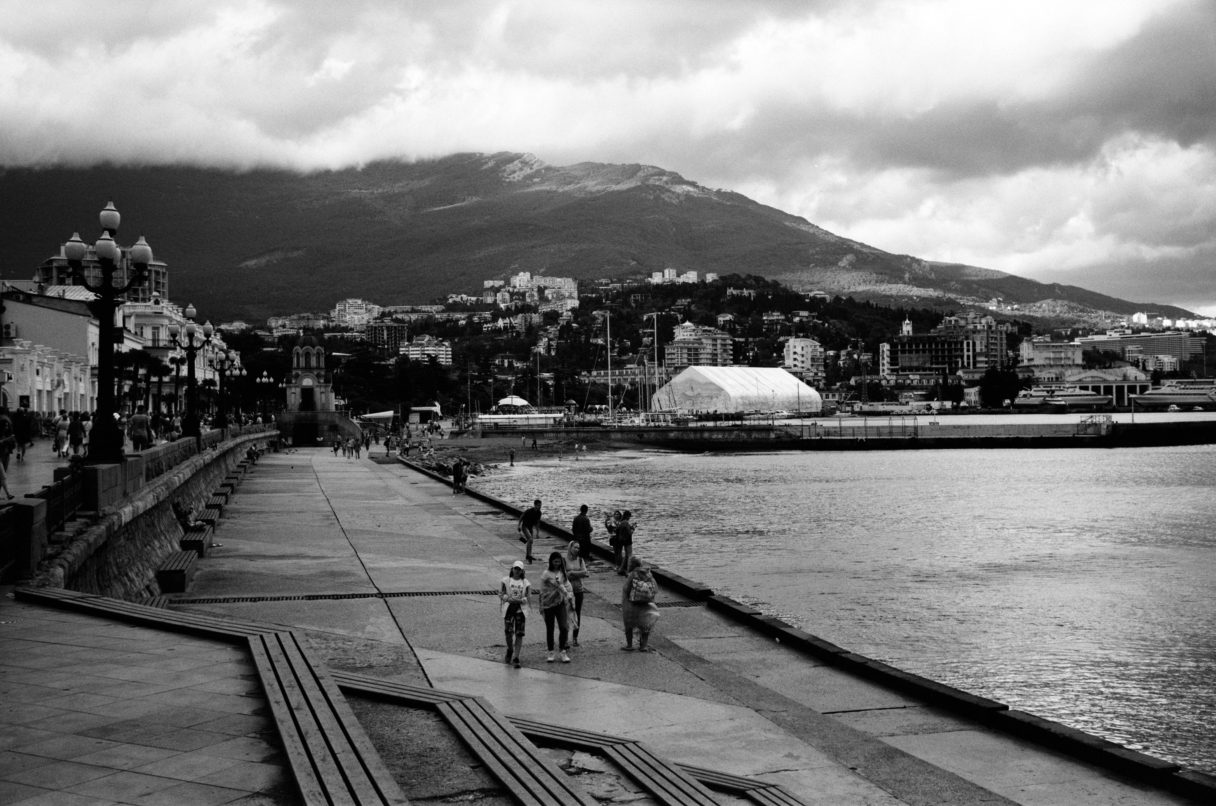
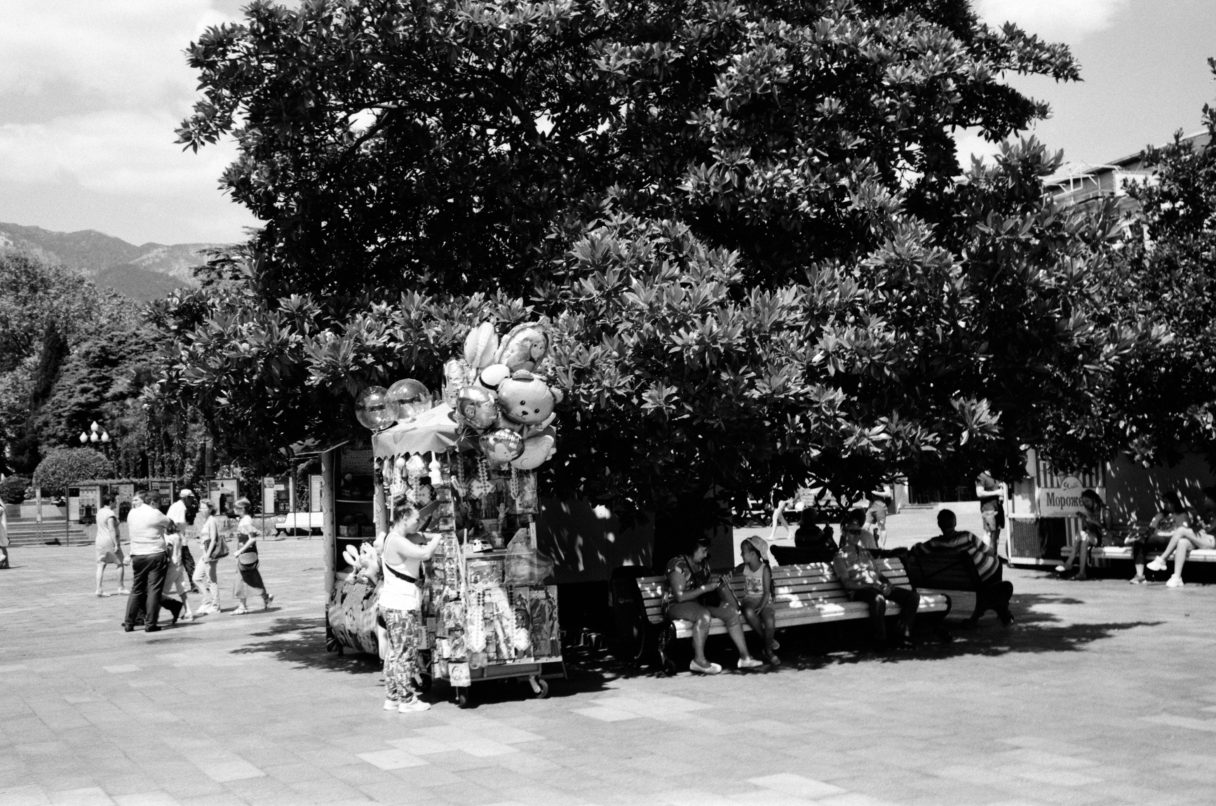
And finally – a color film Fujicolor PRO 400H:
